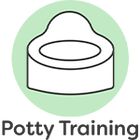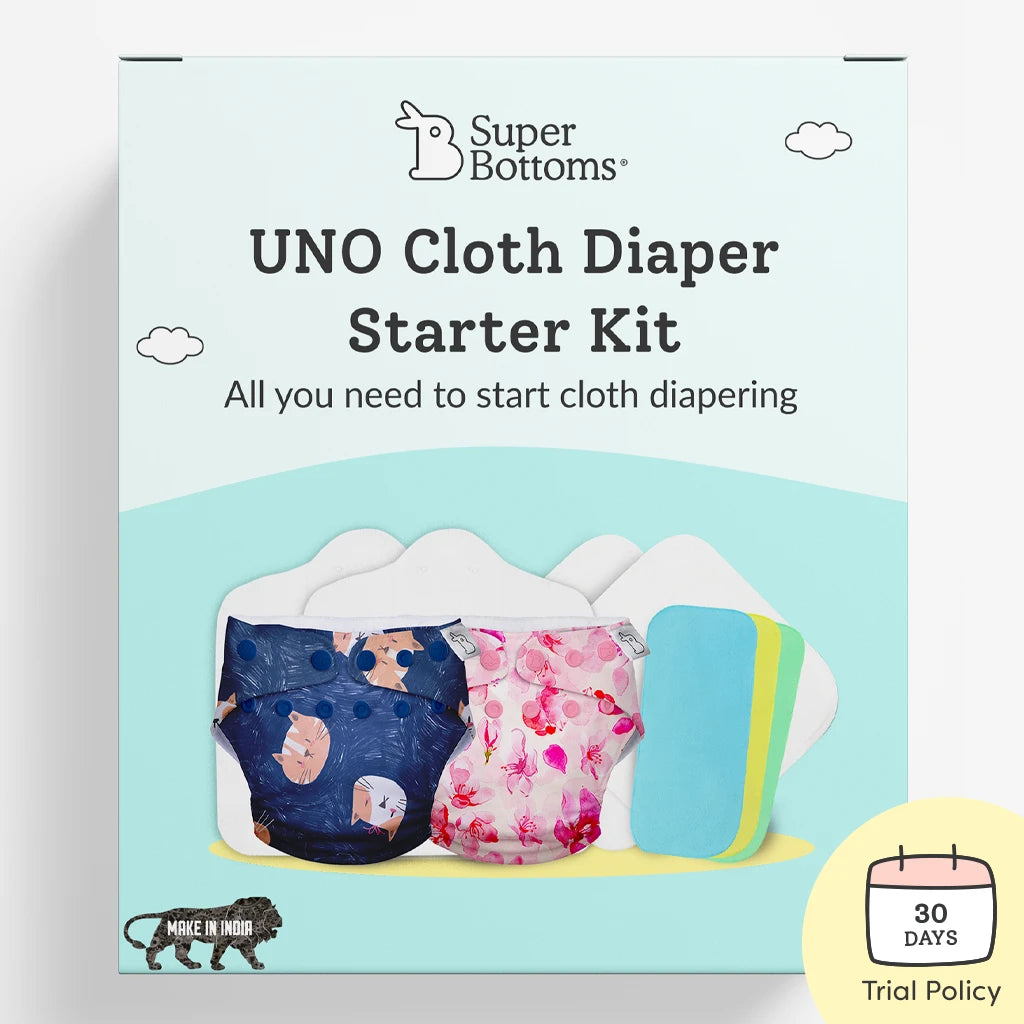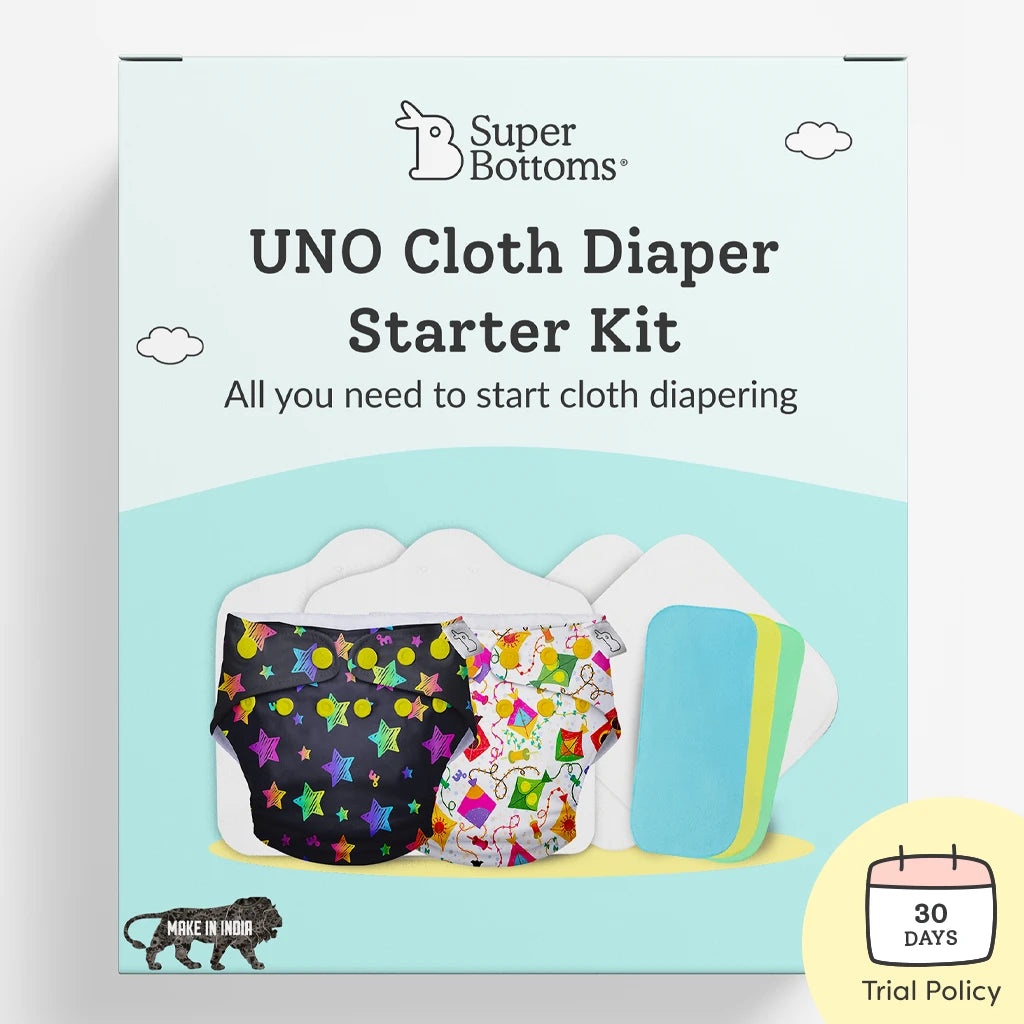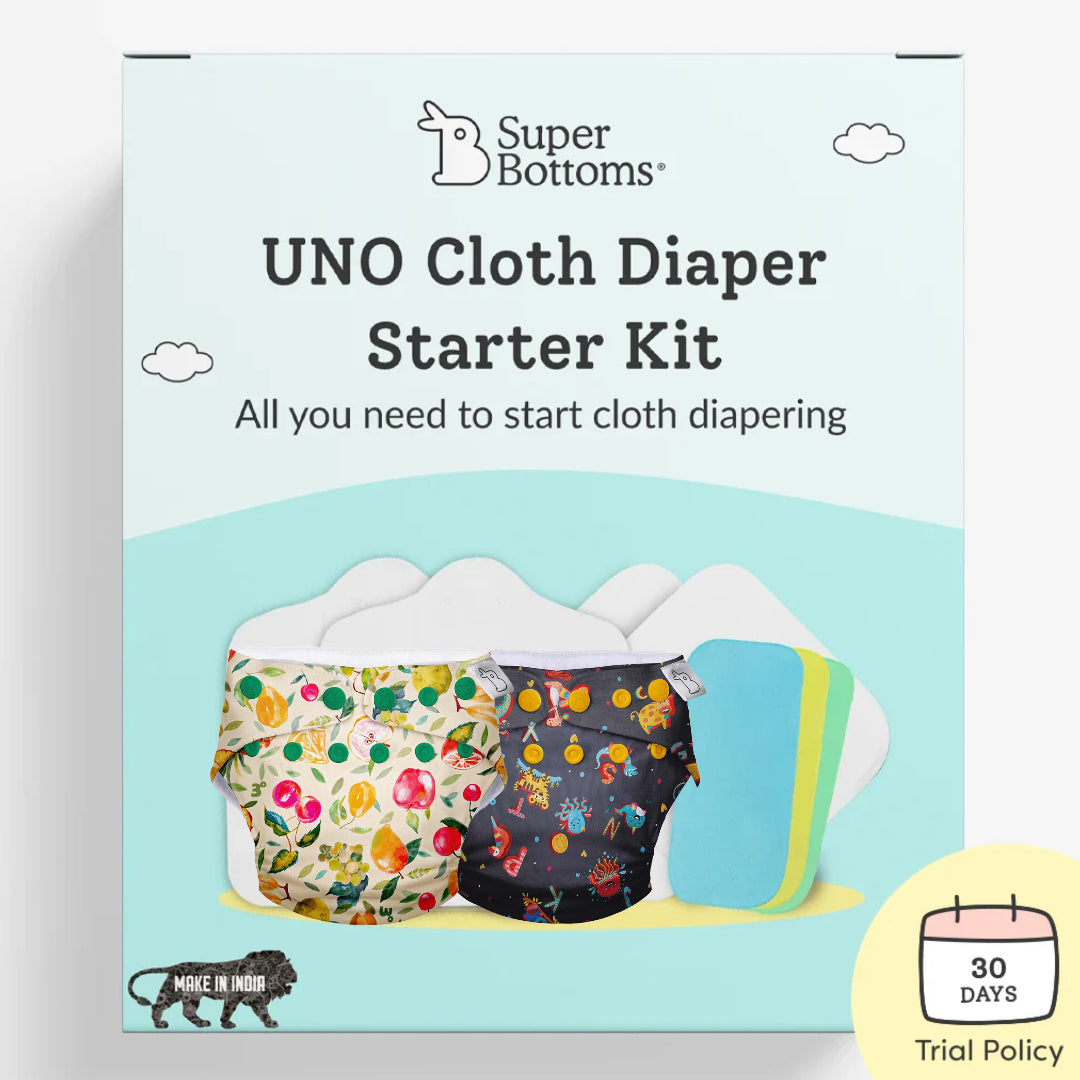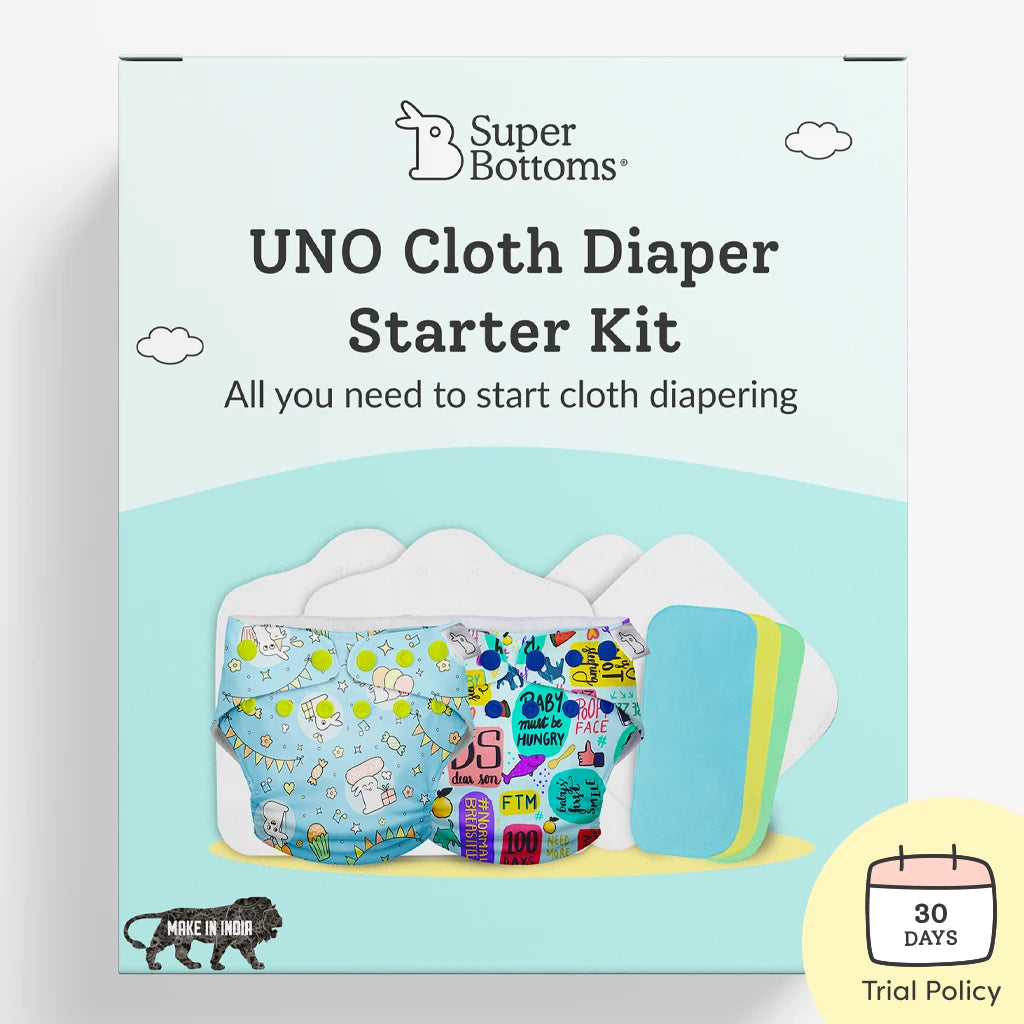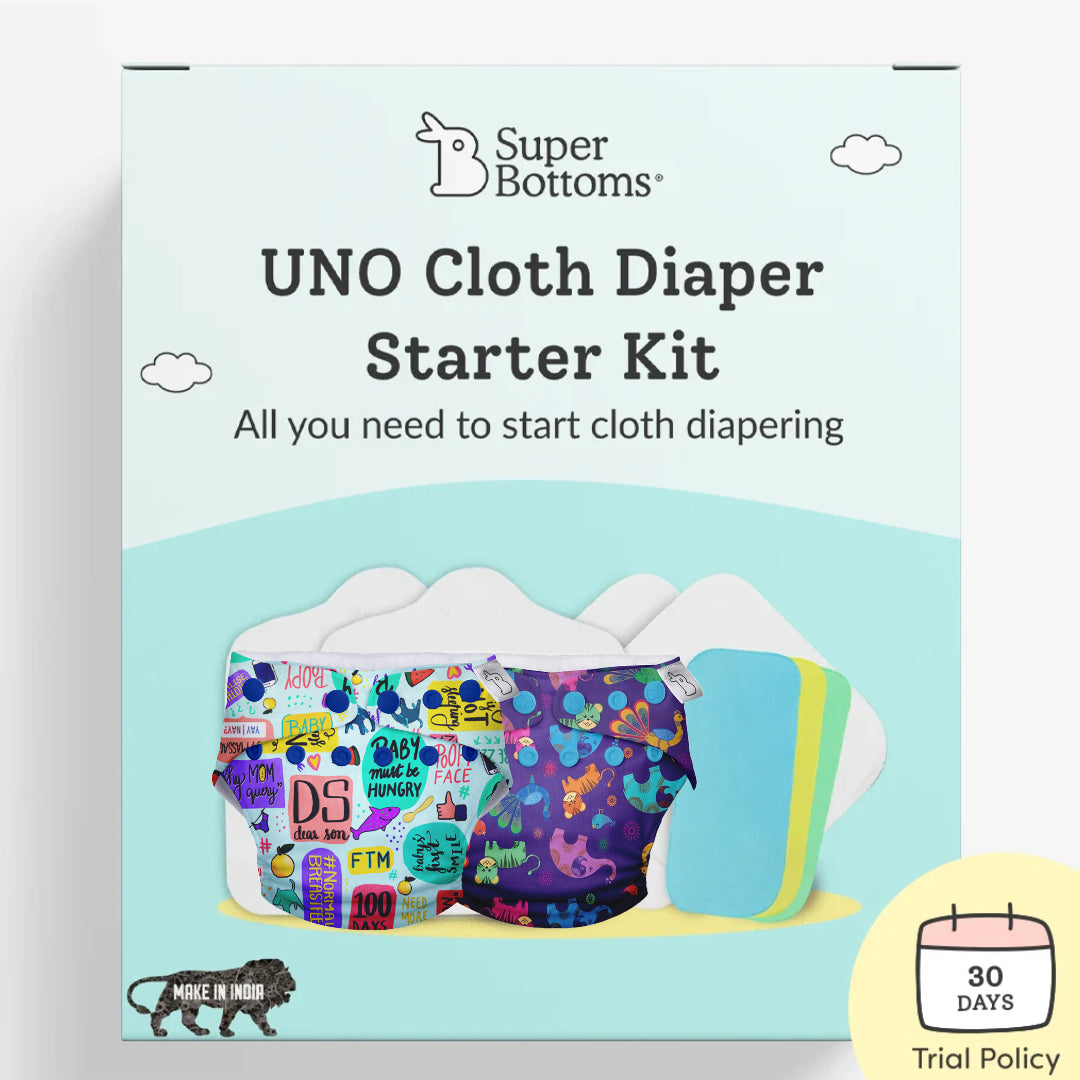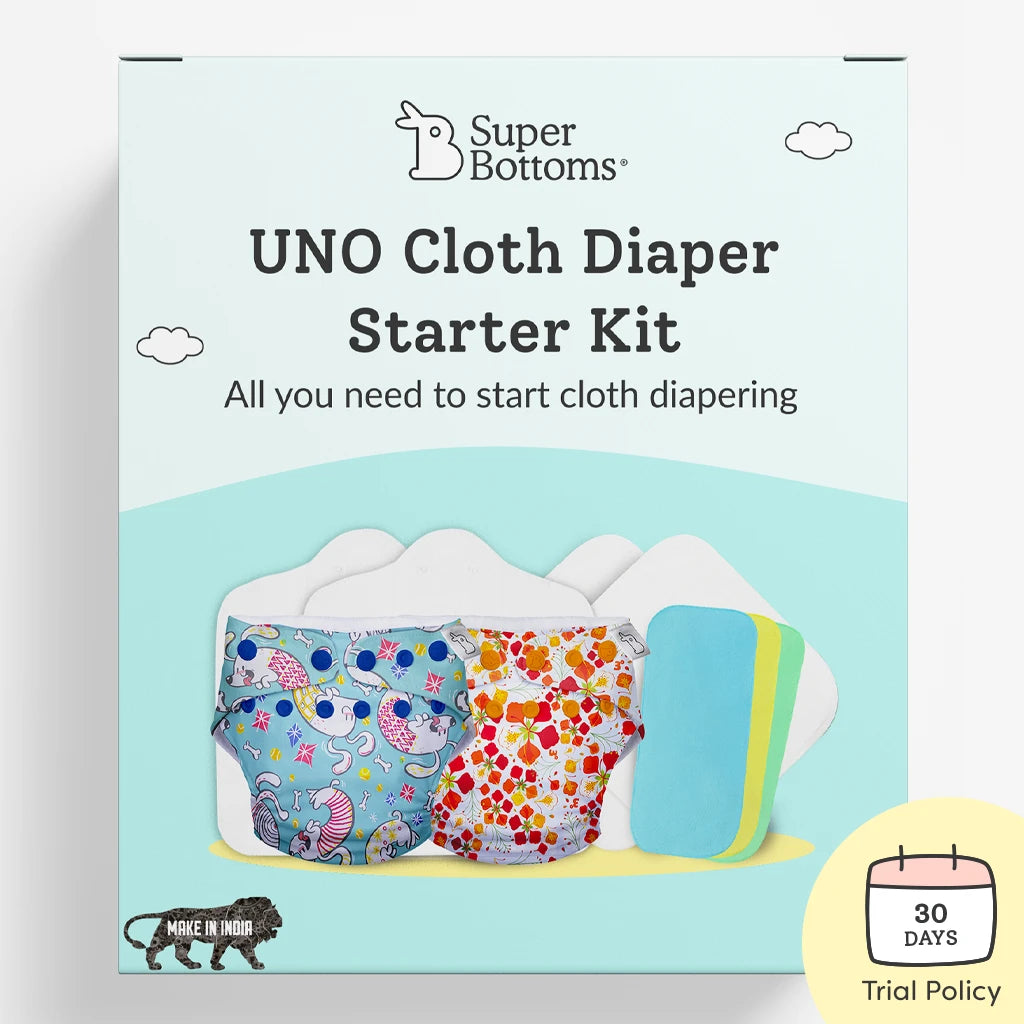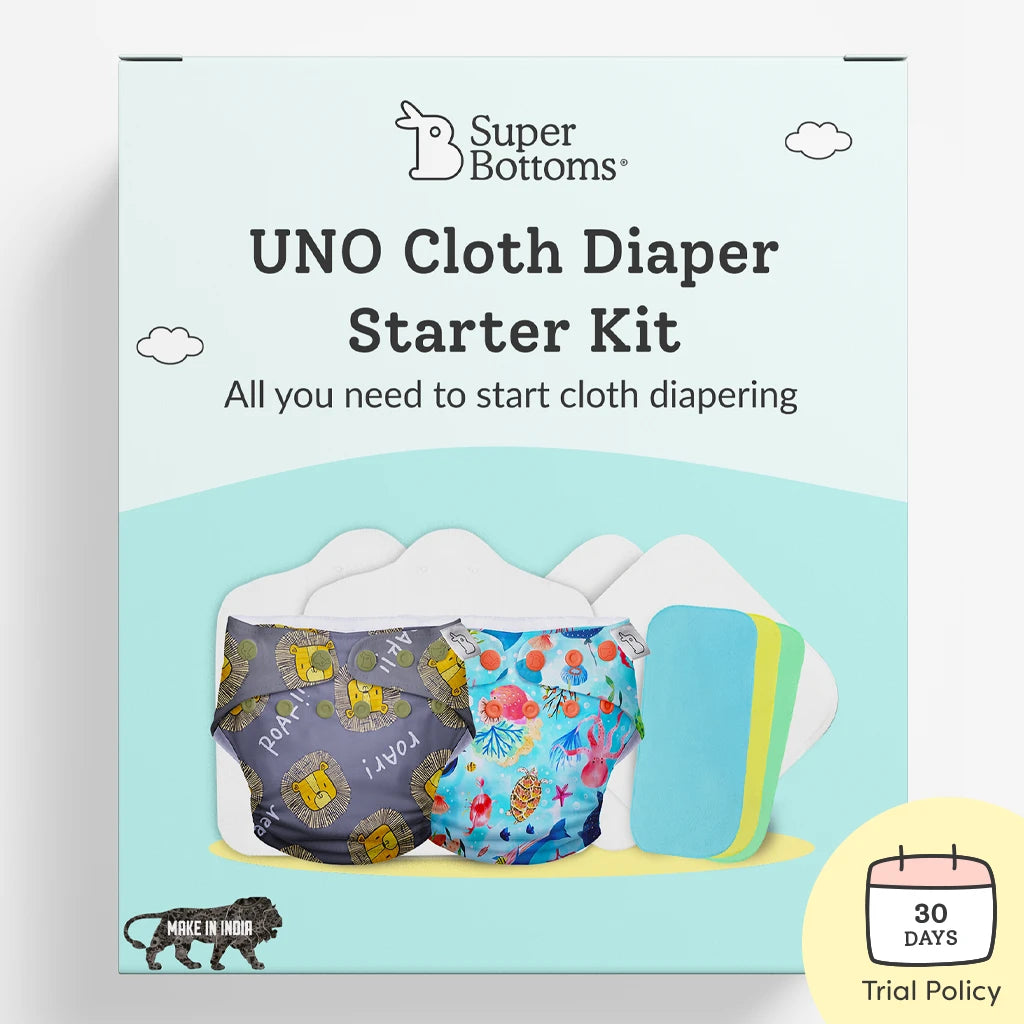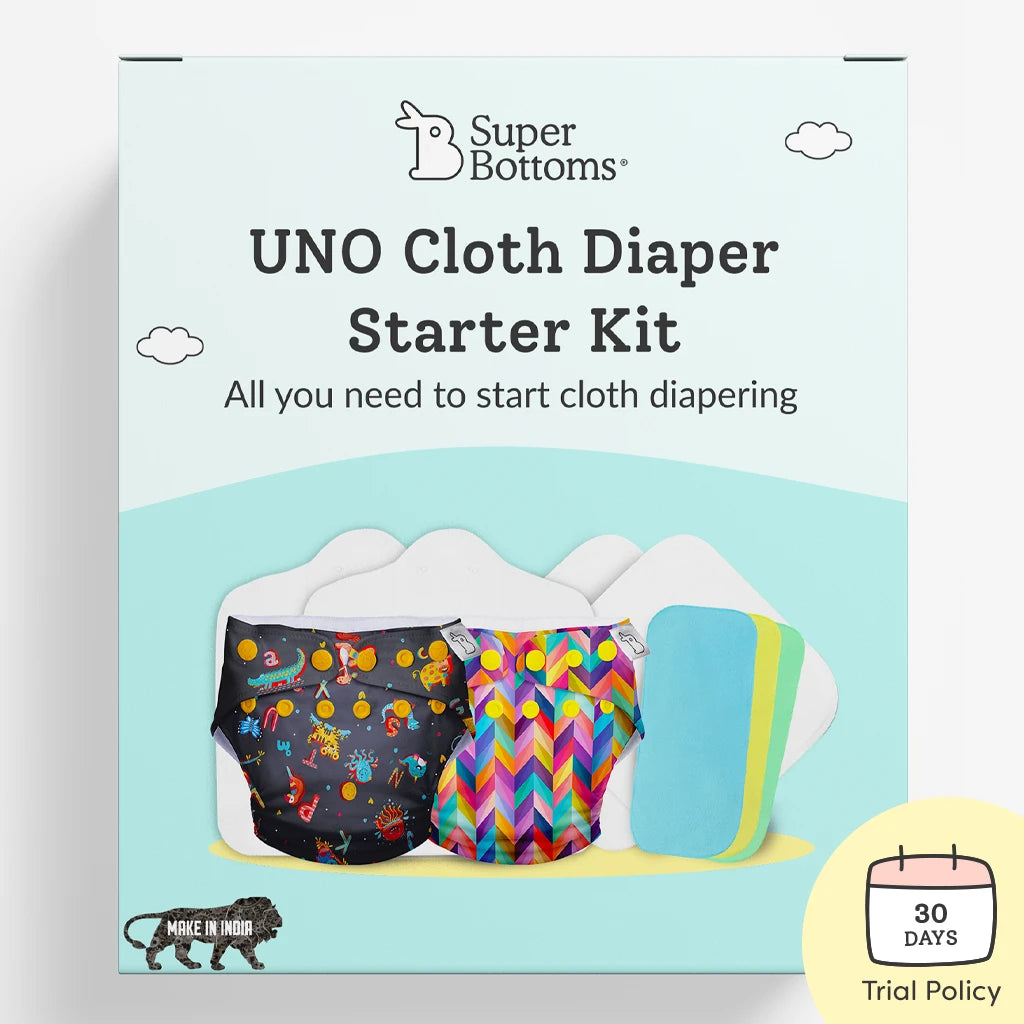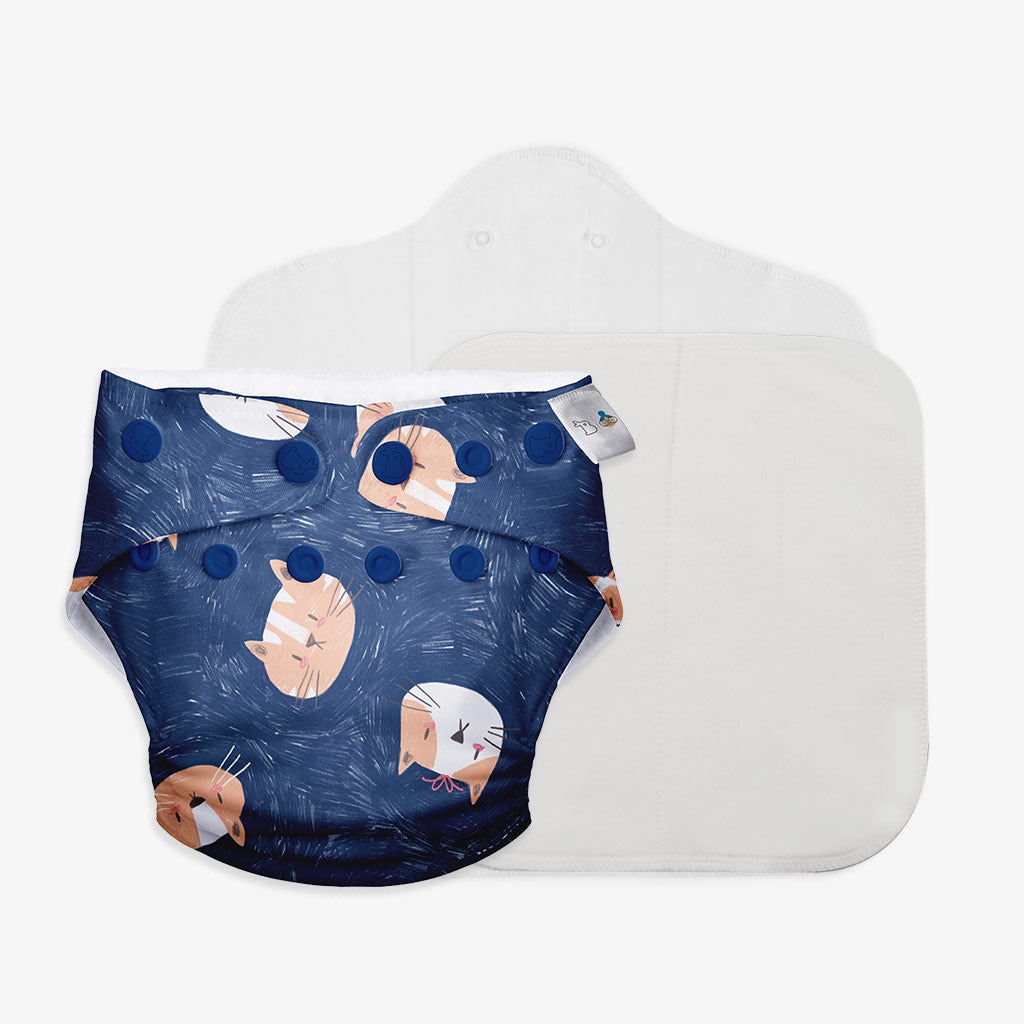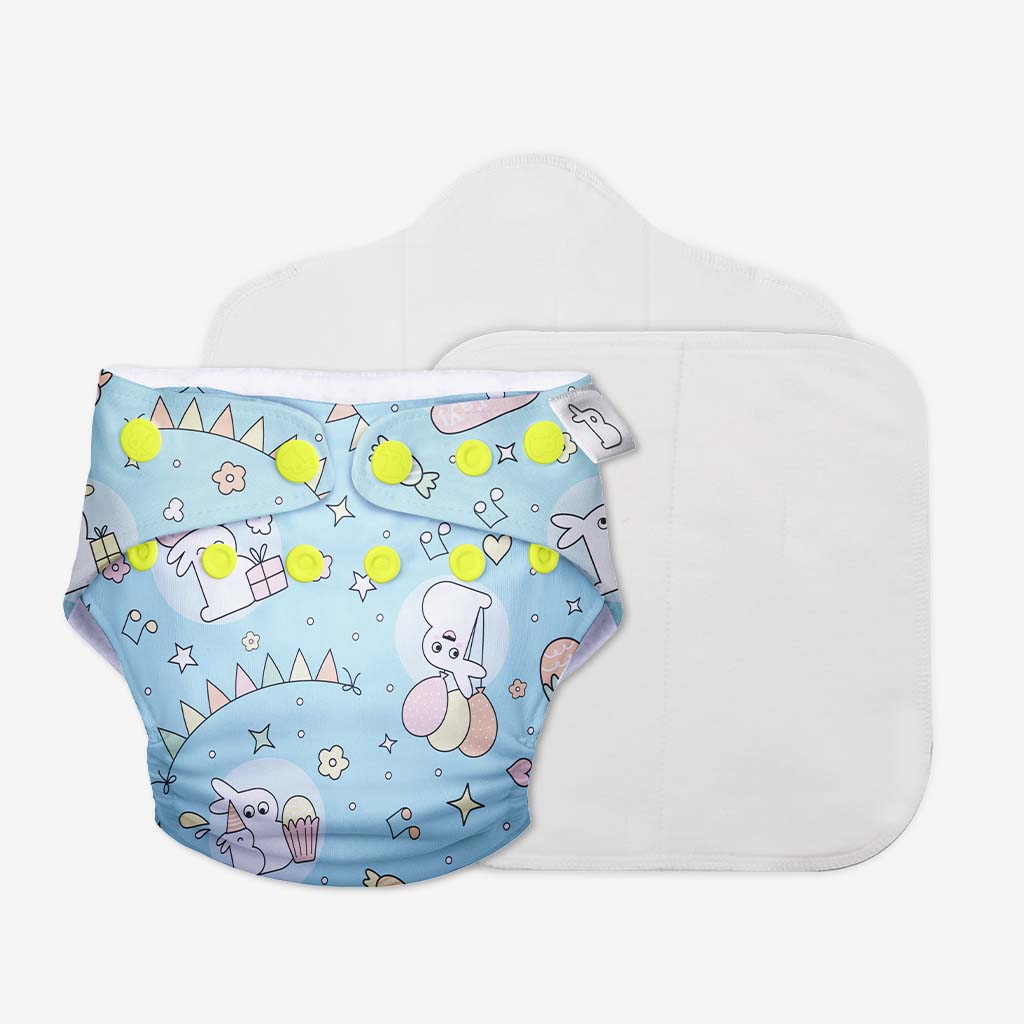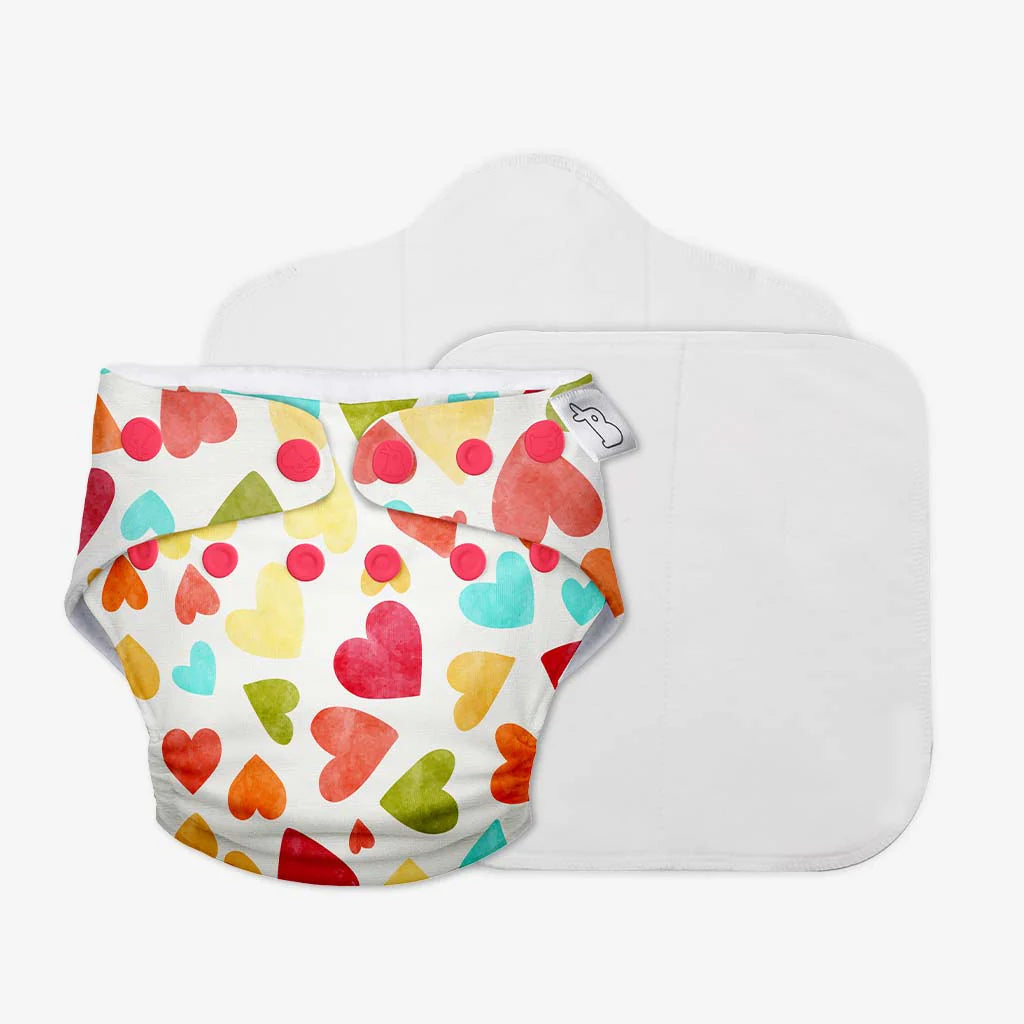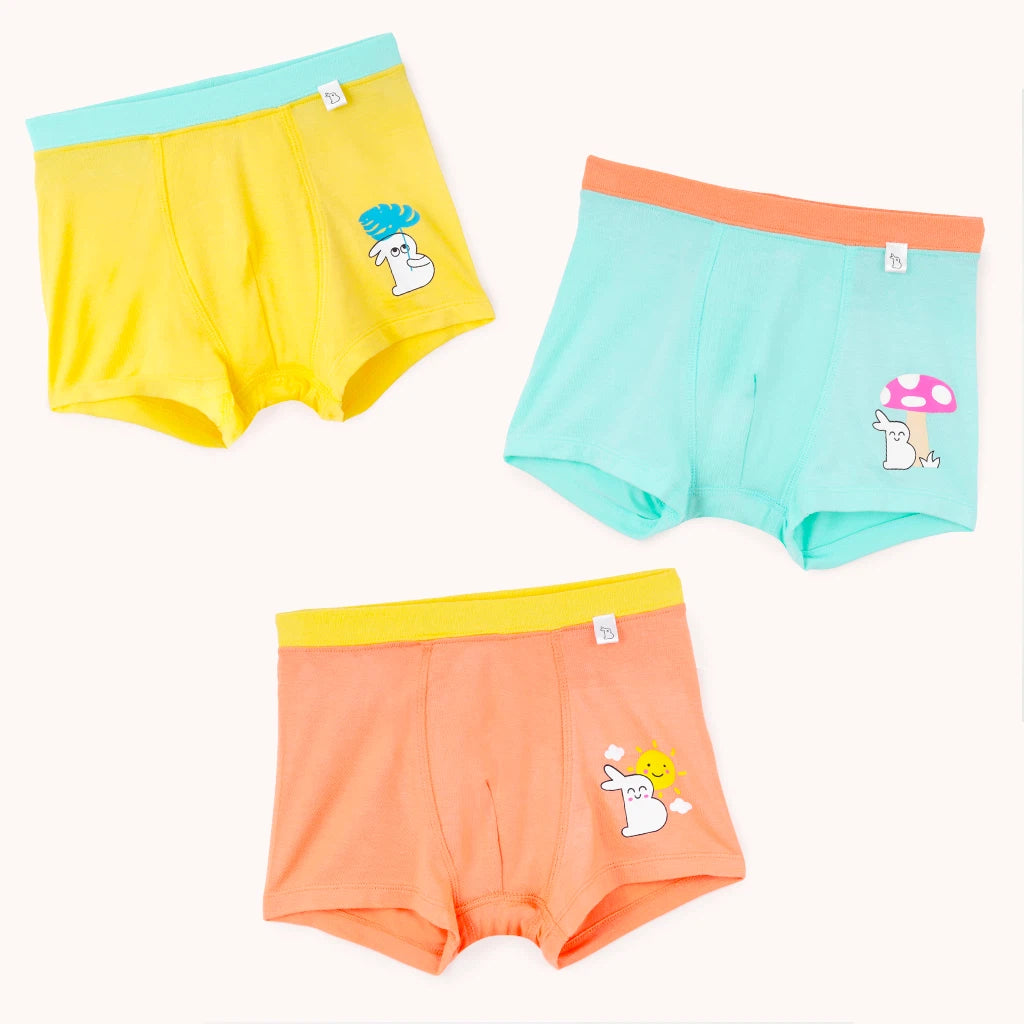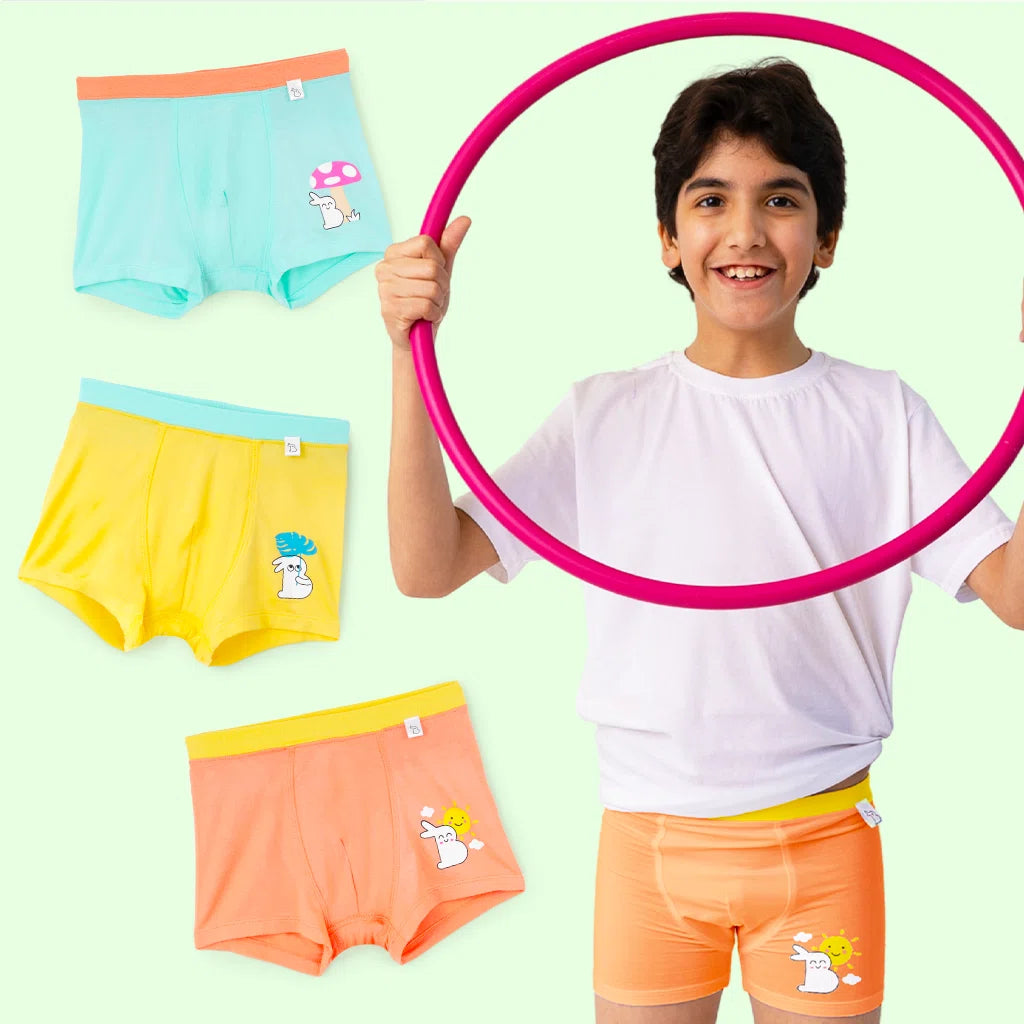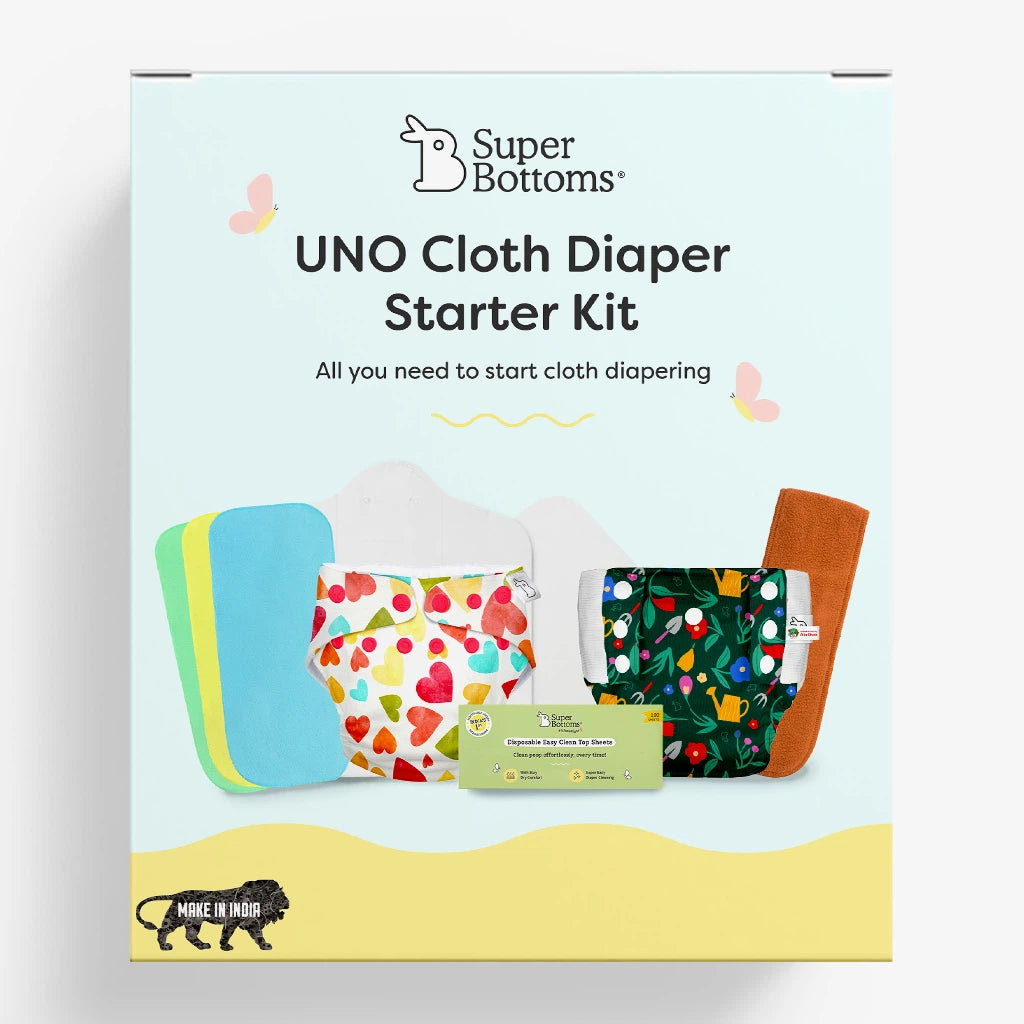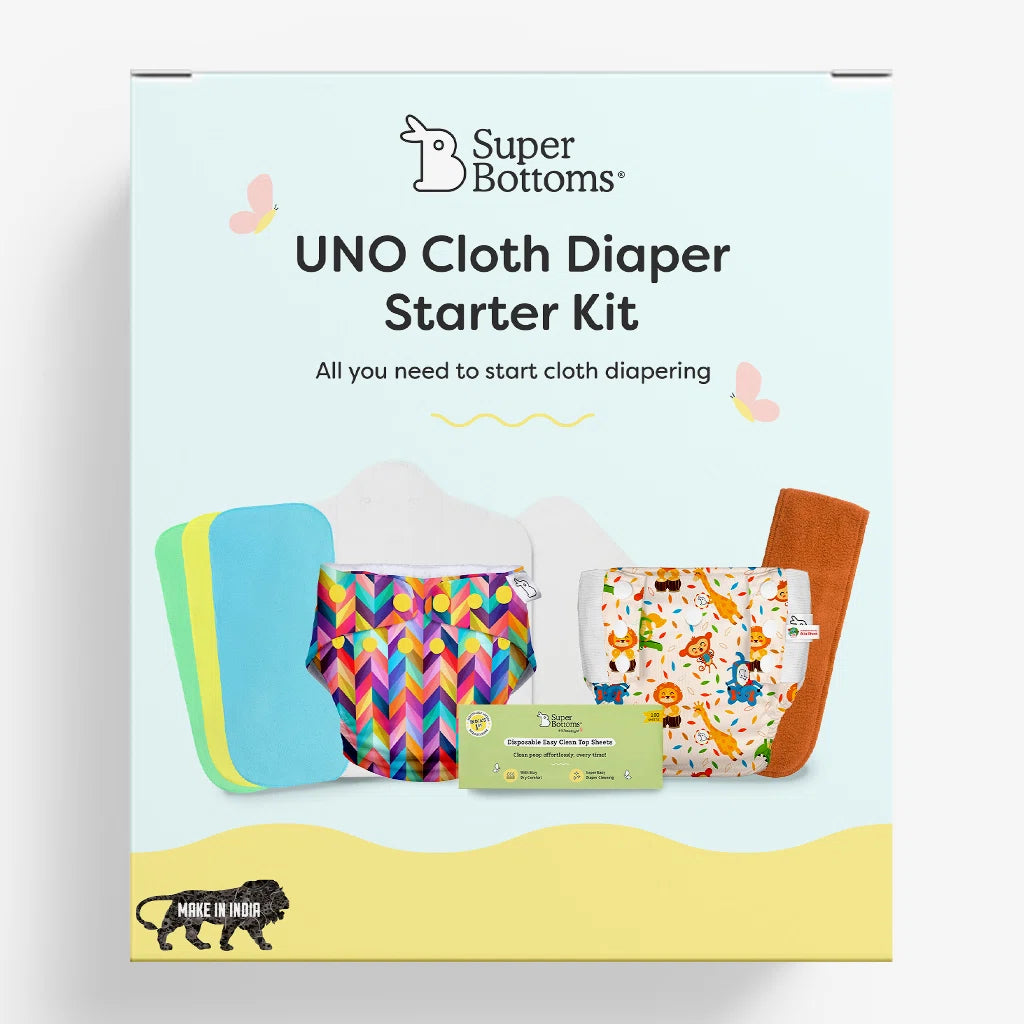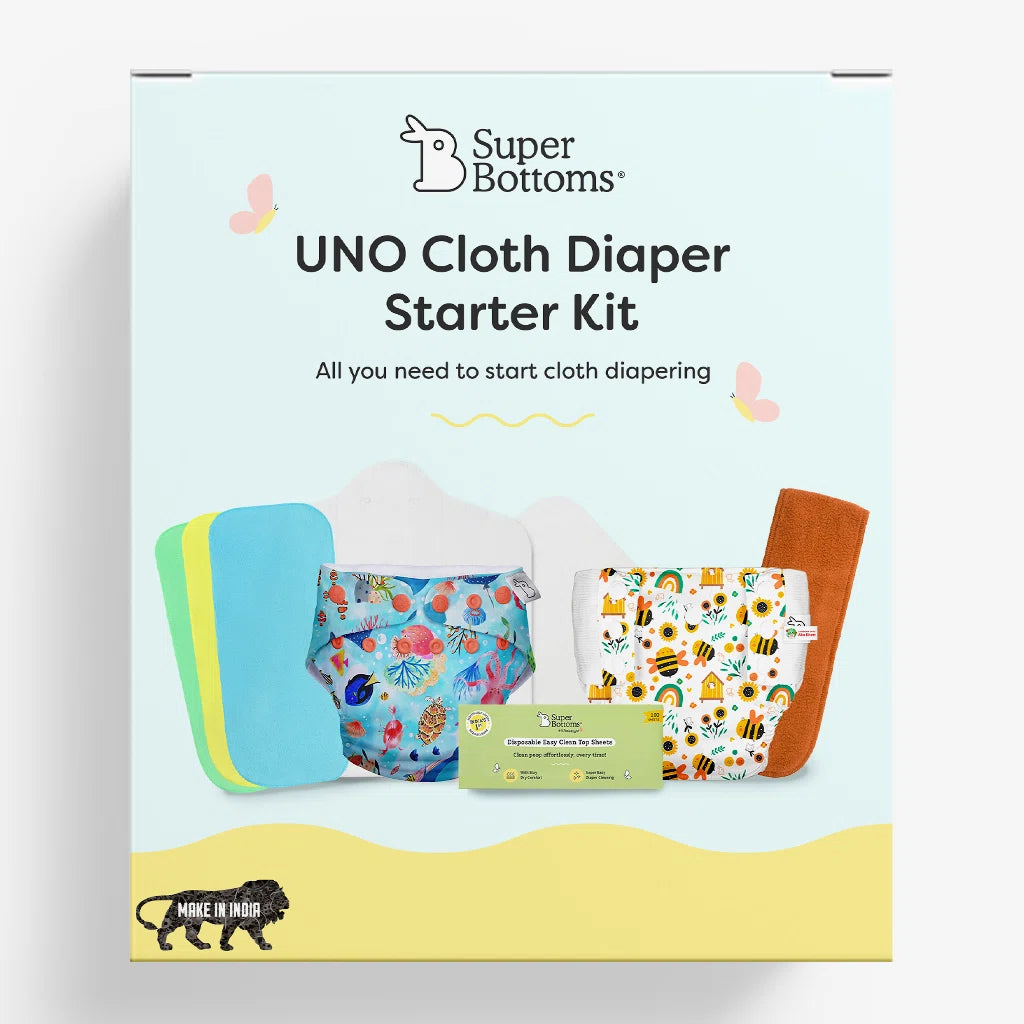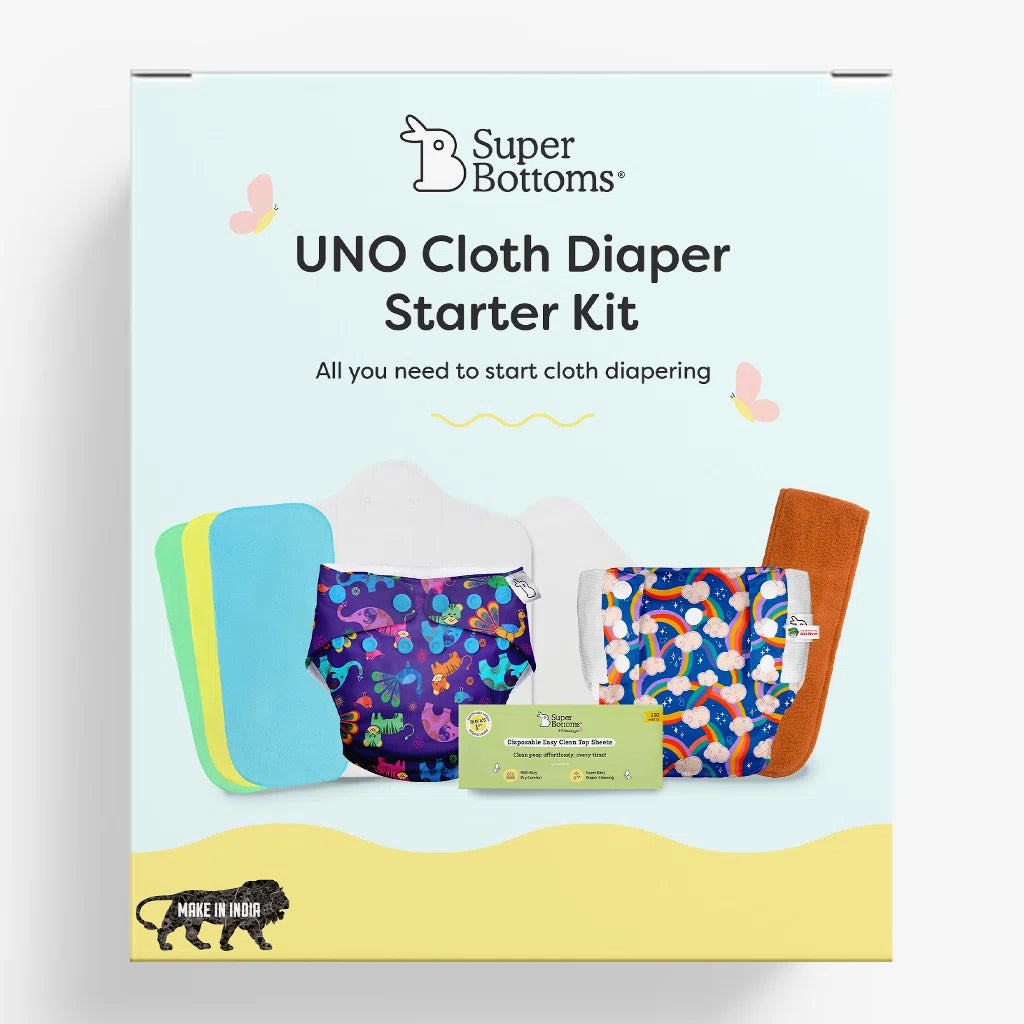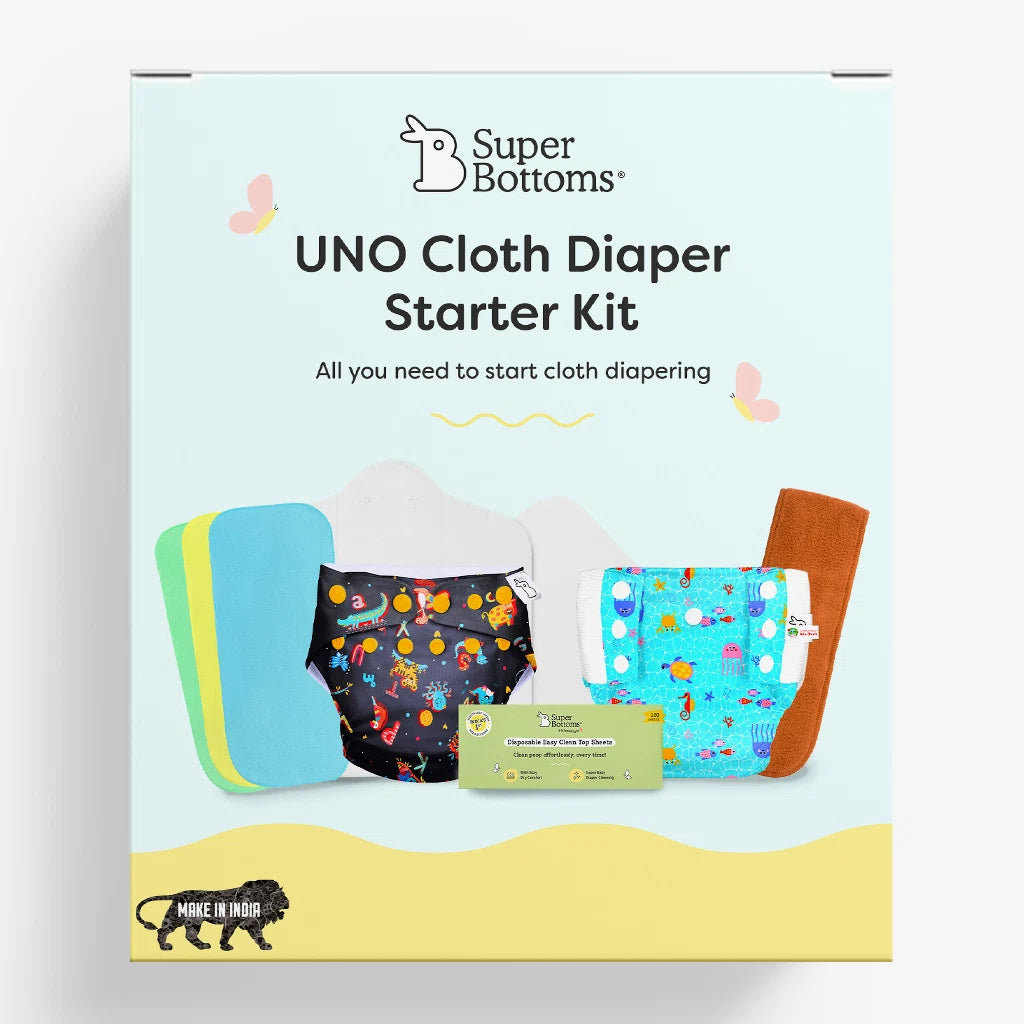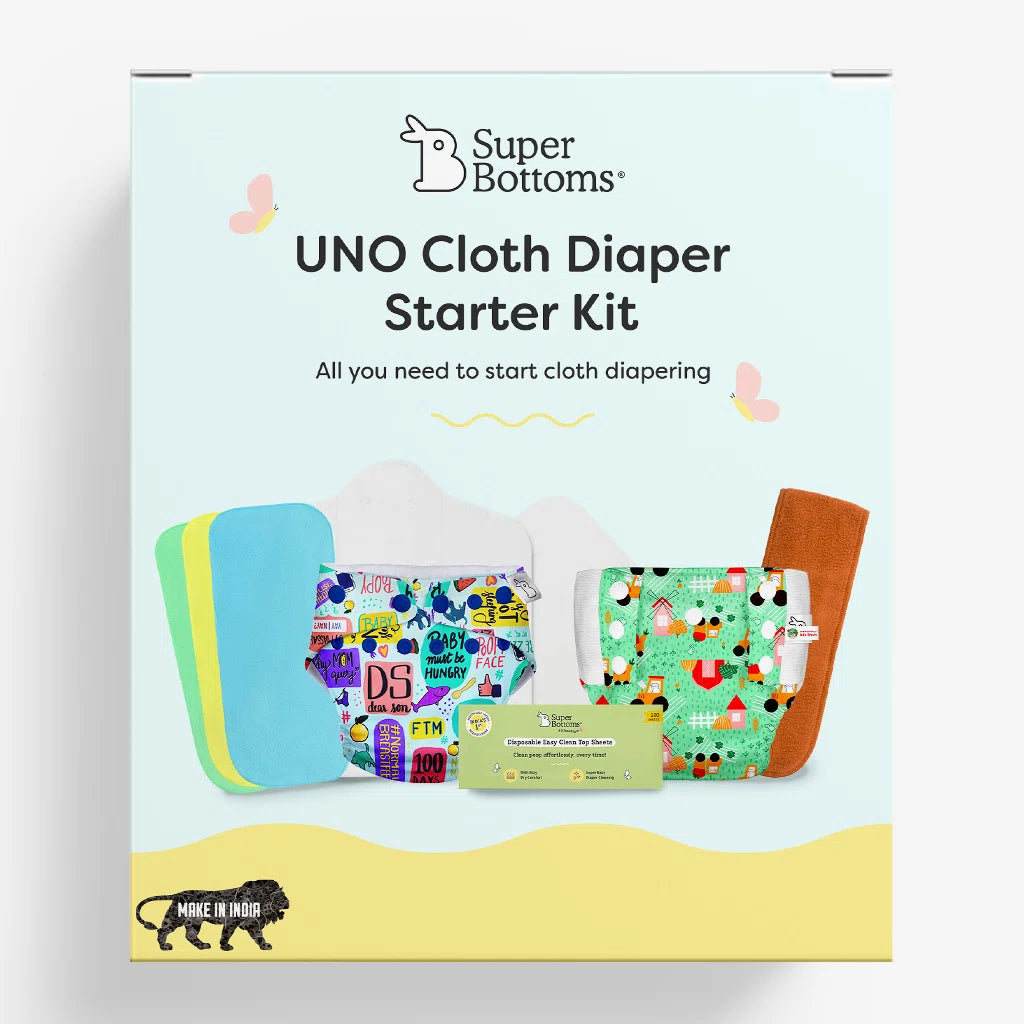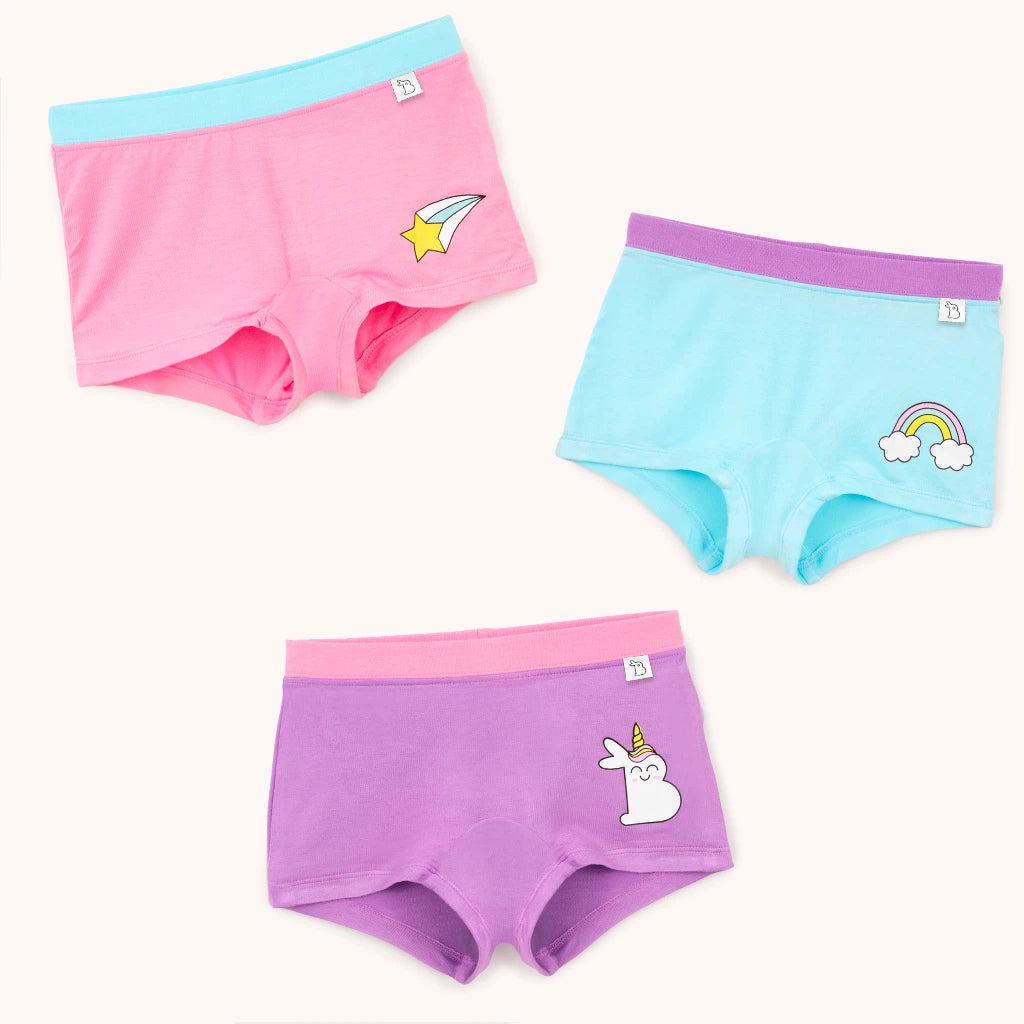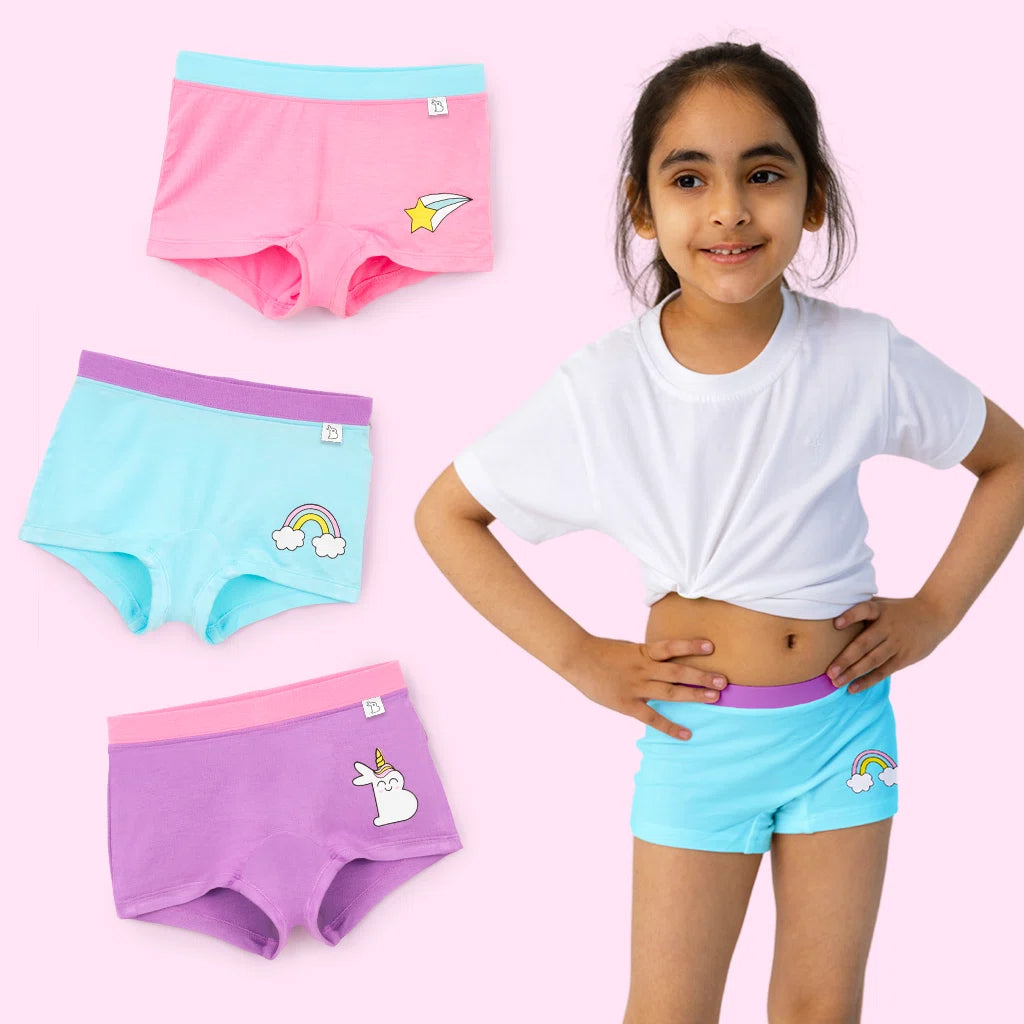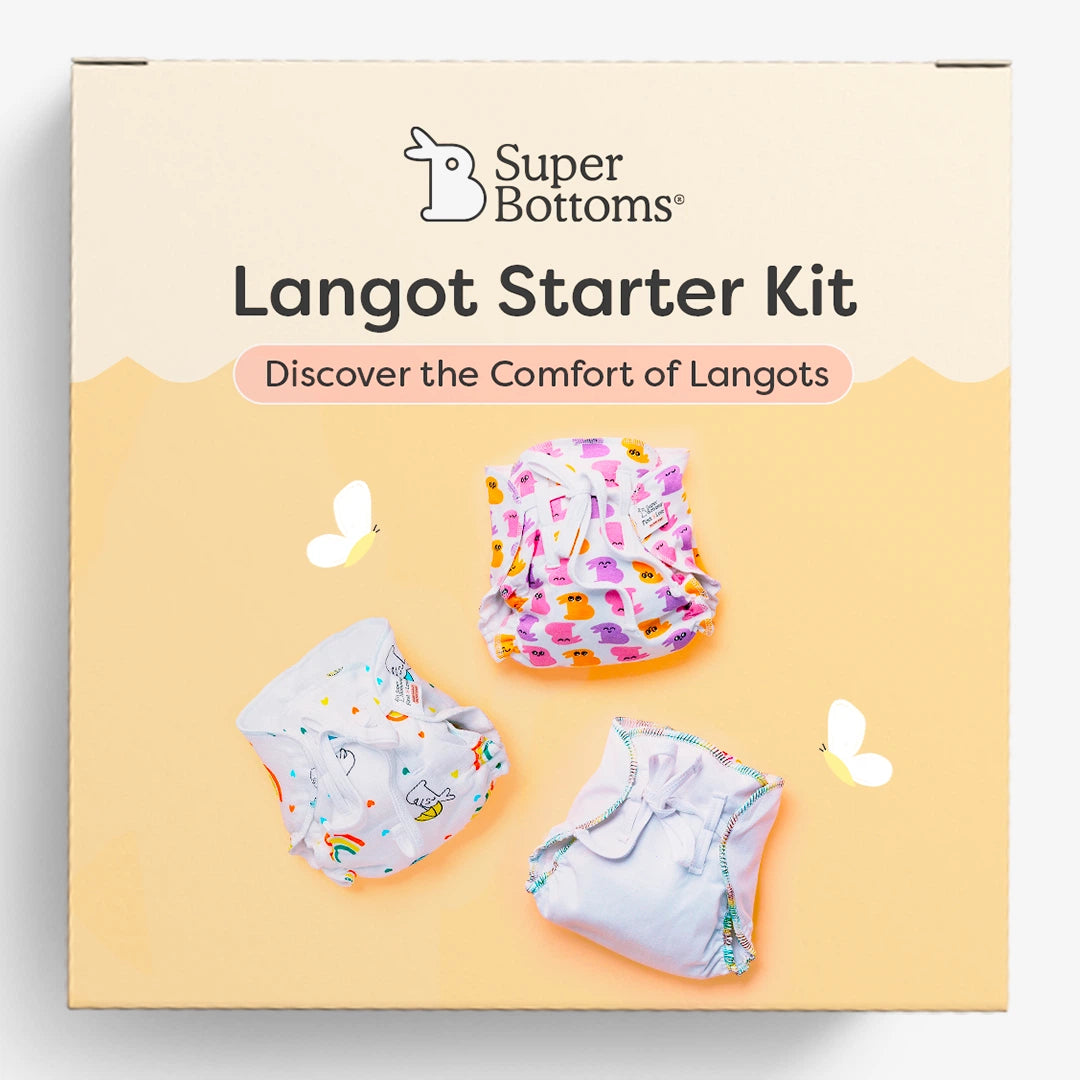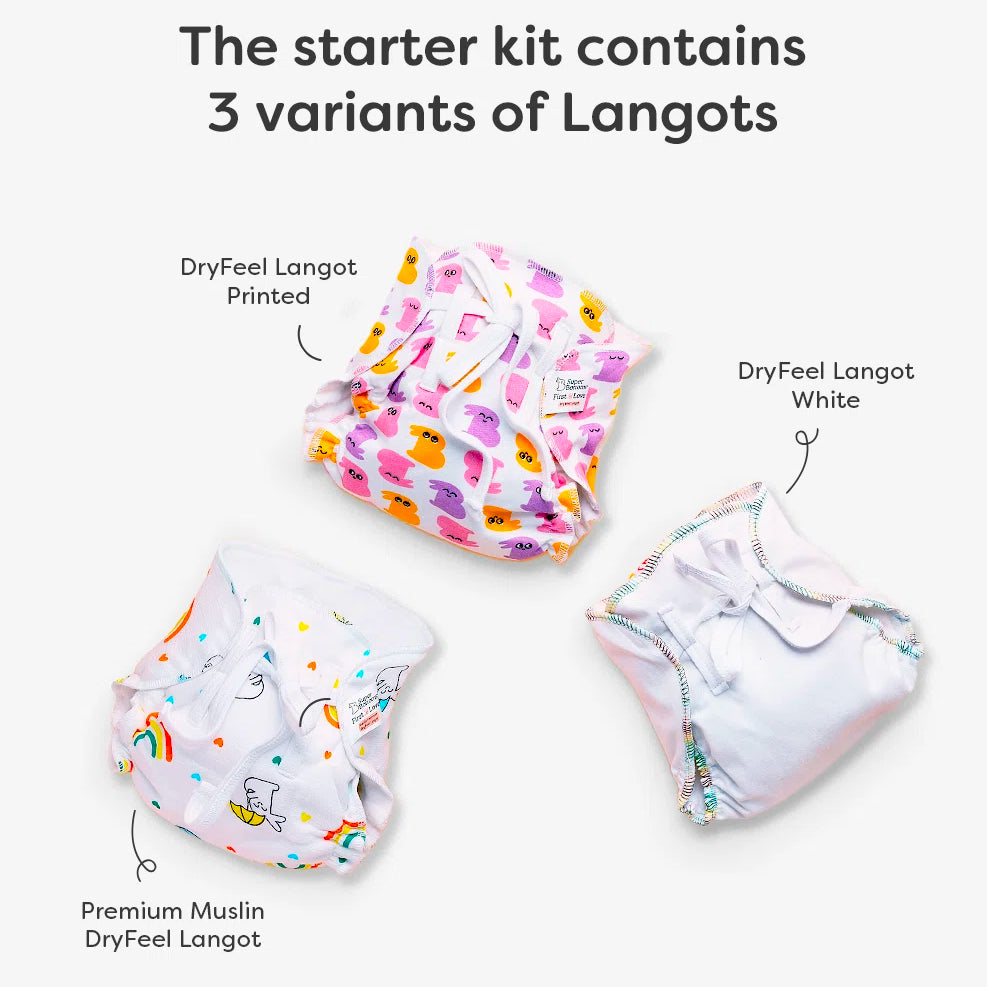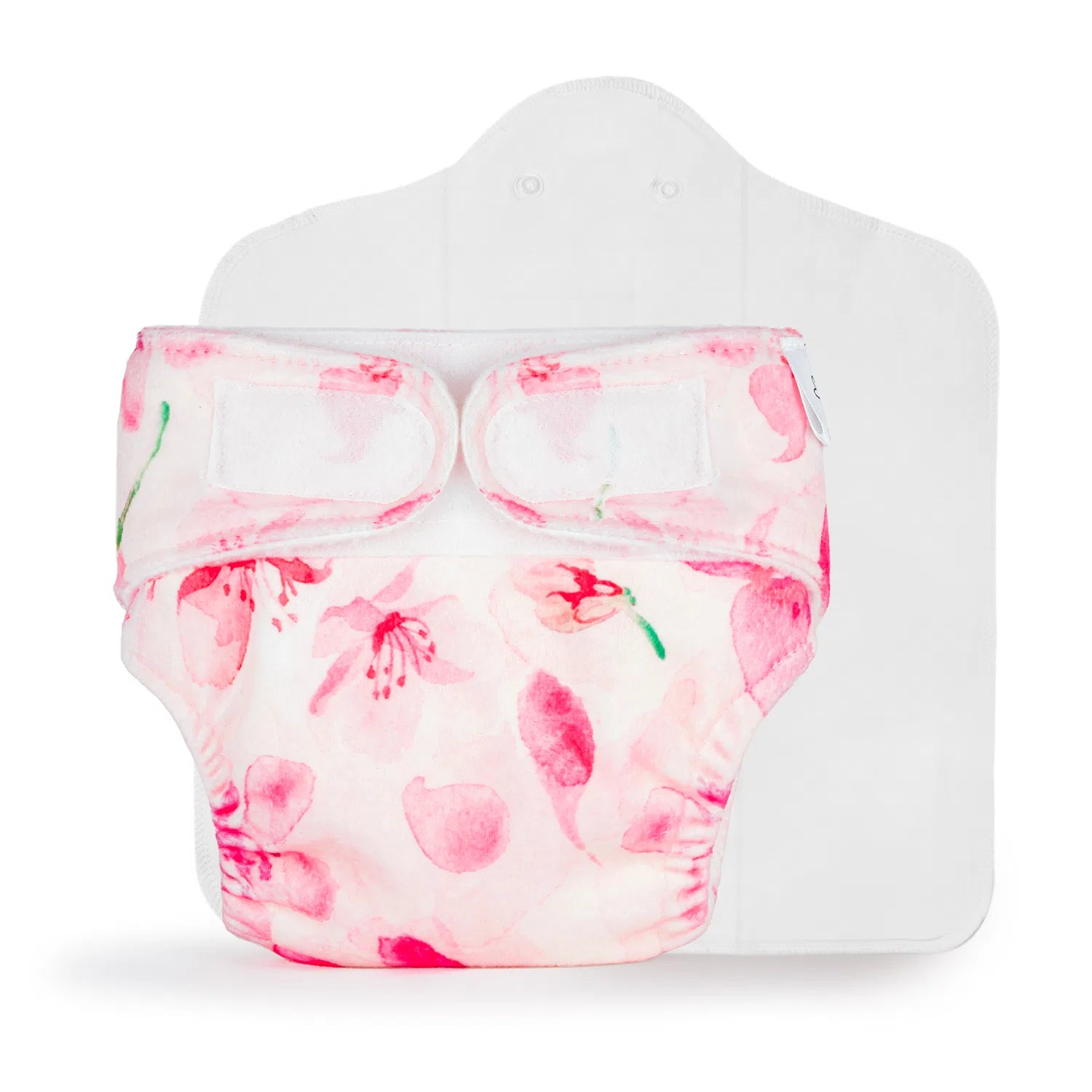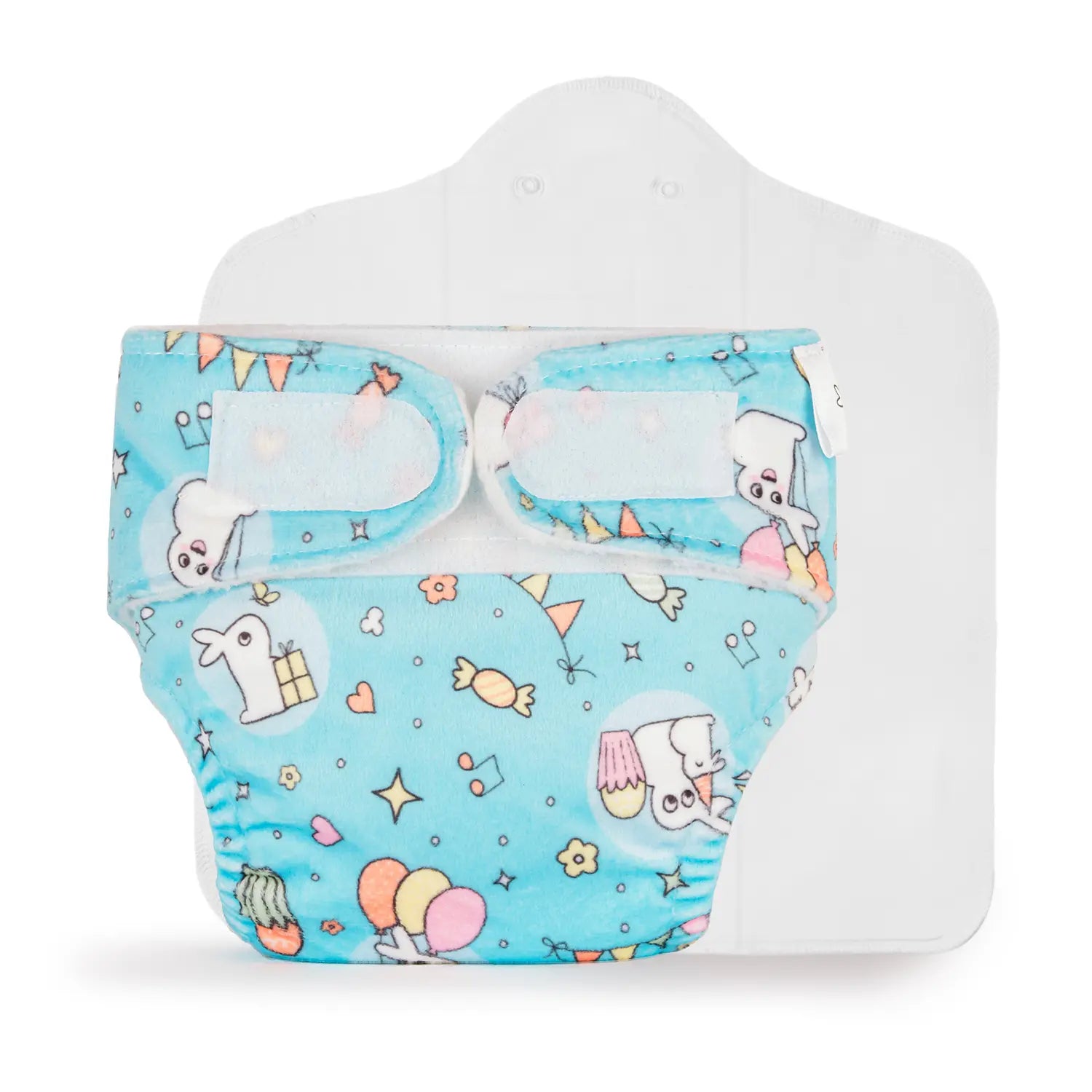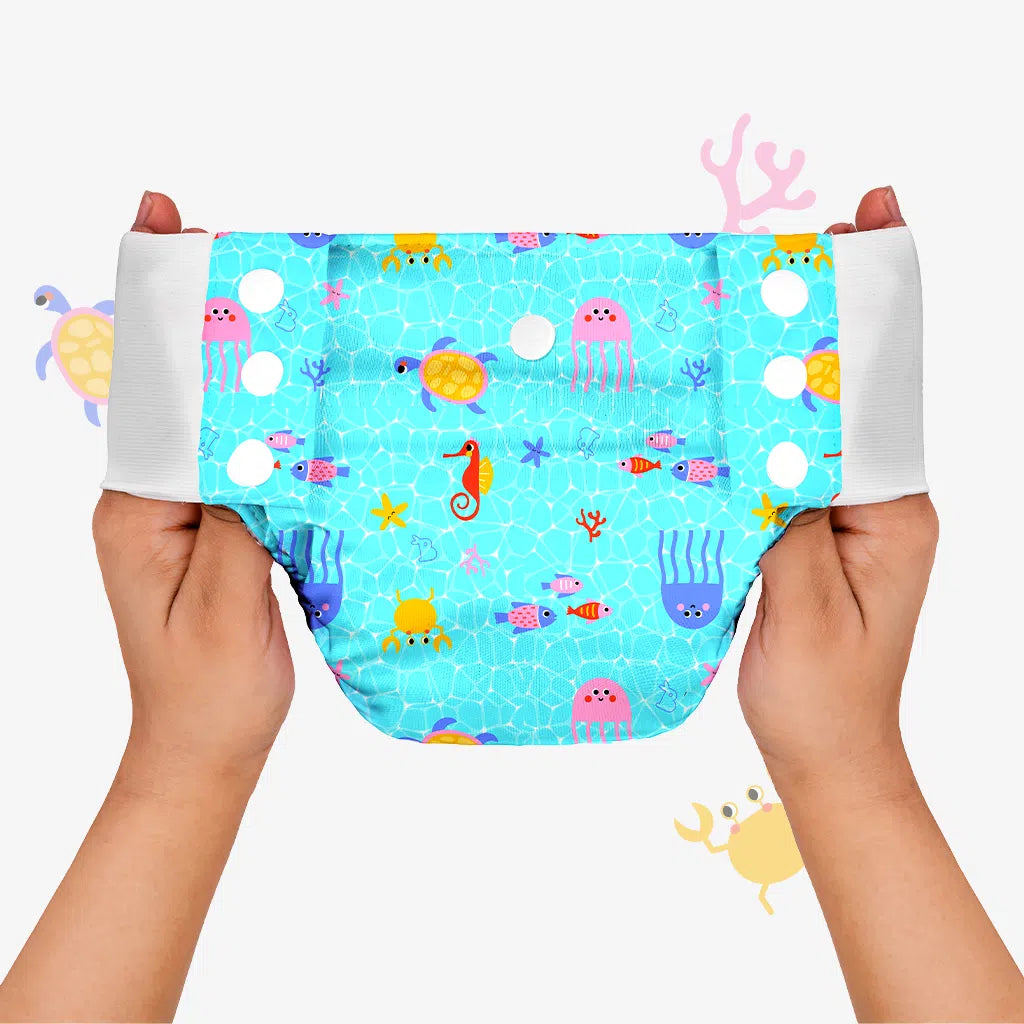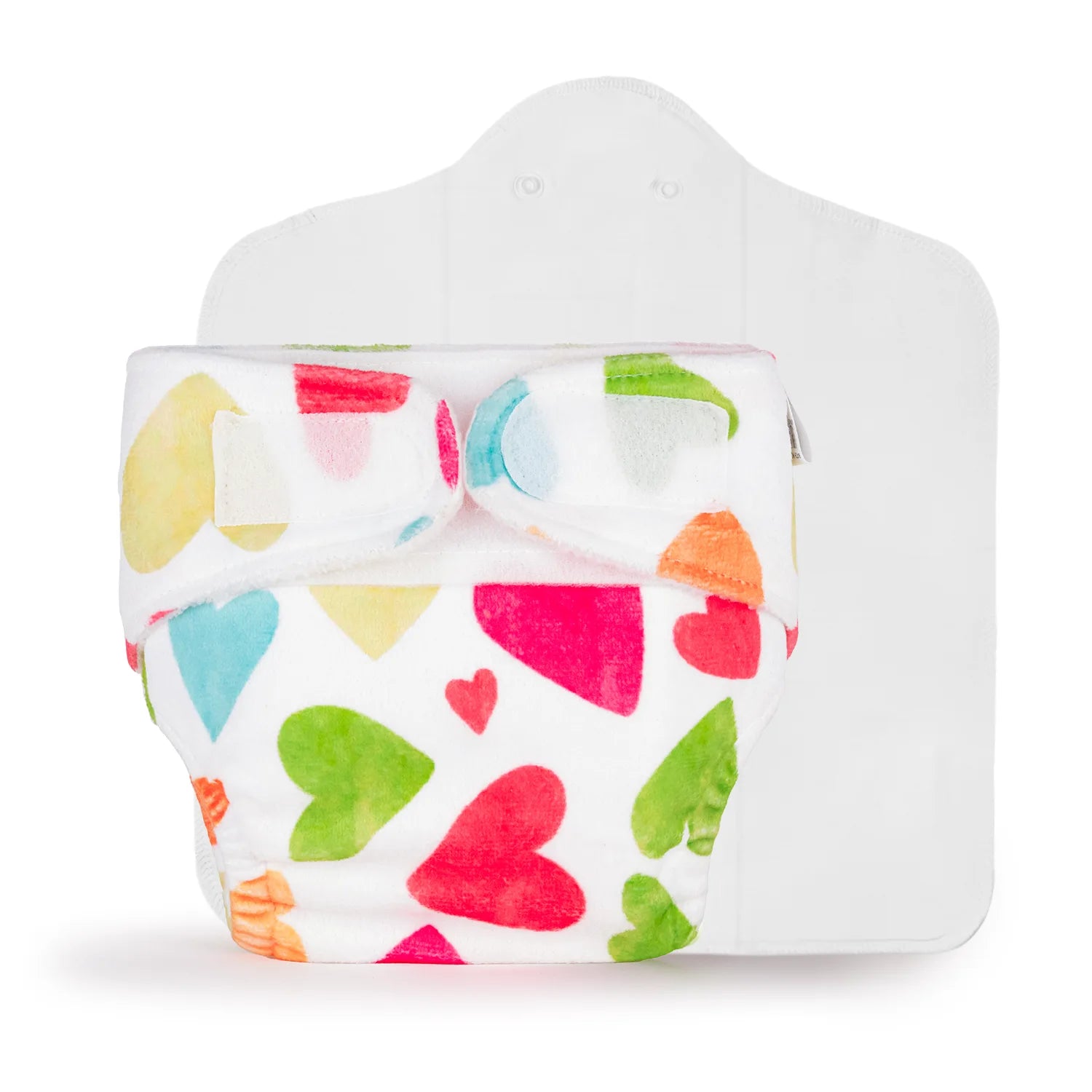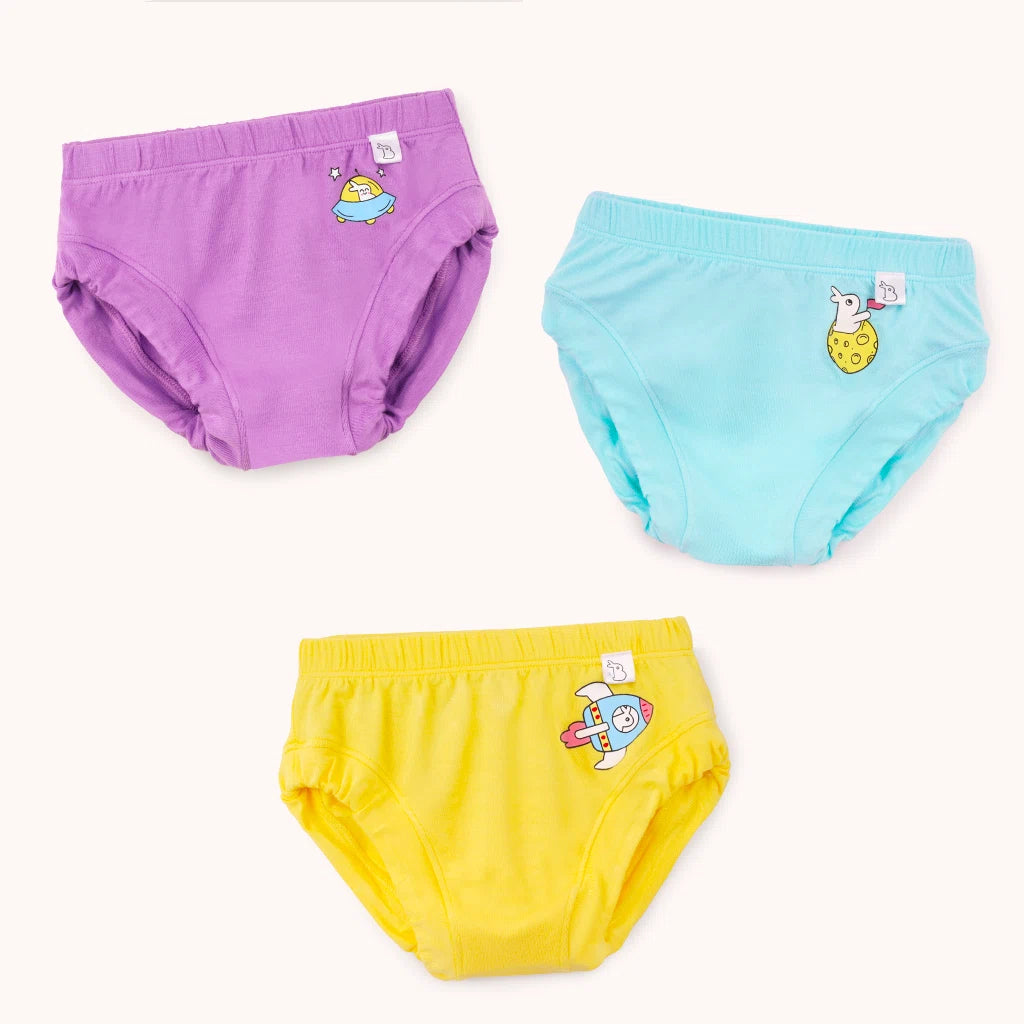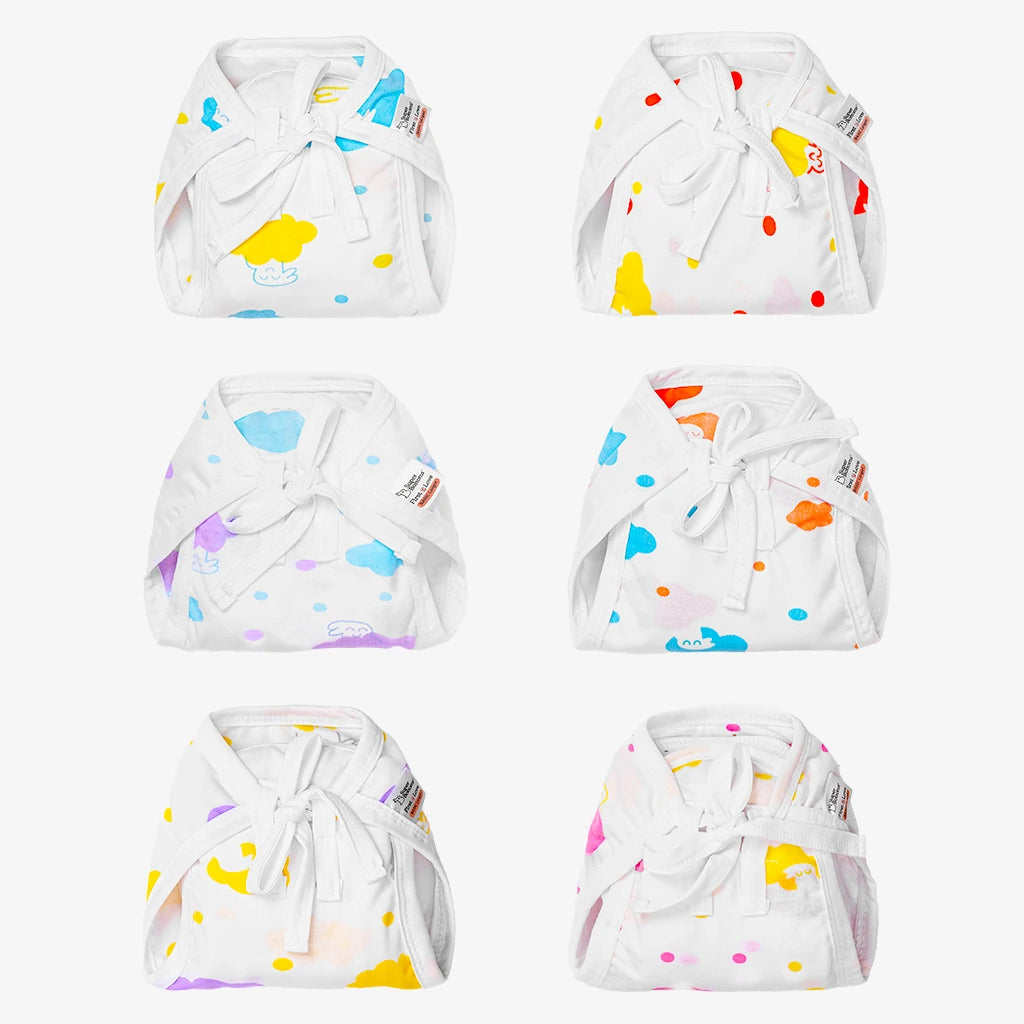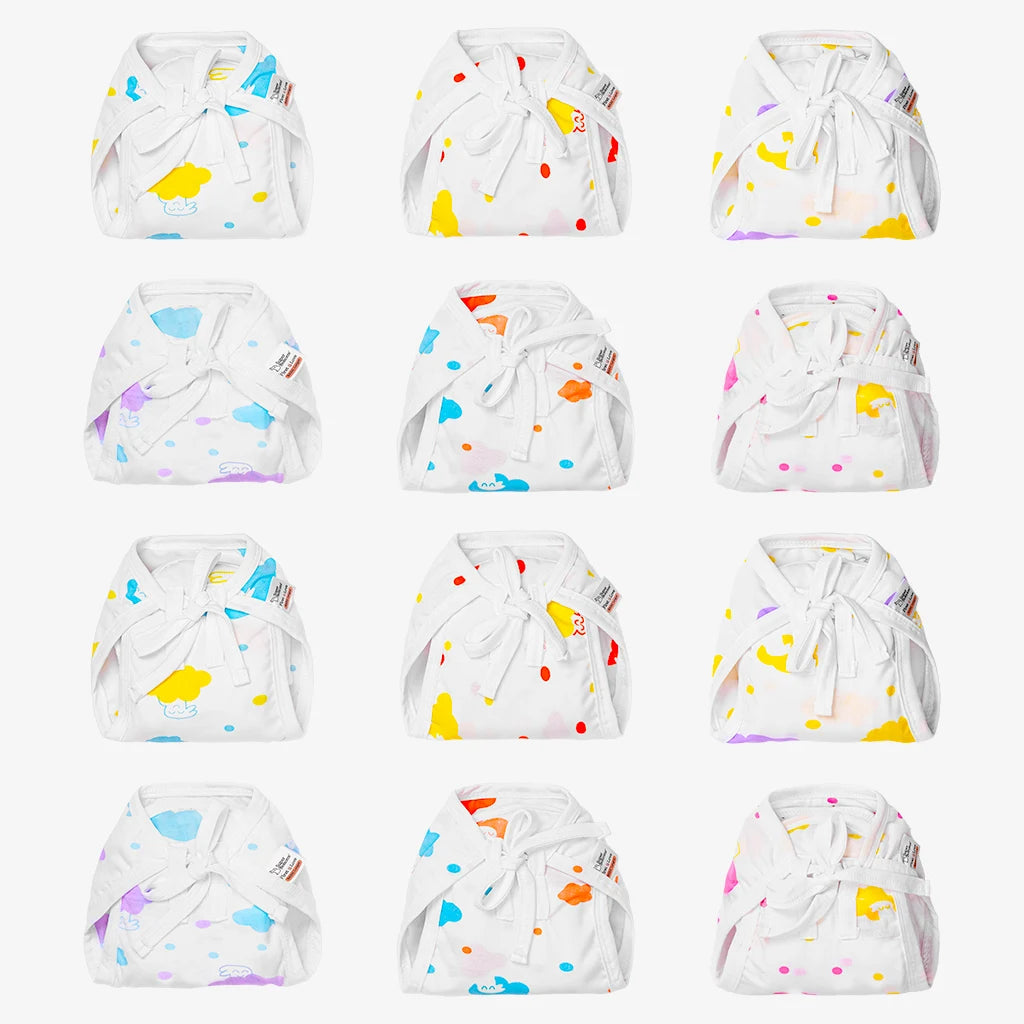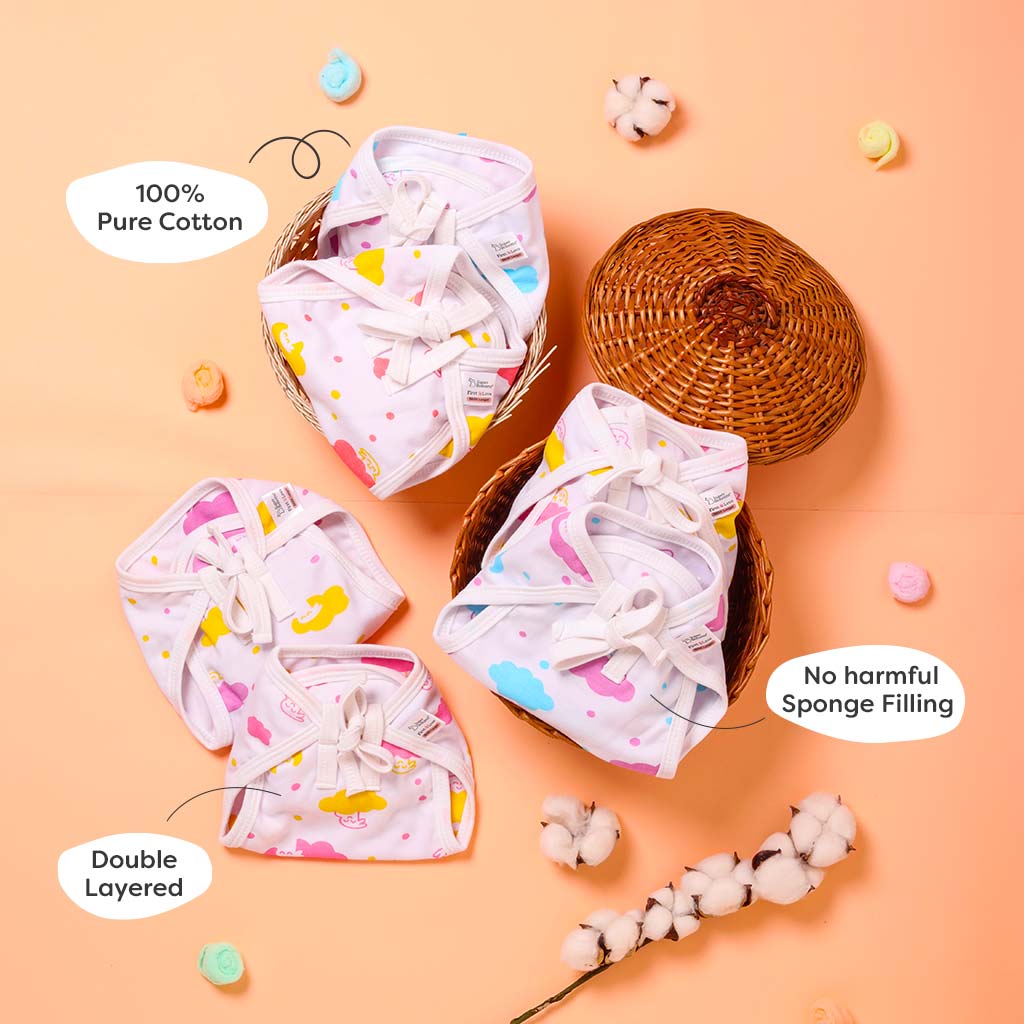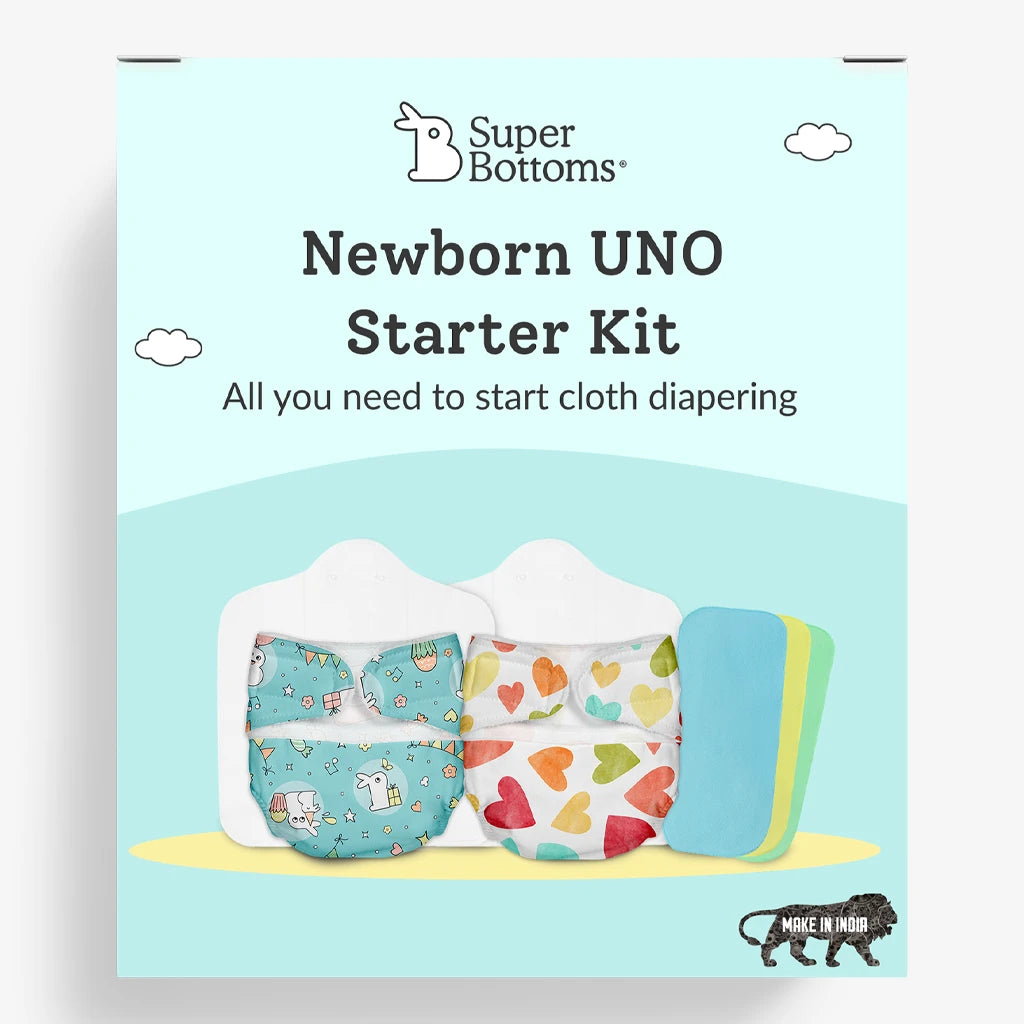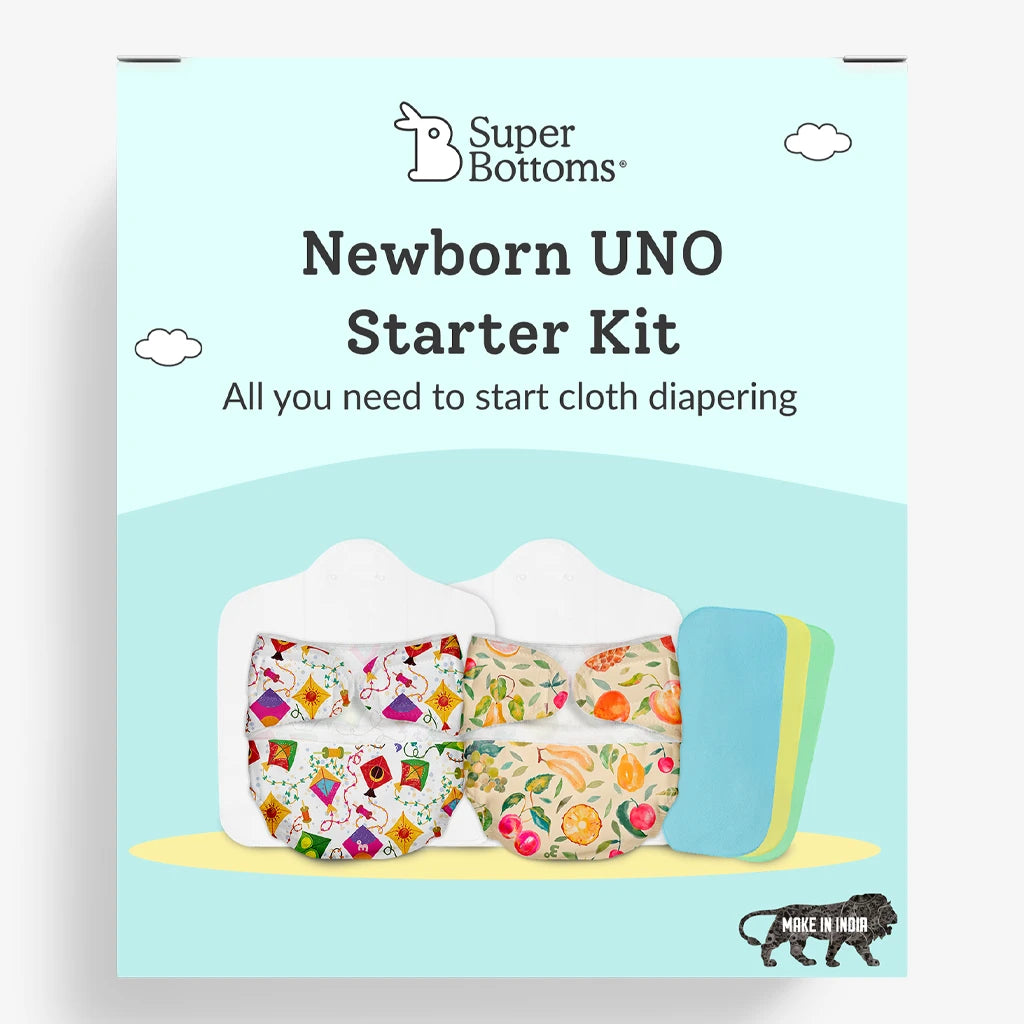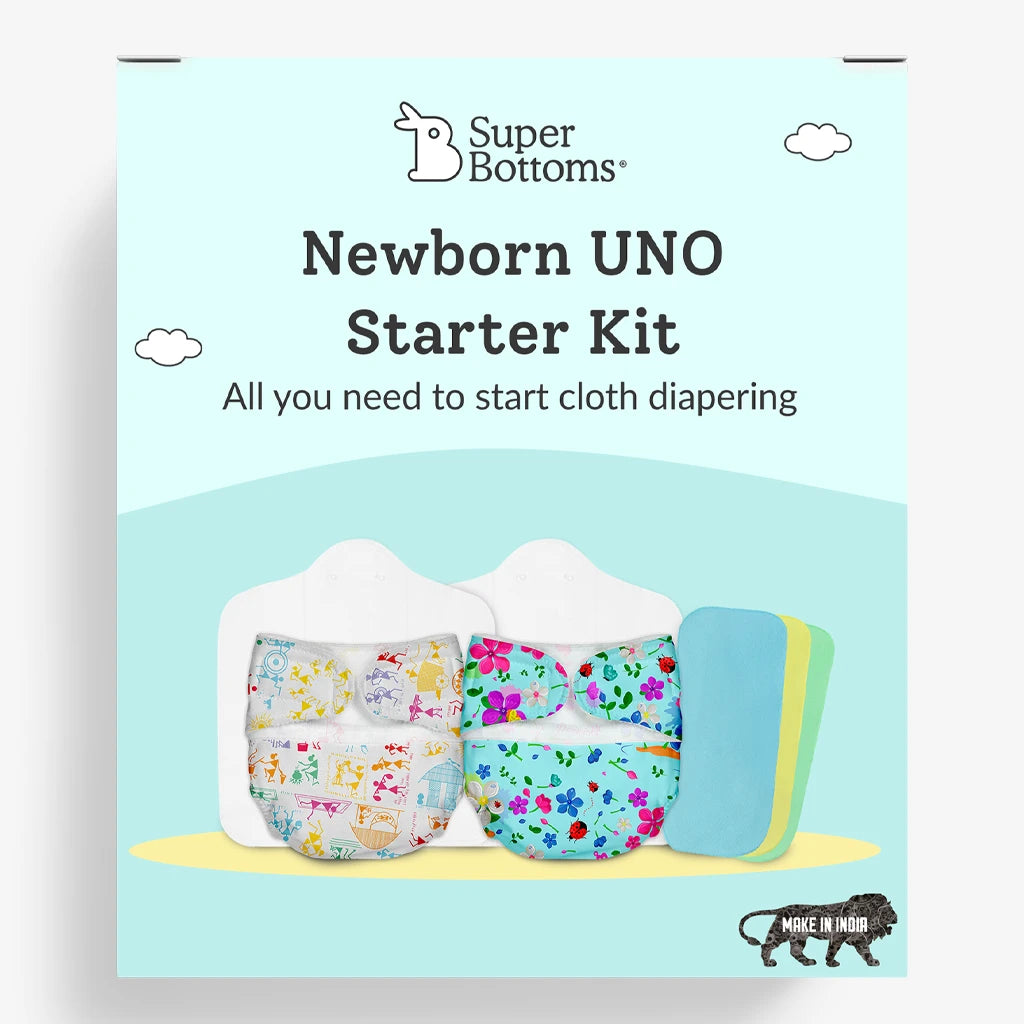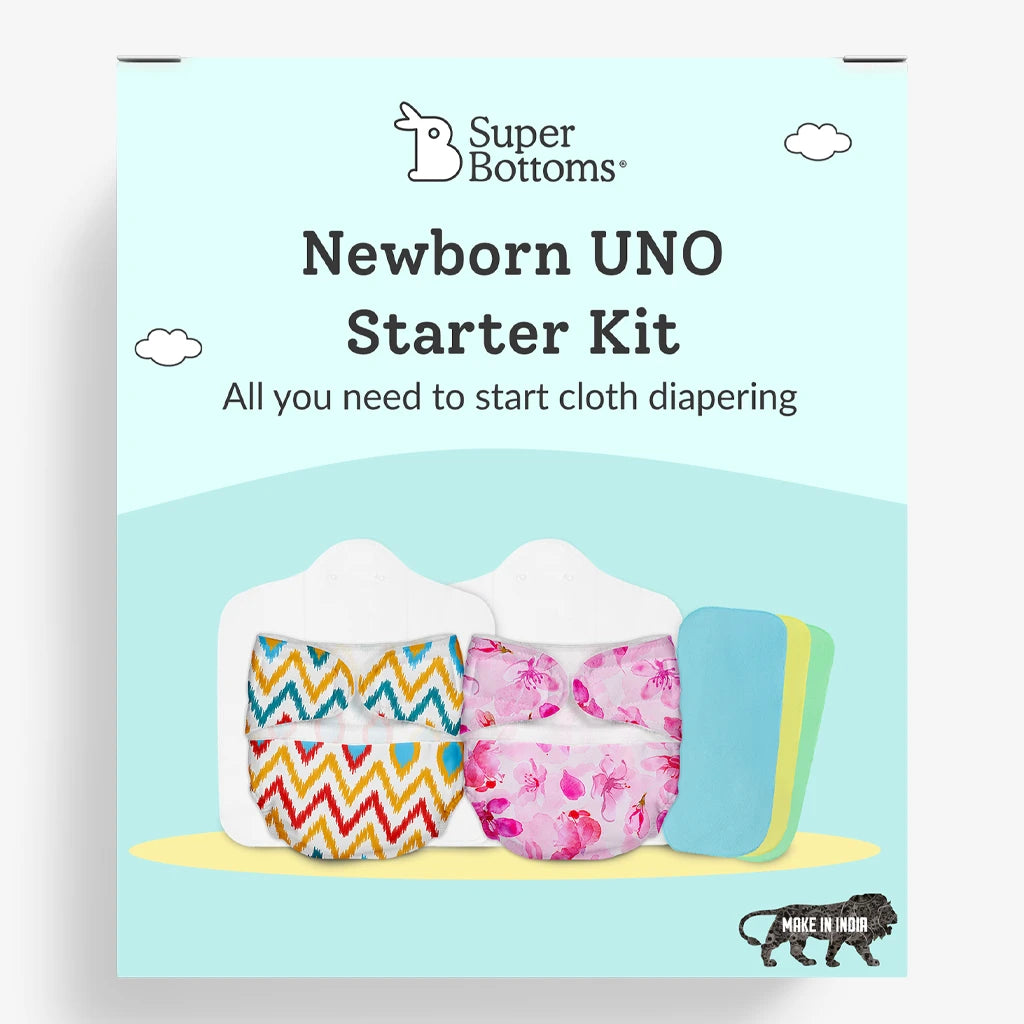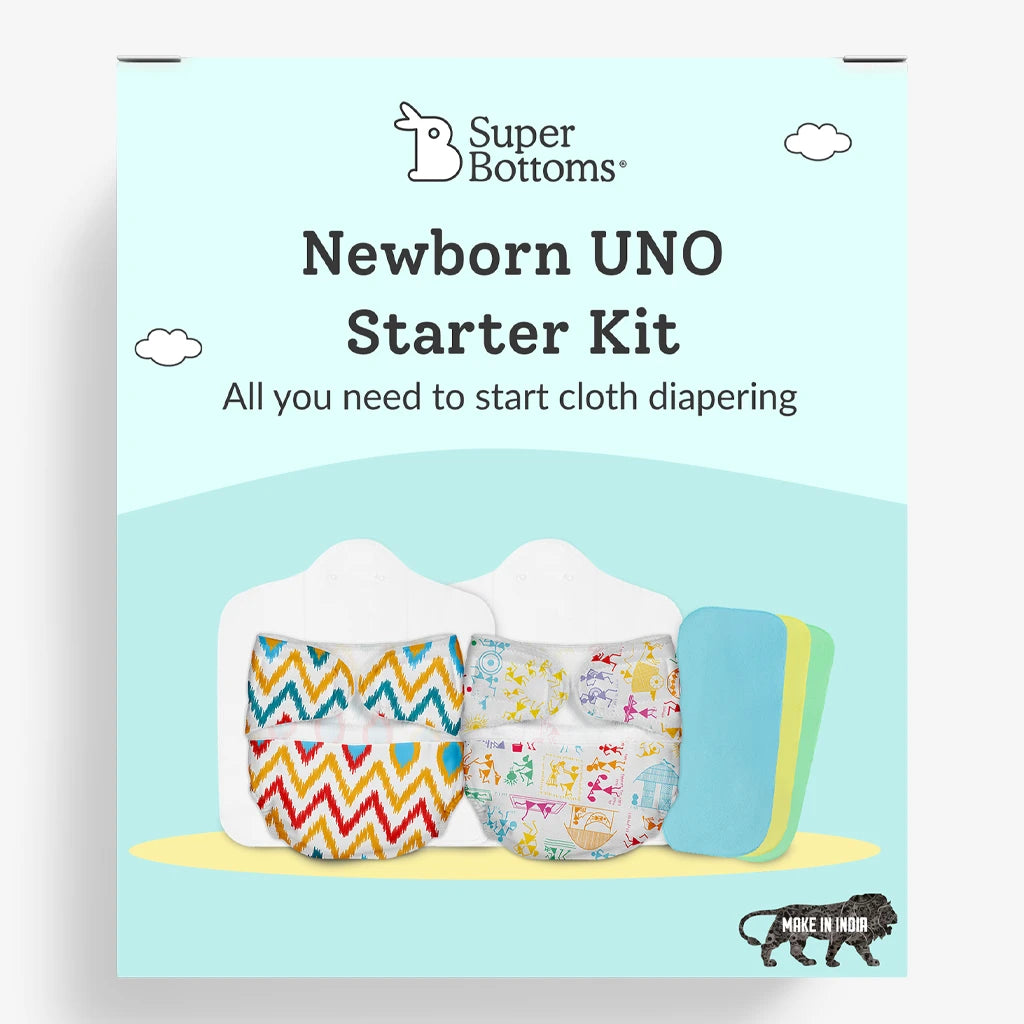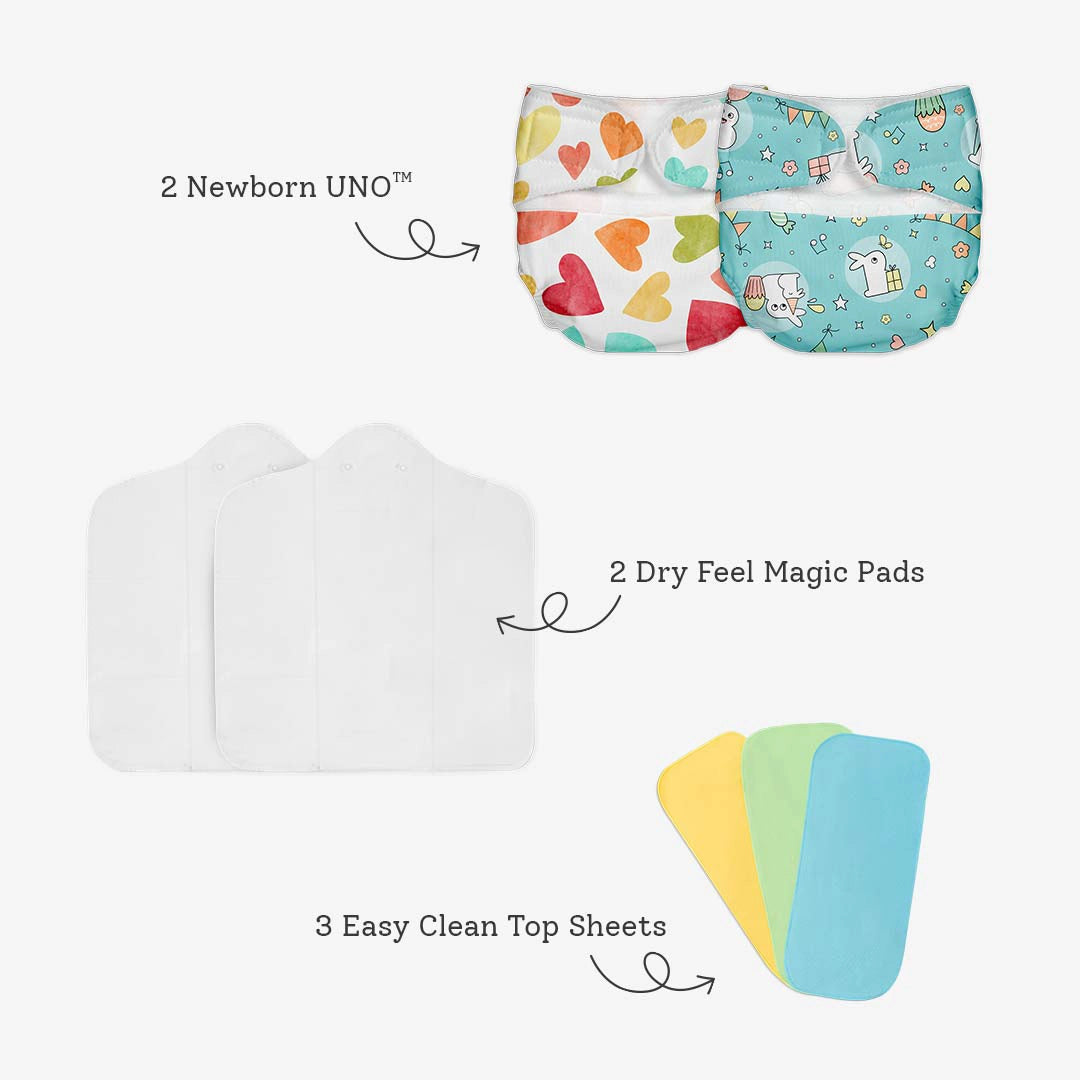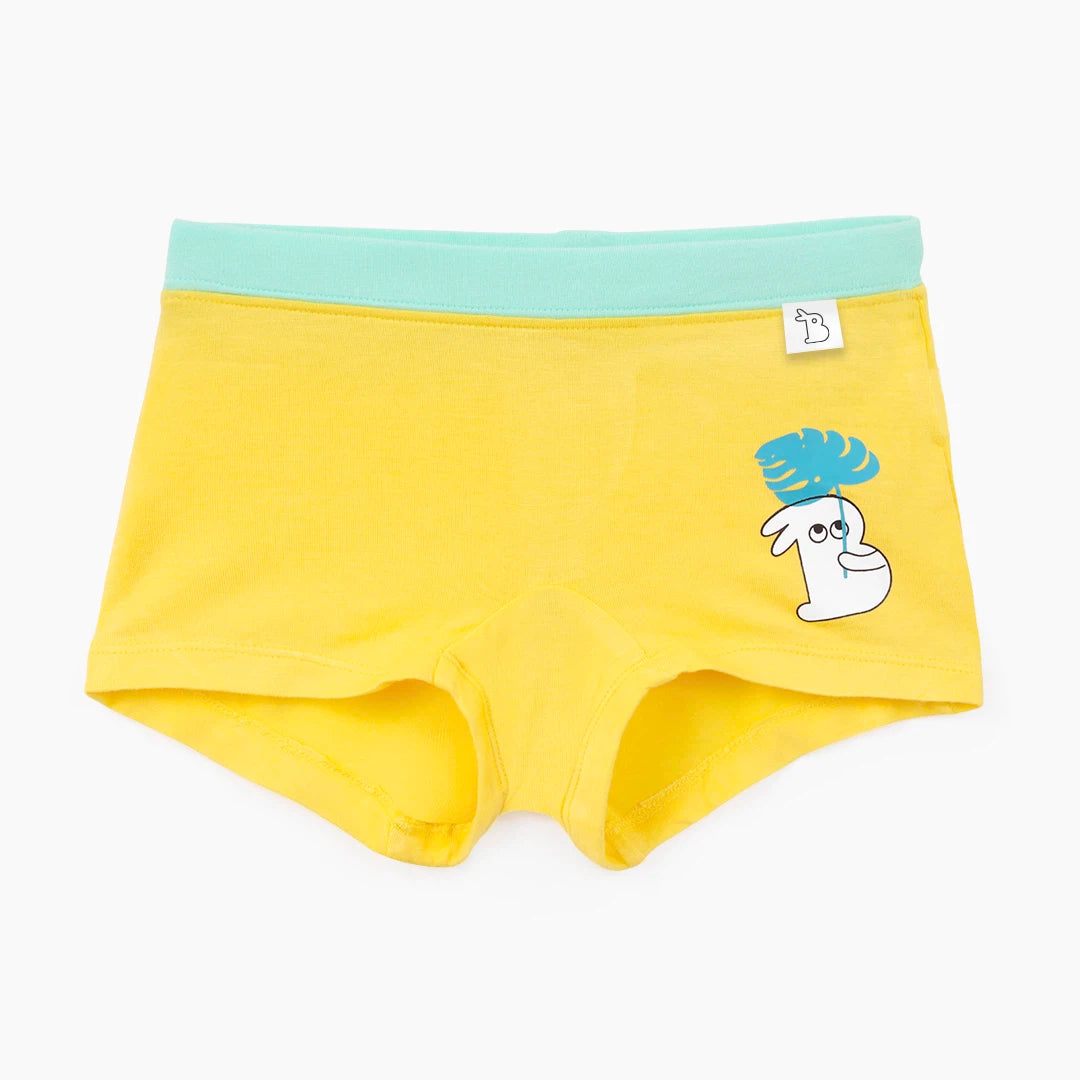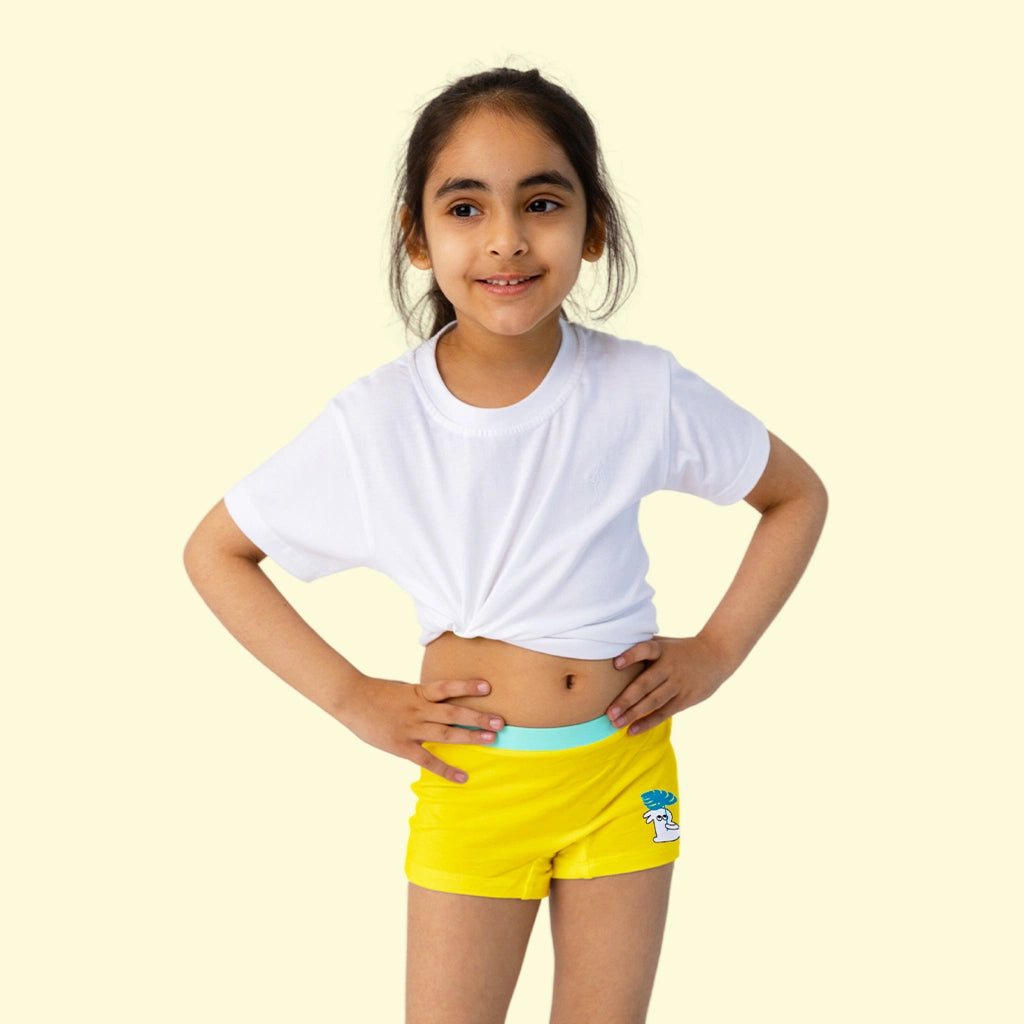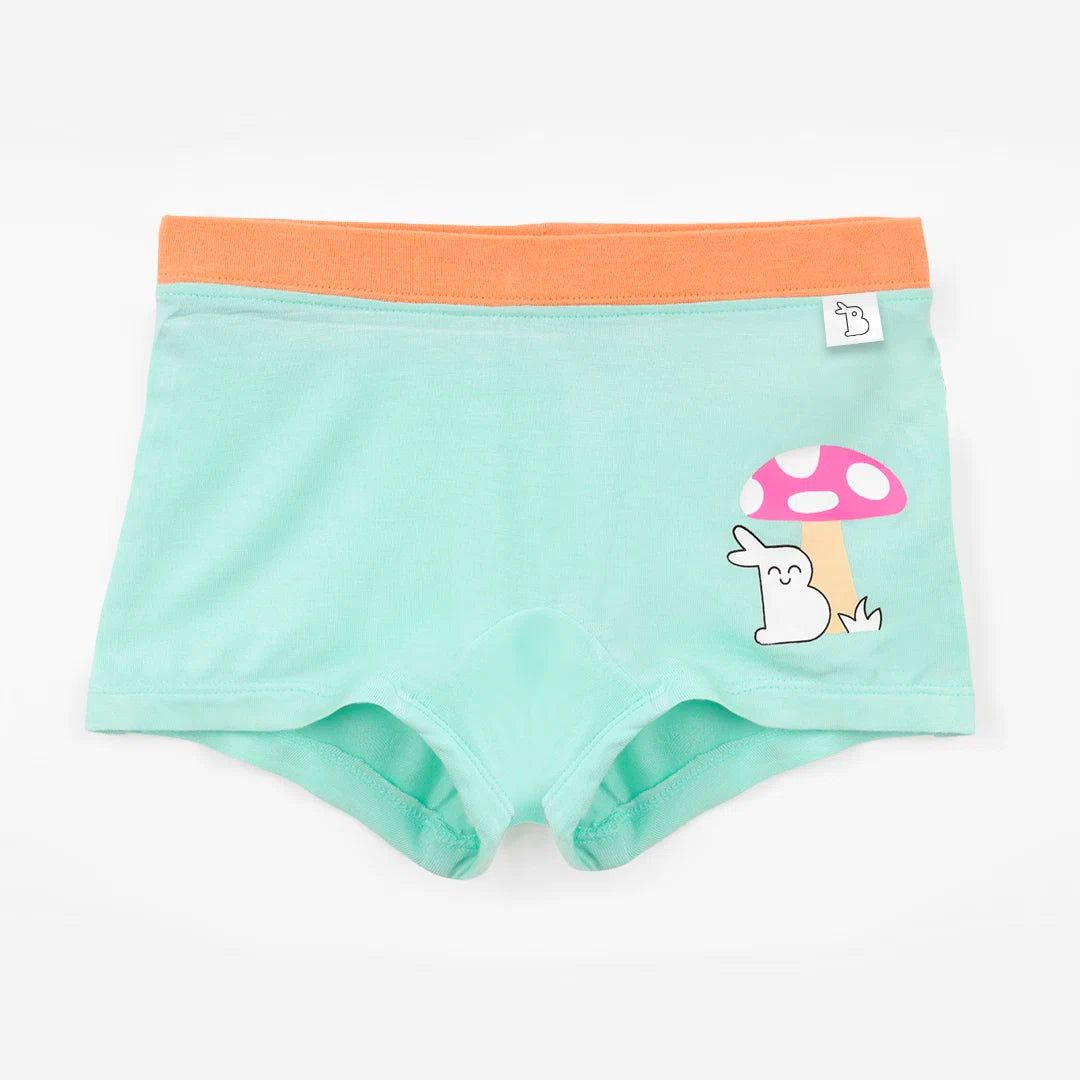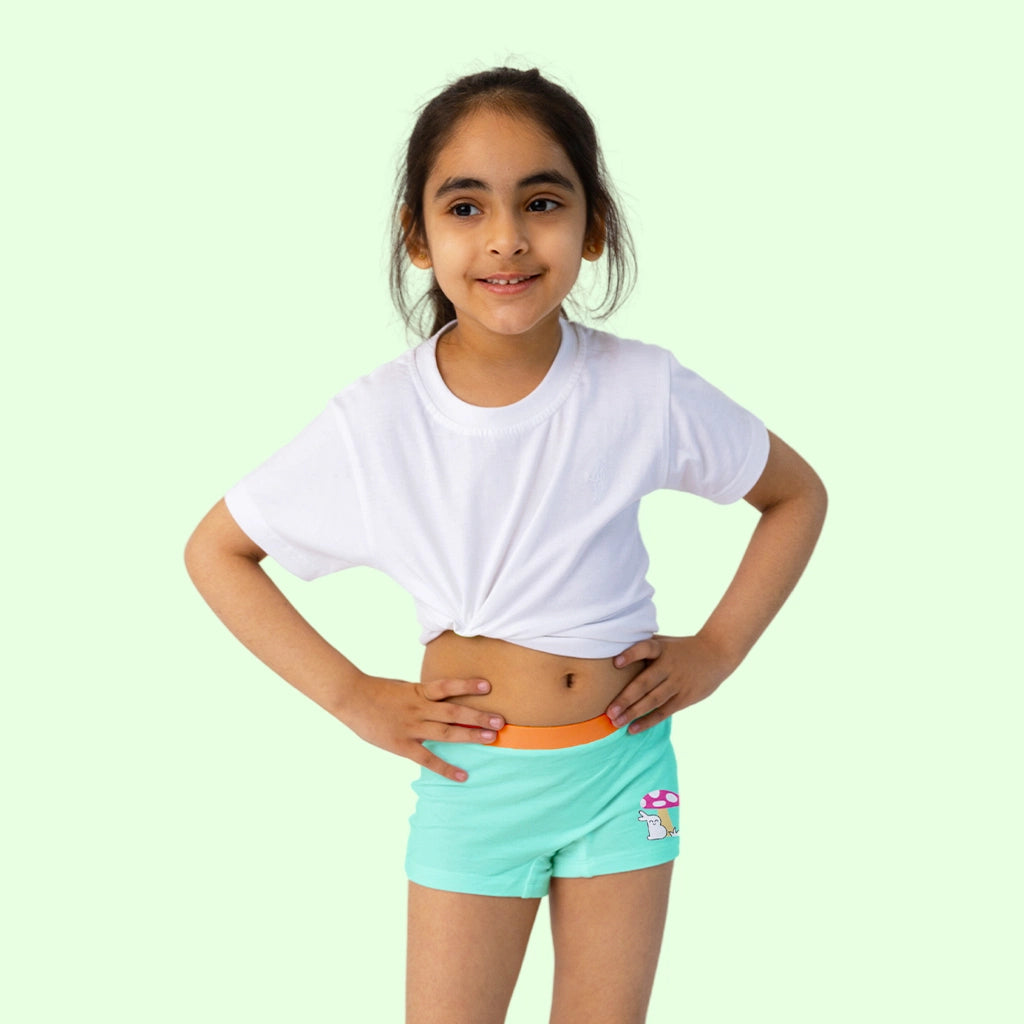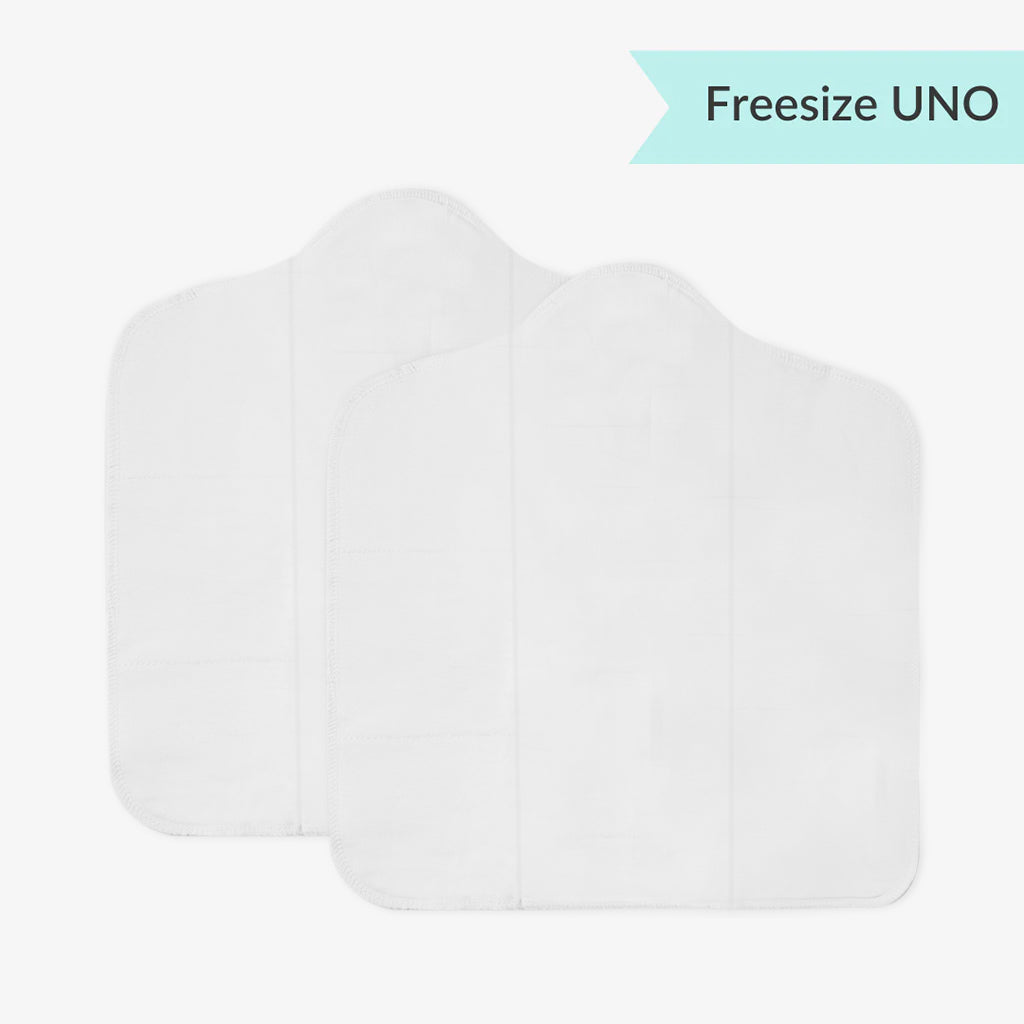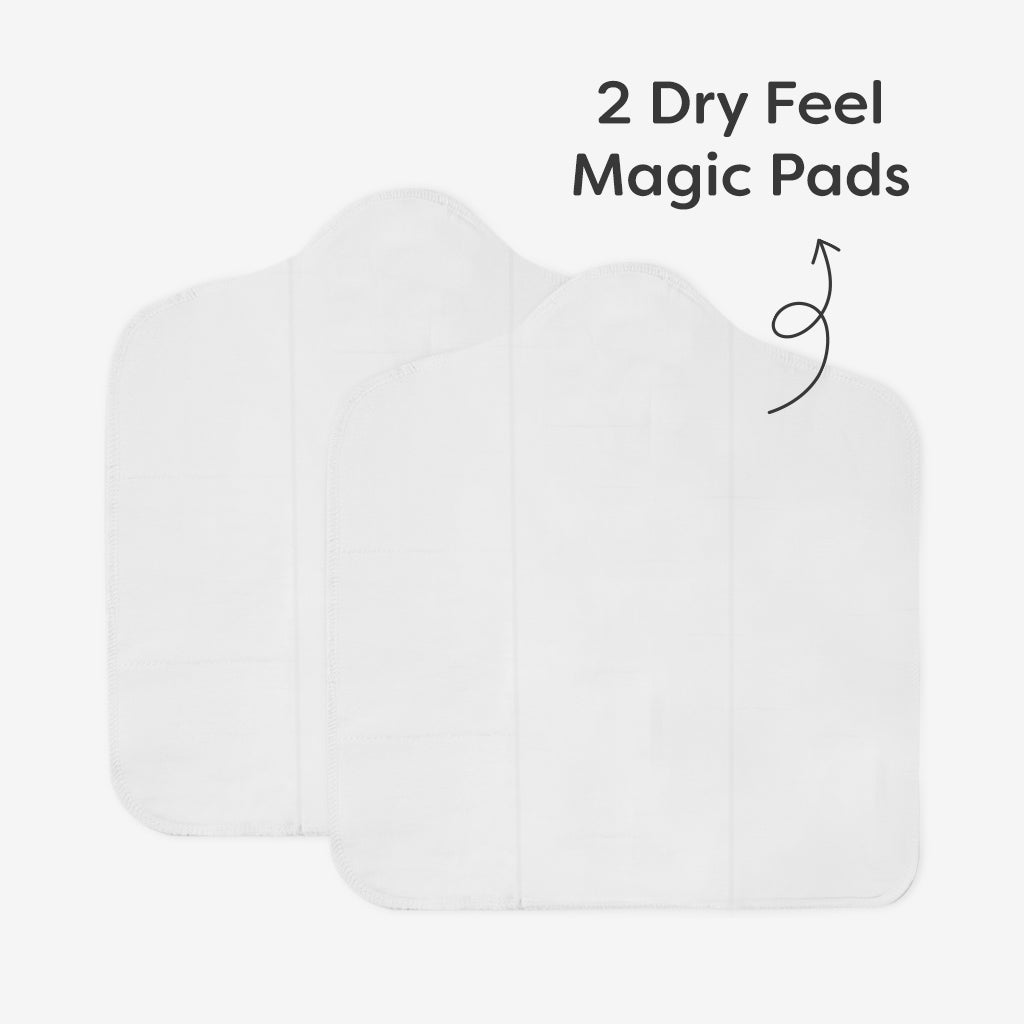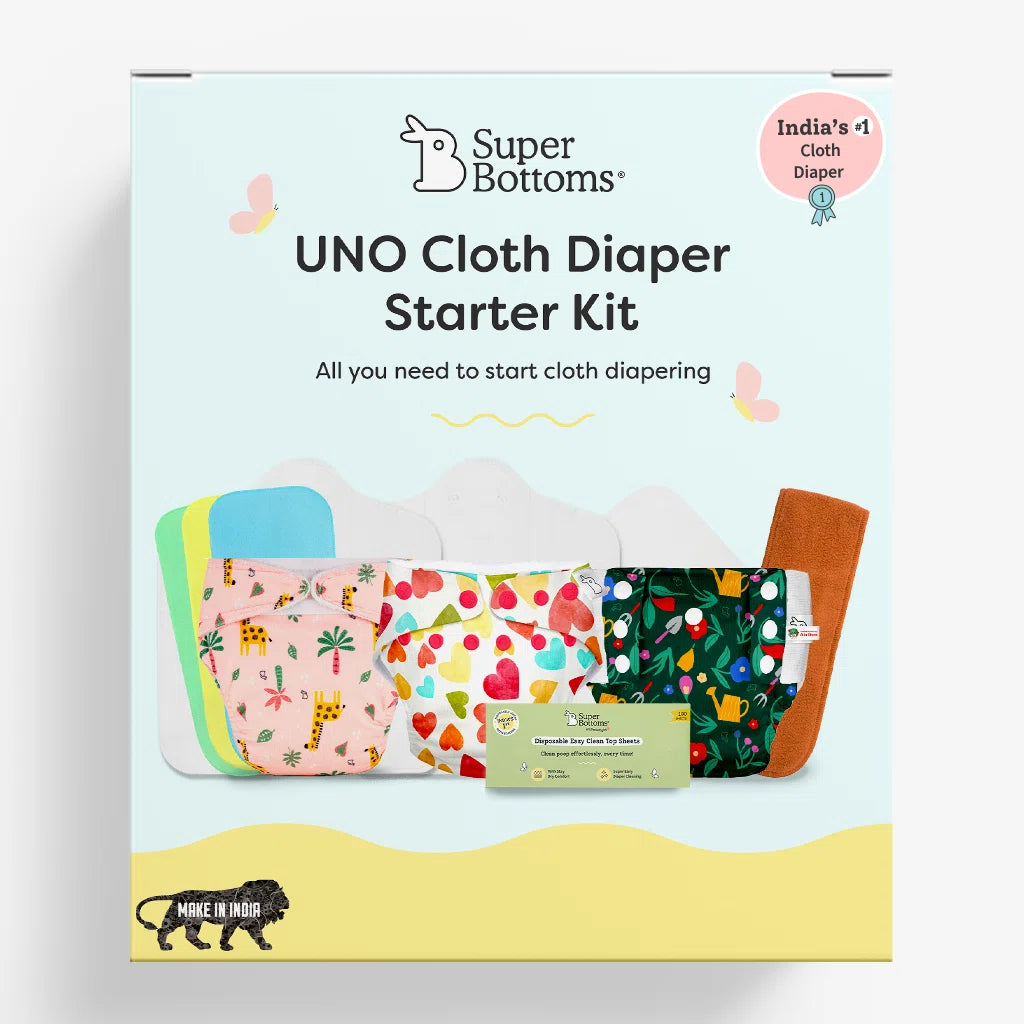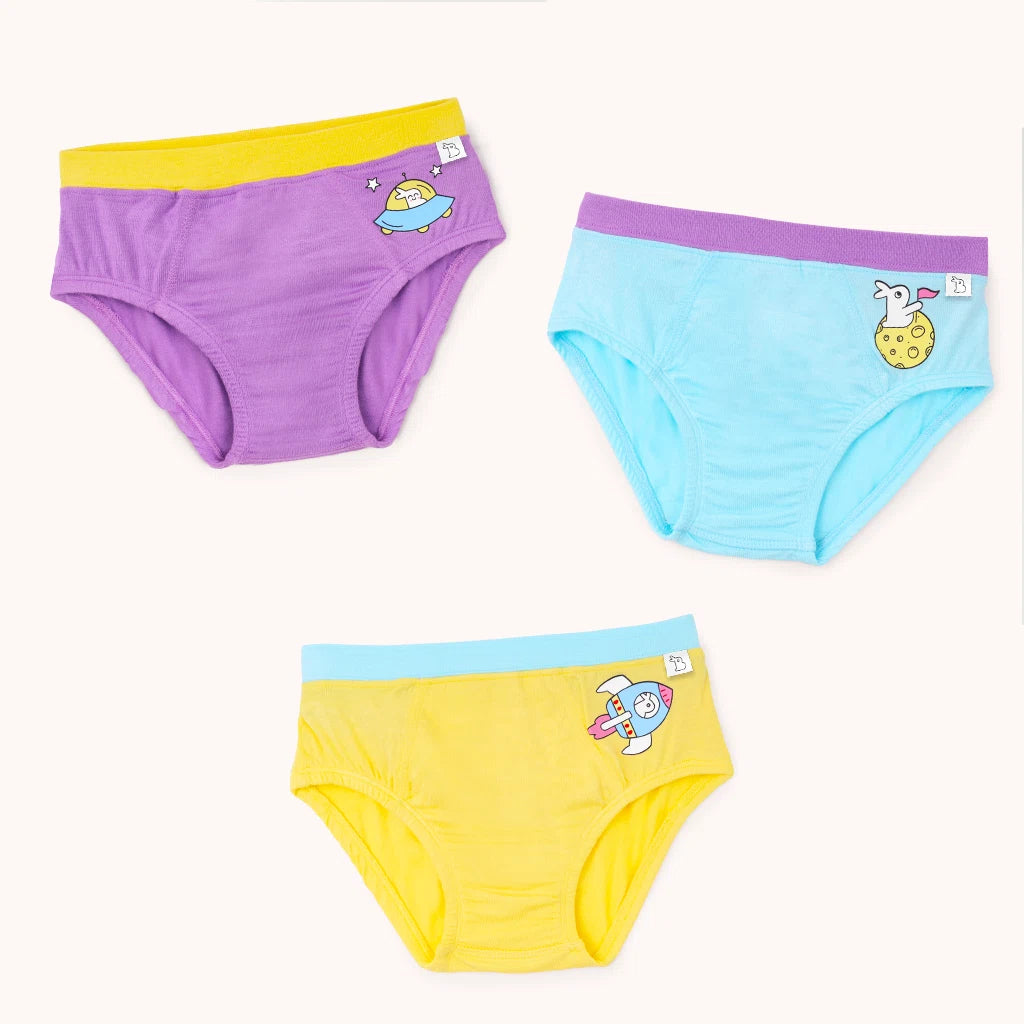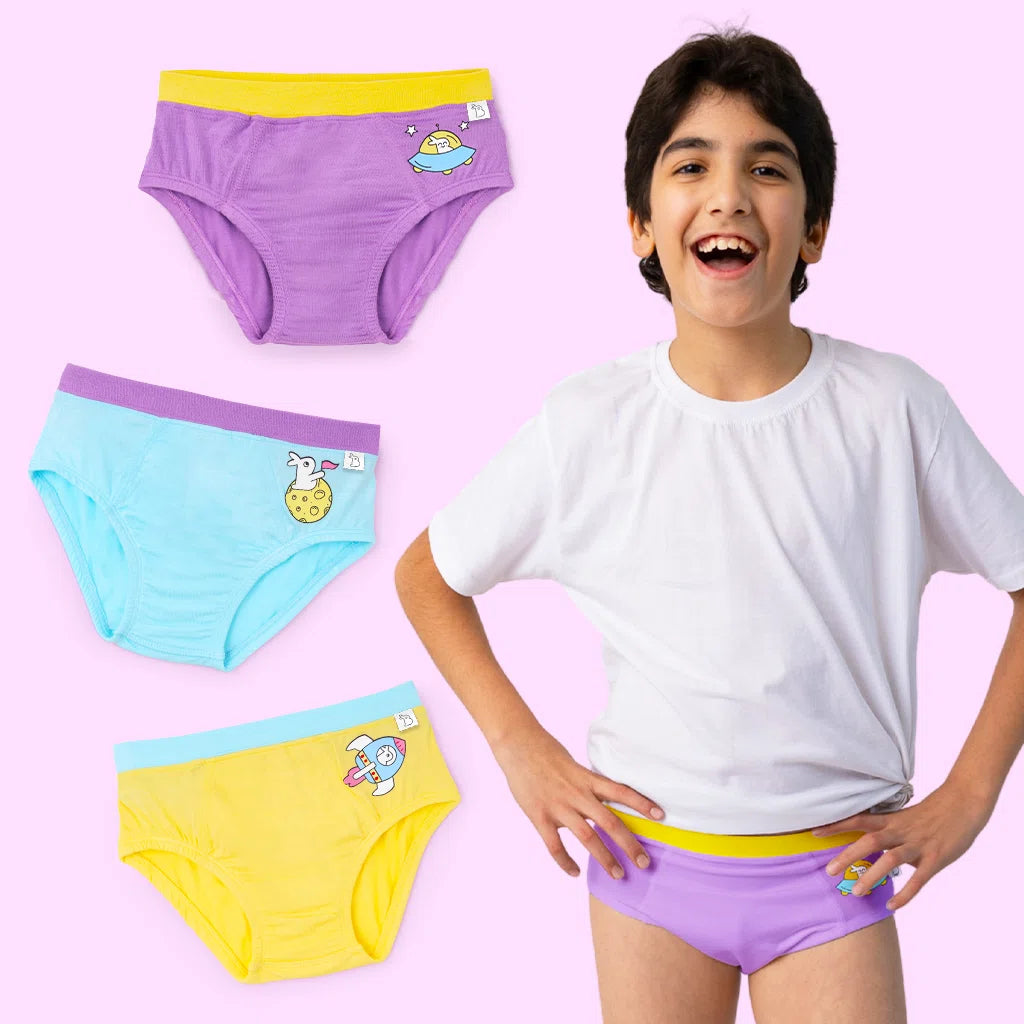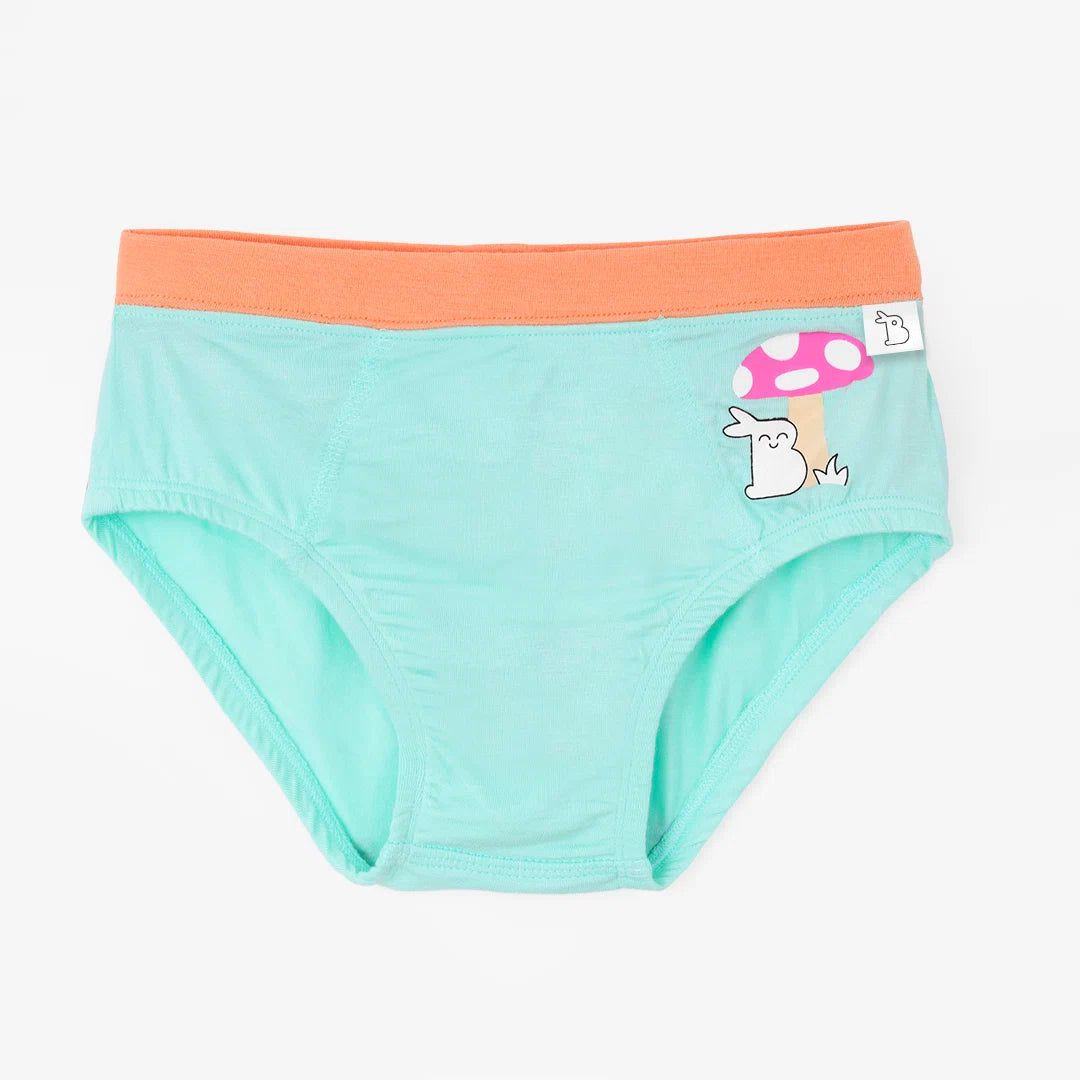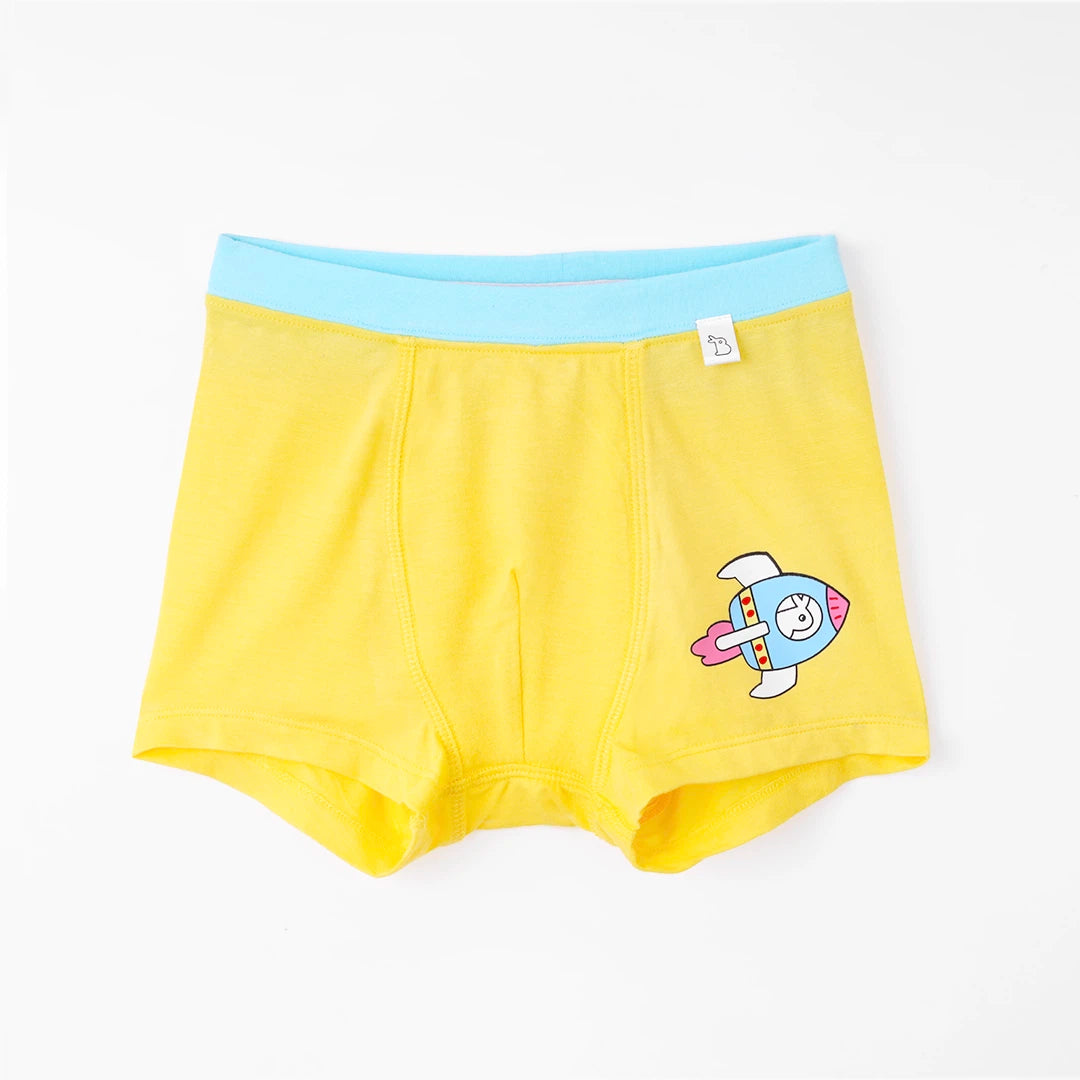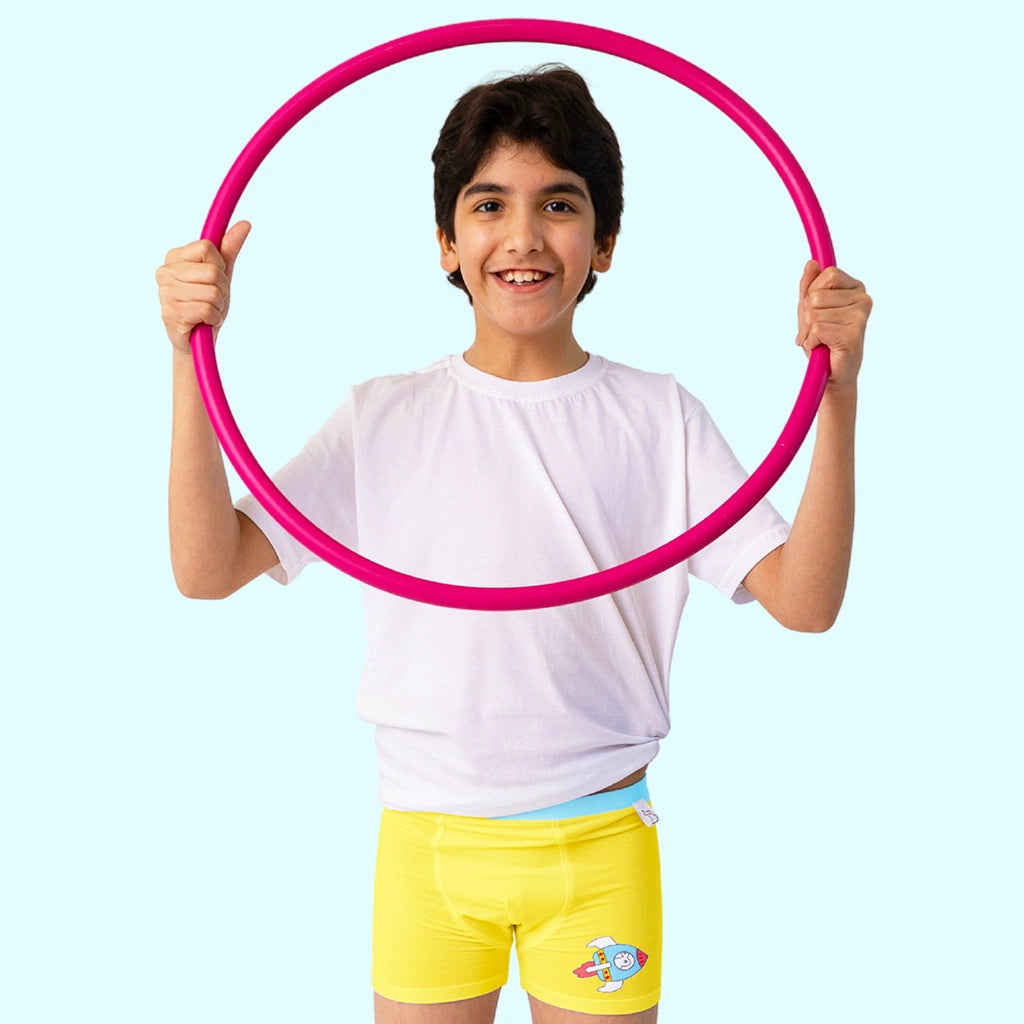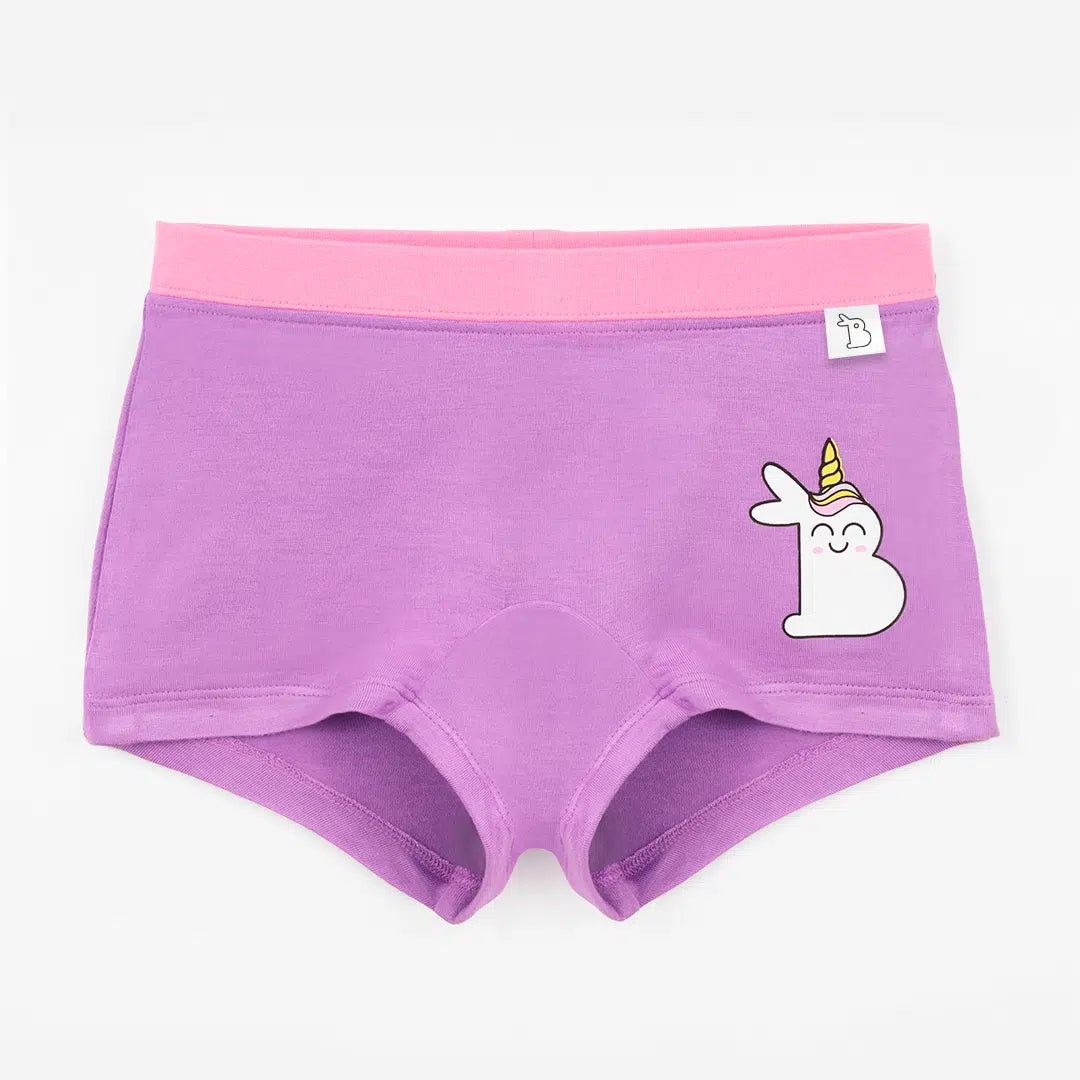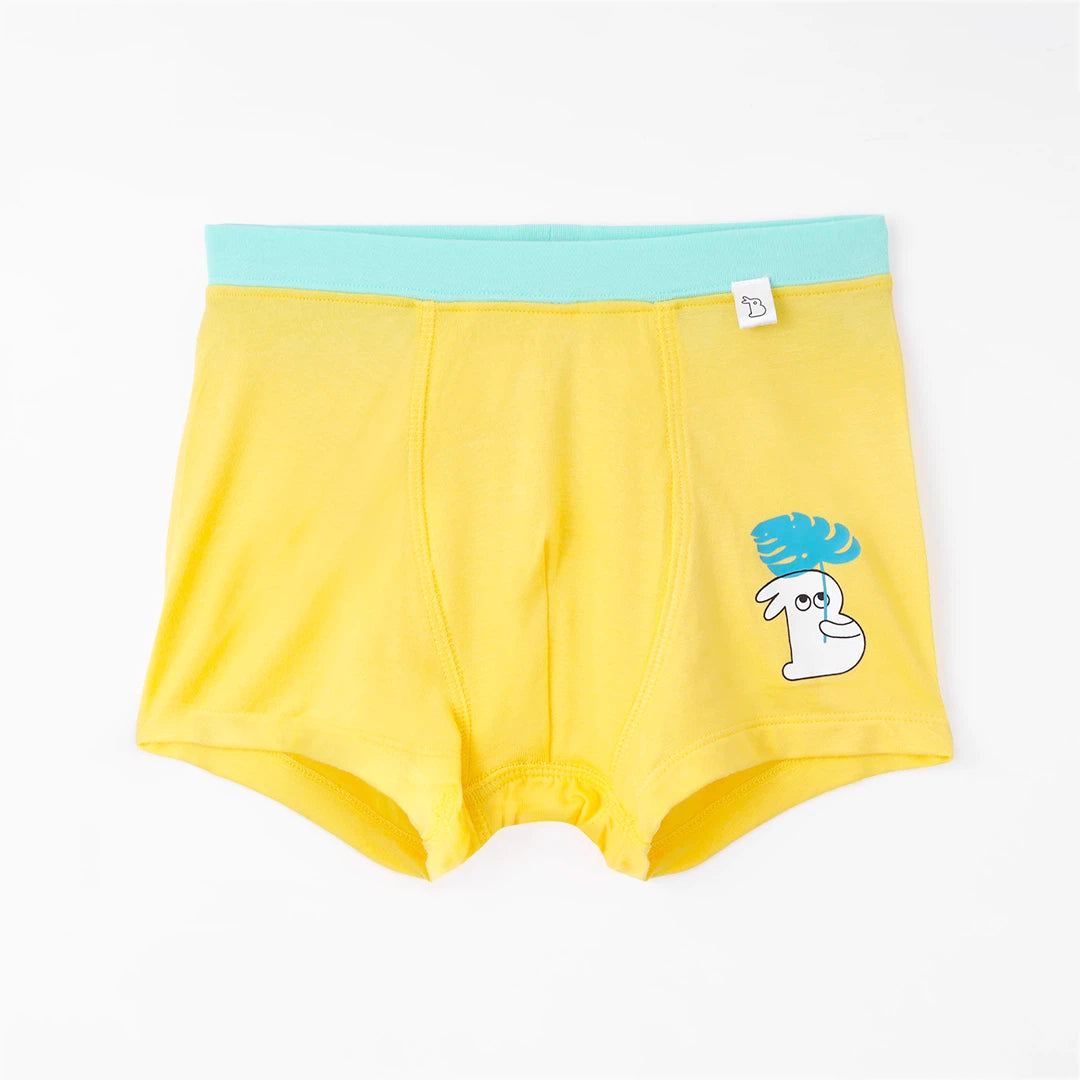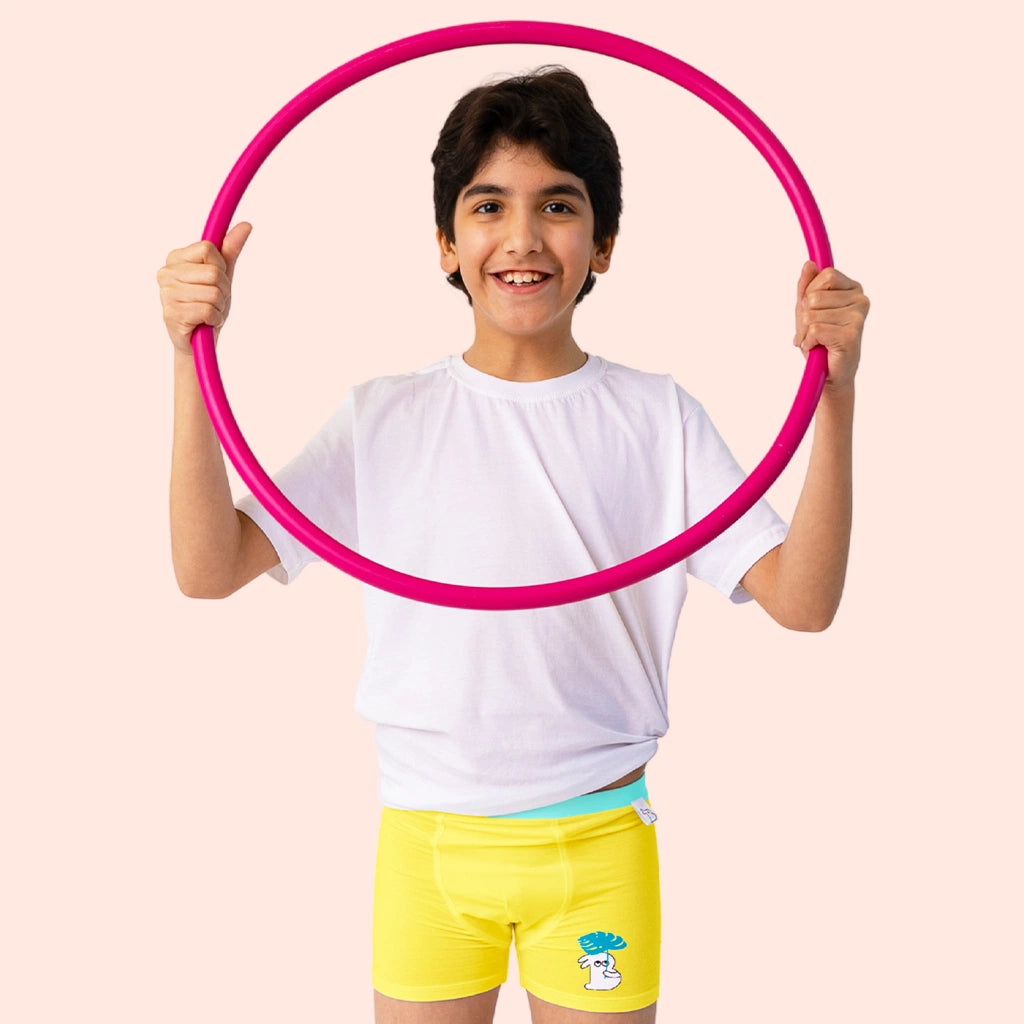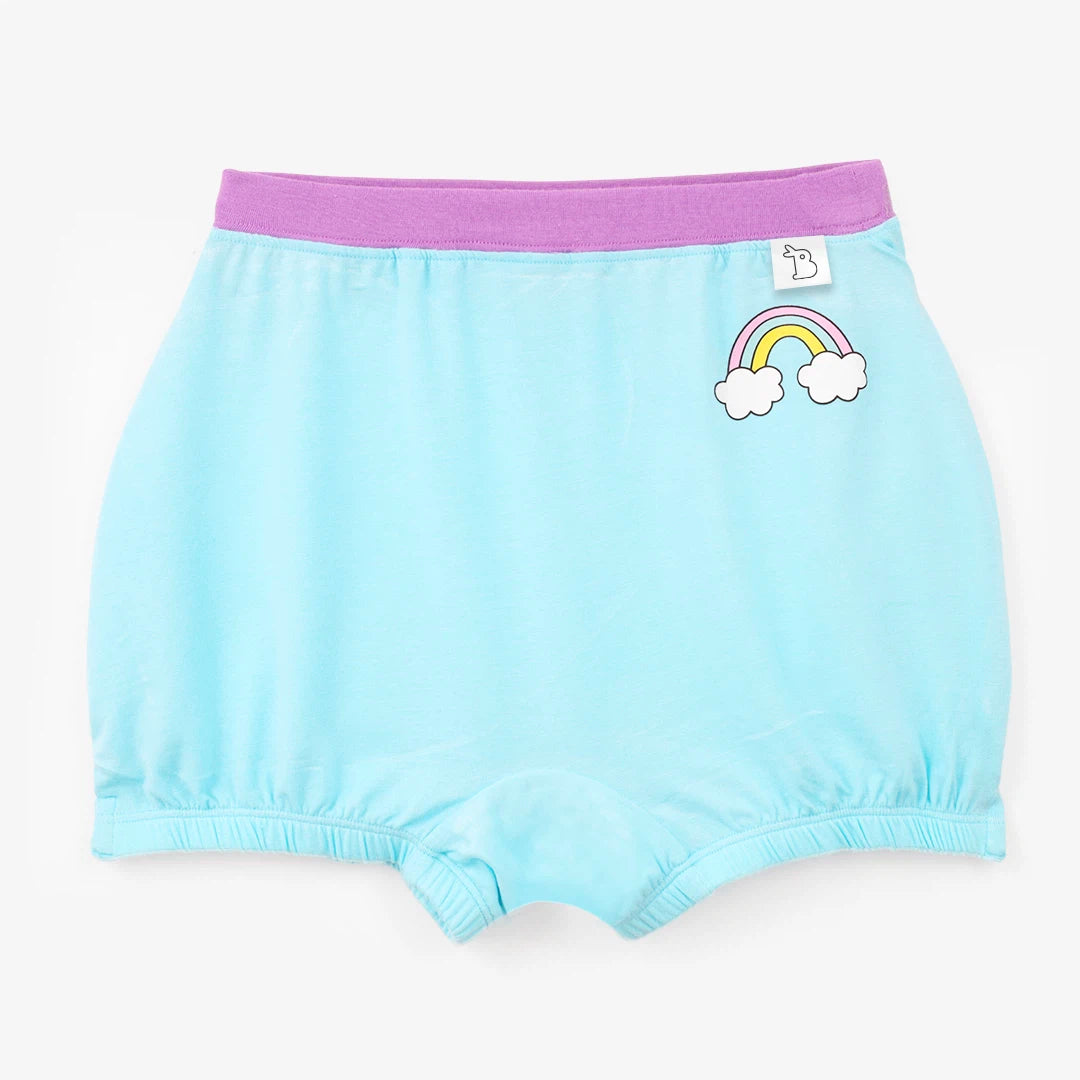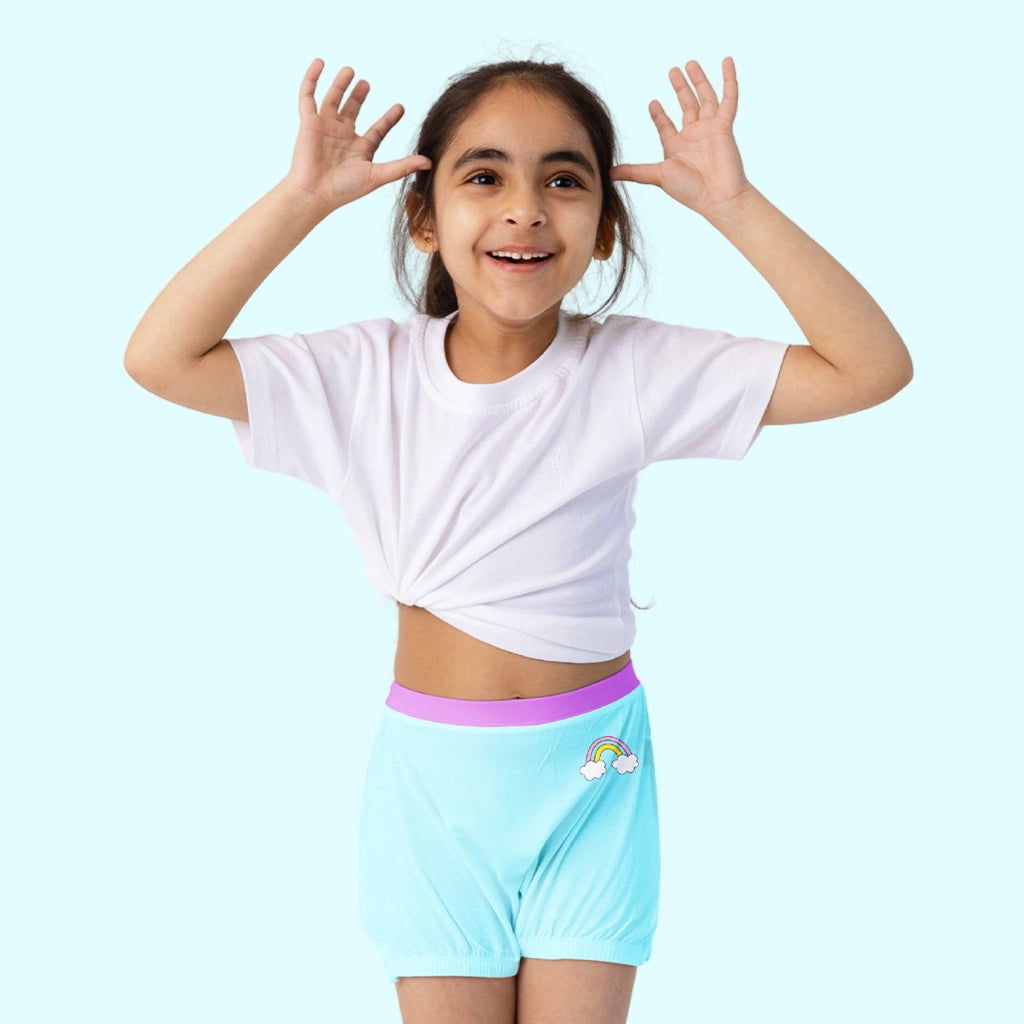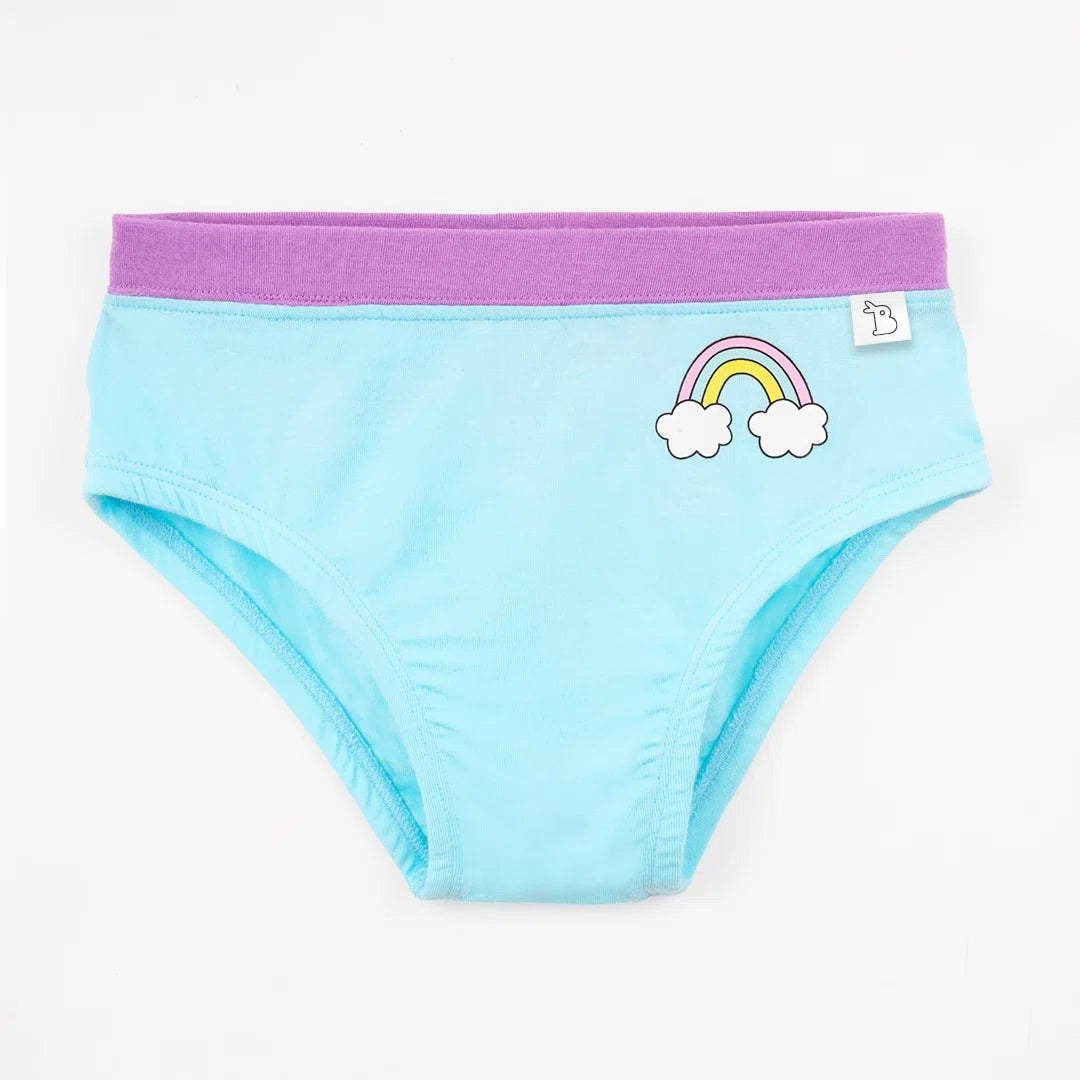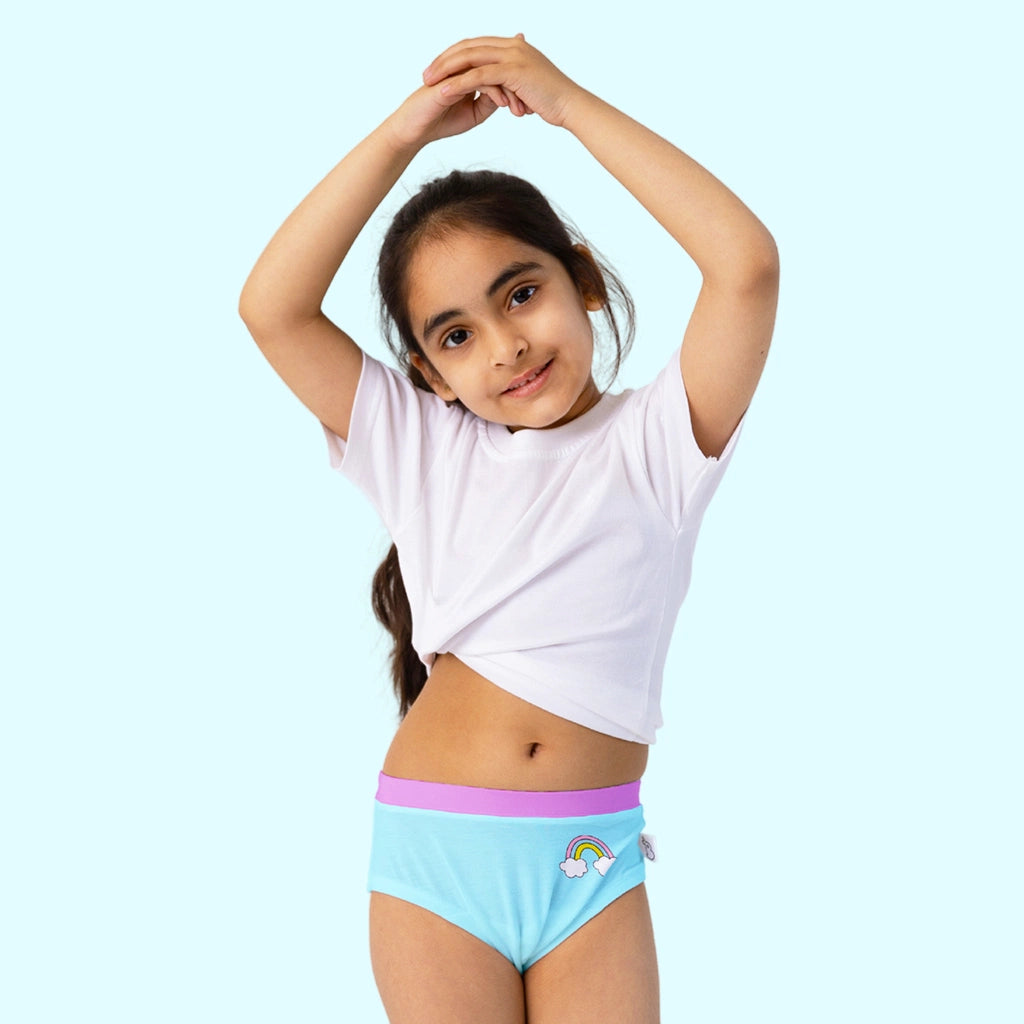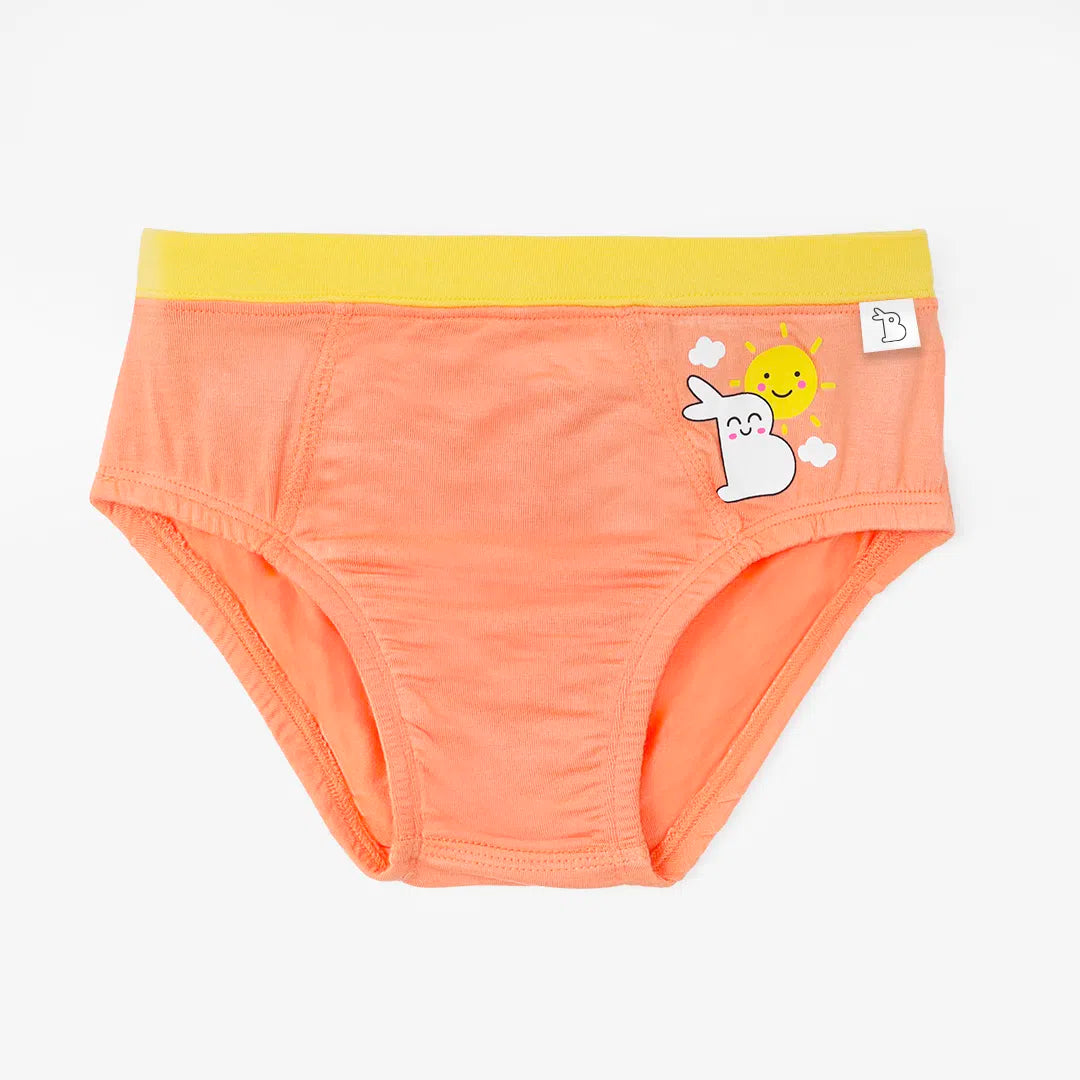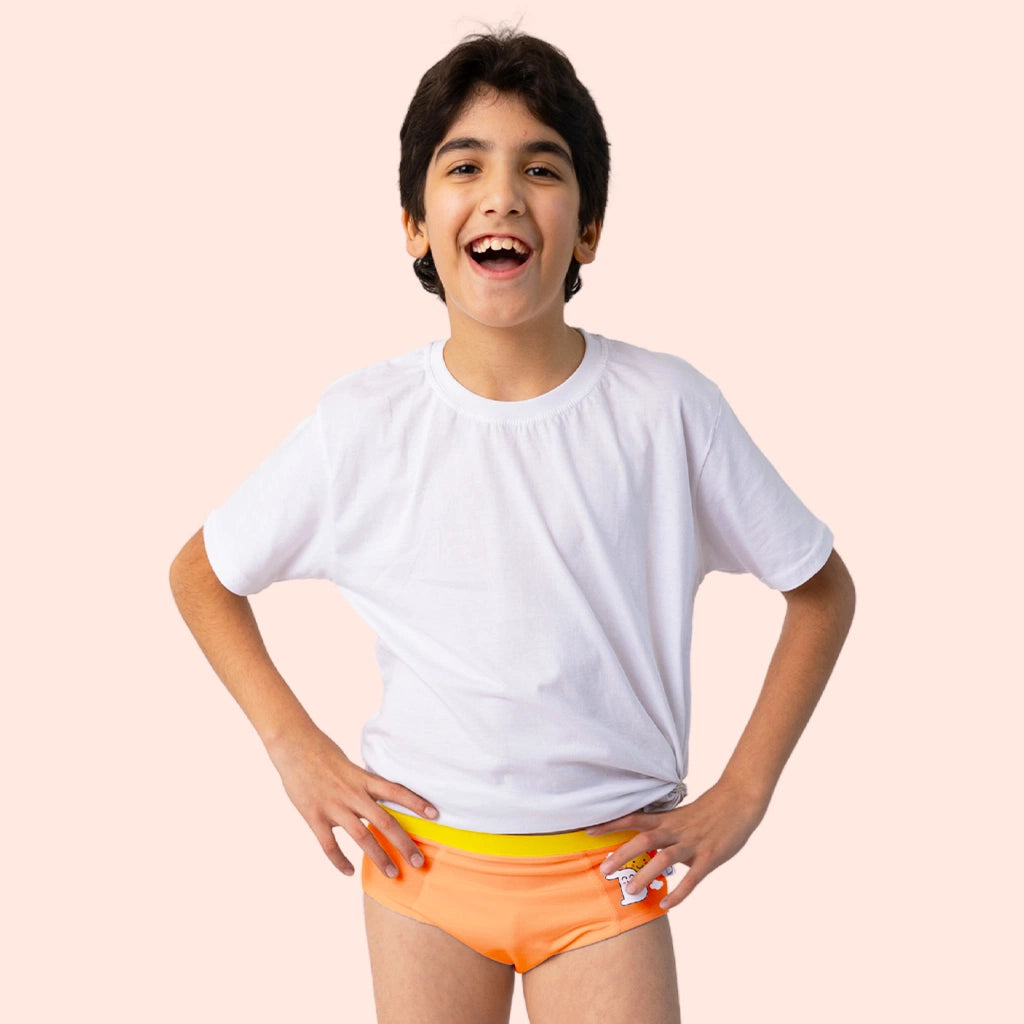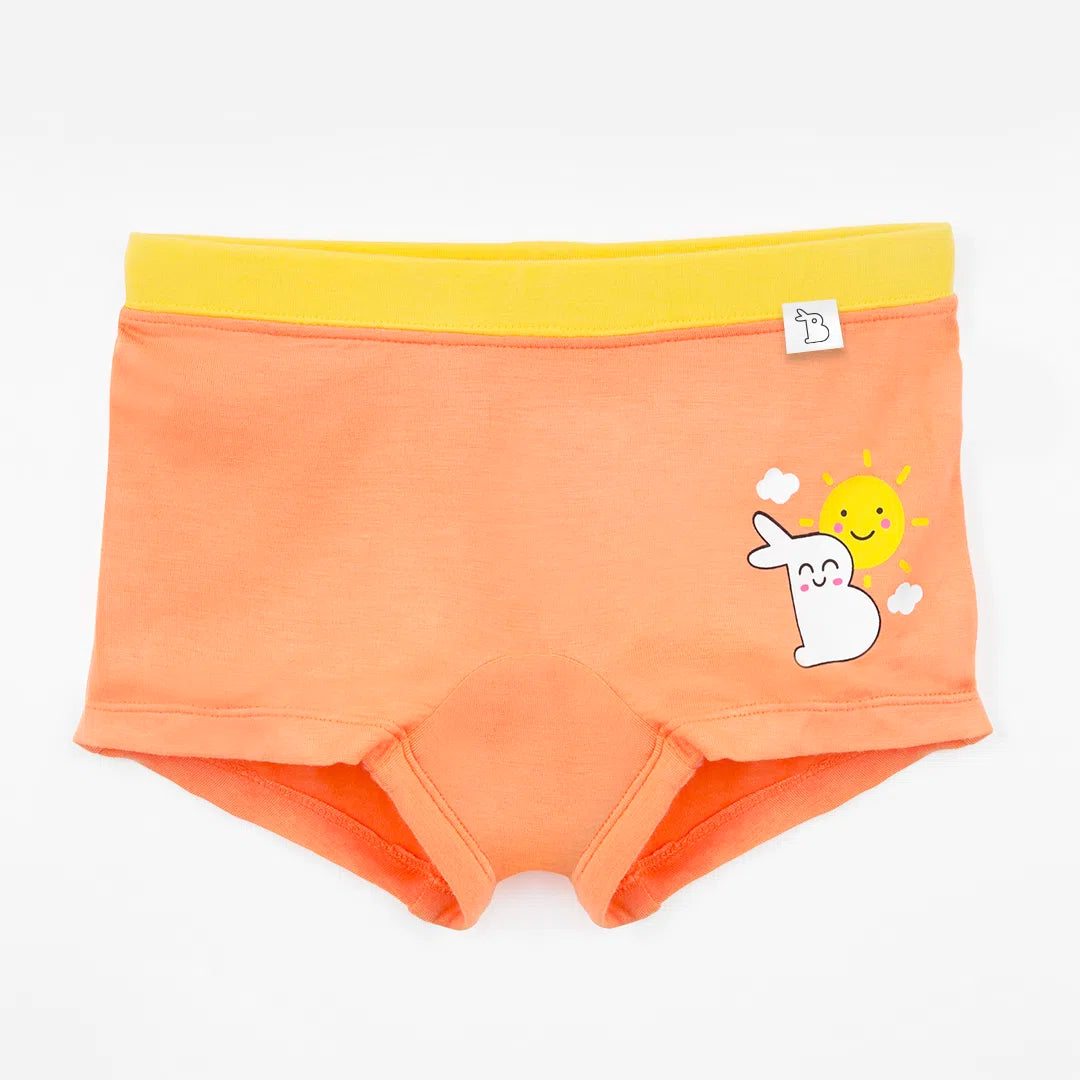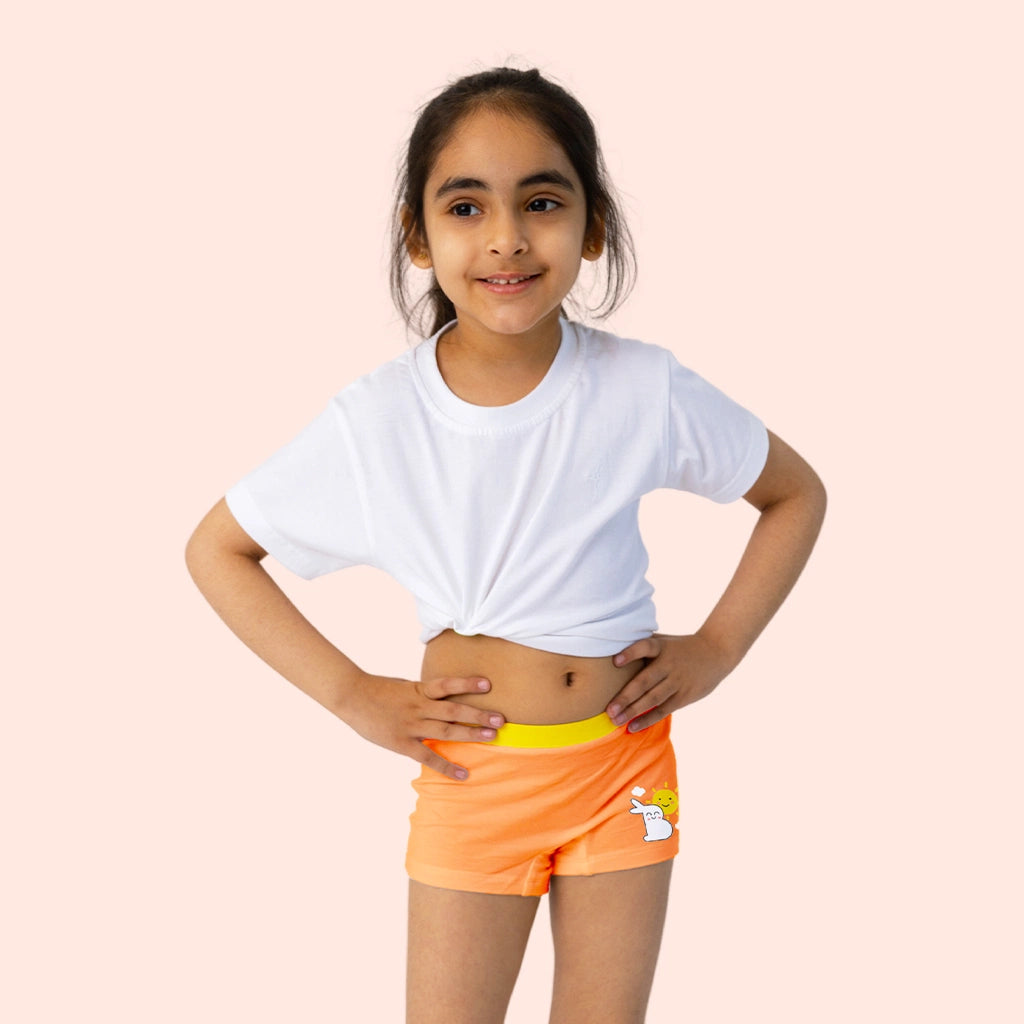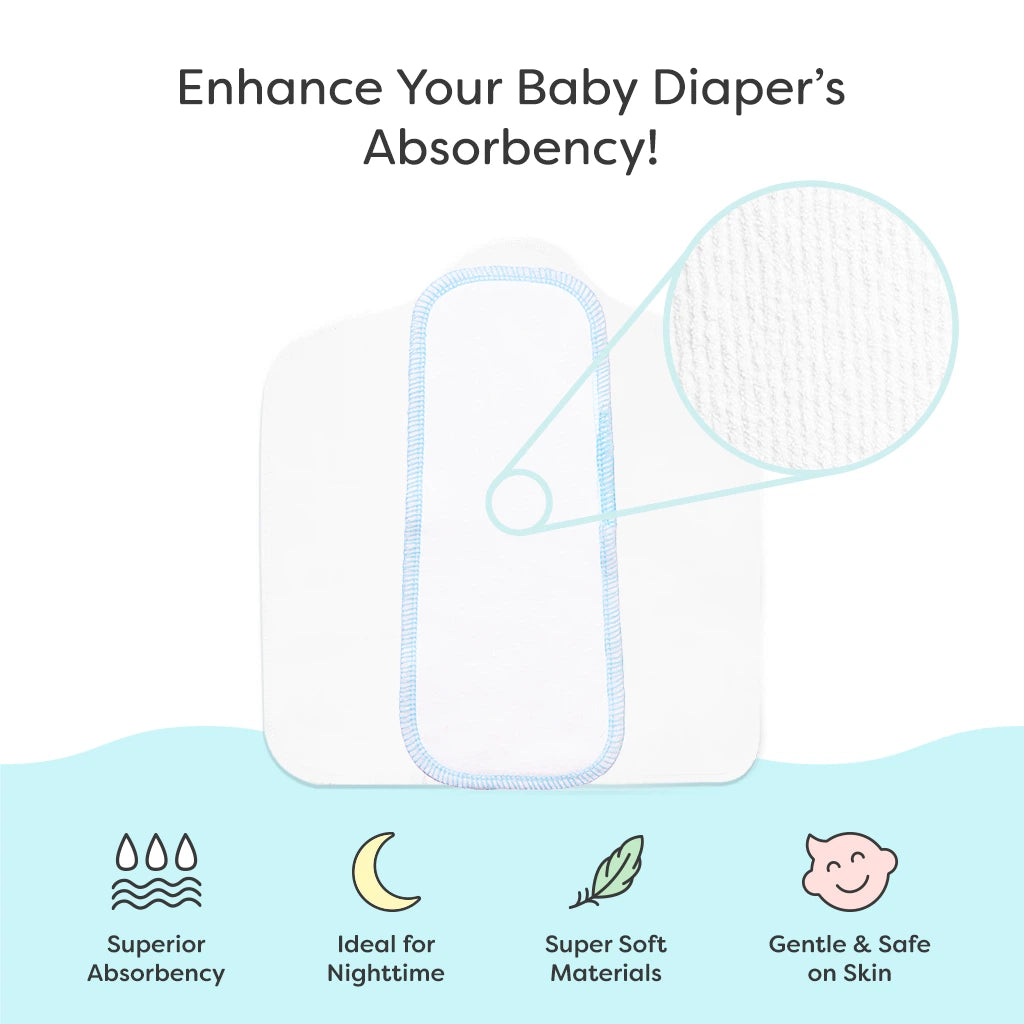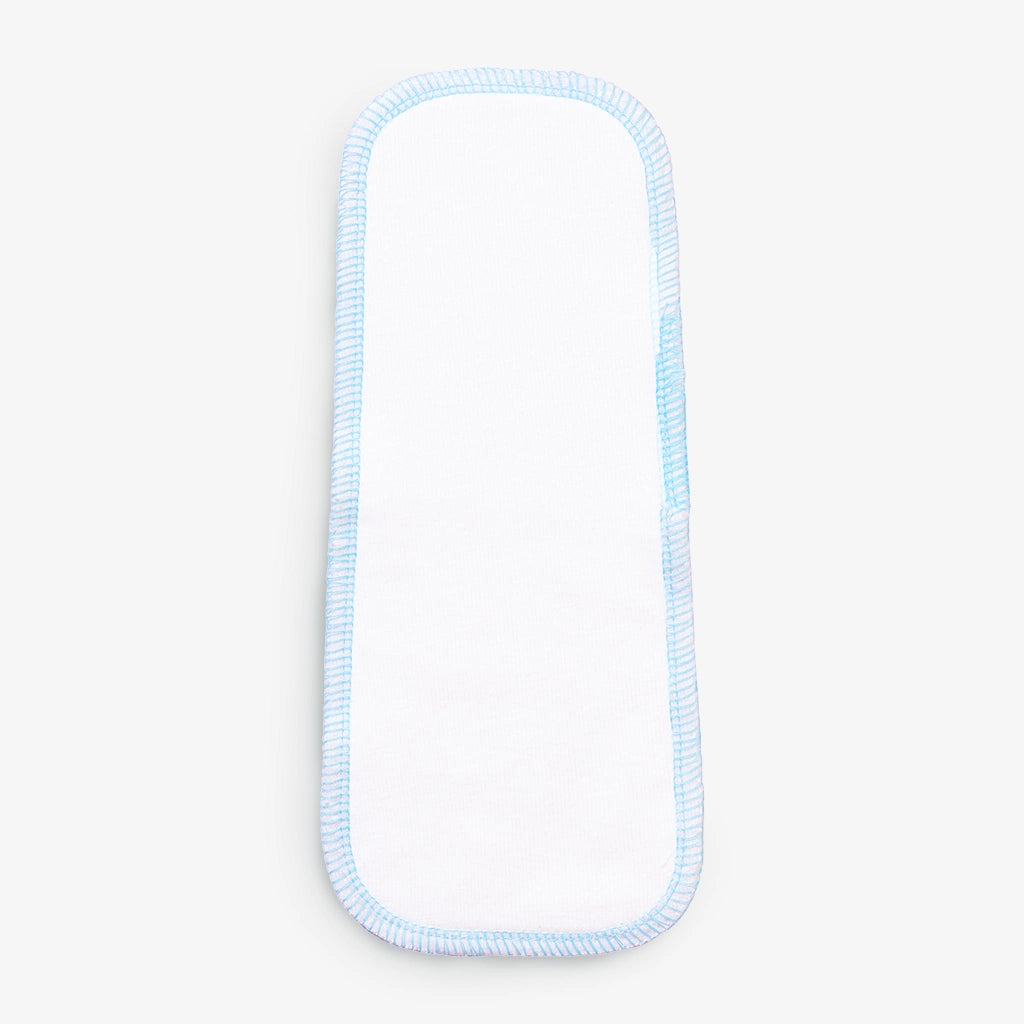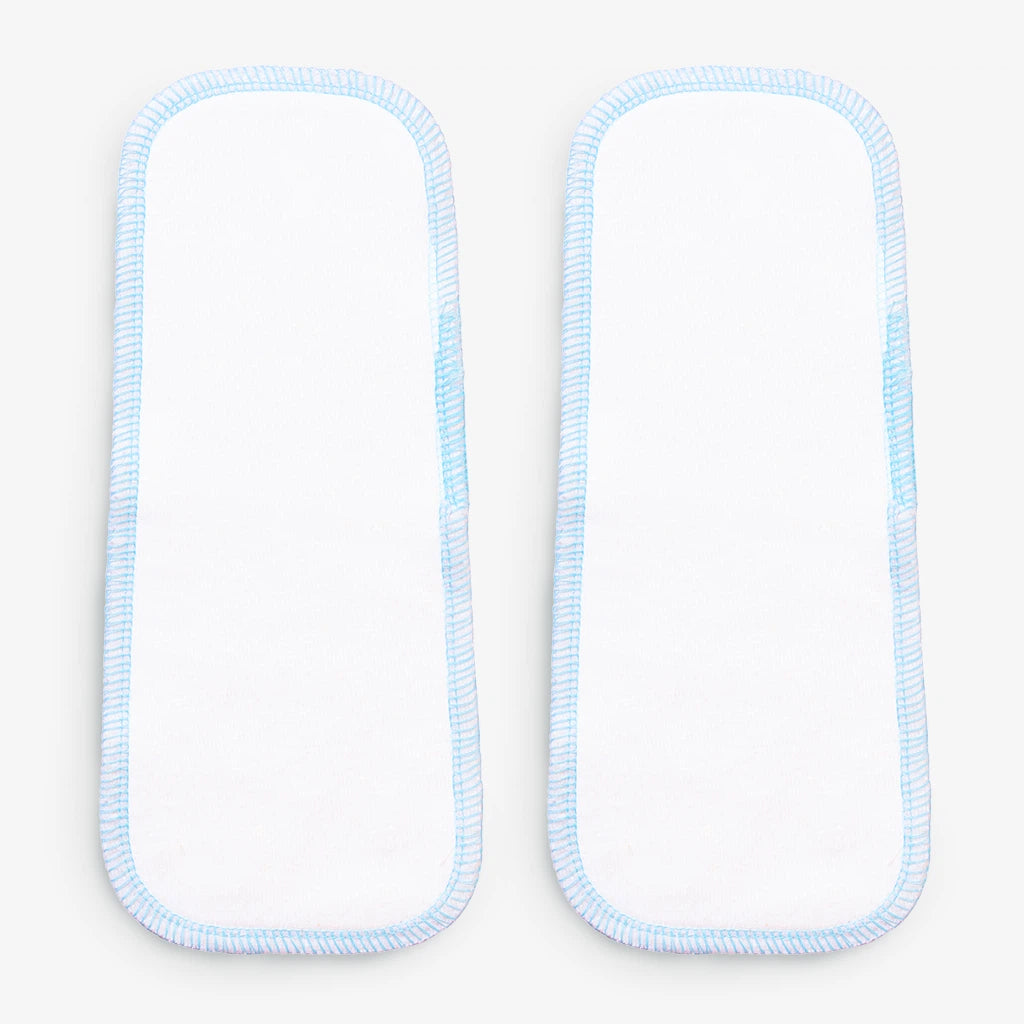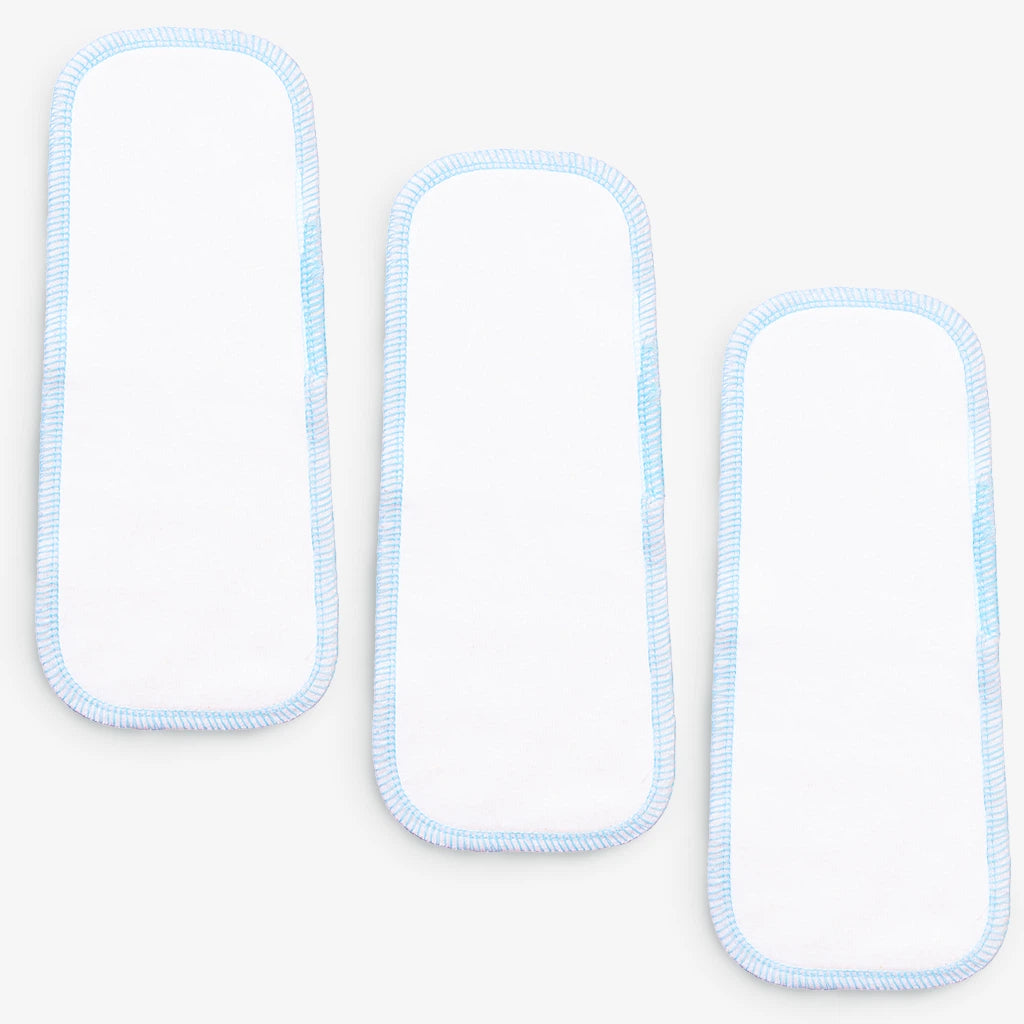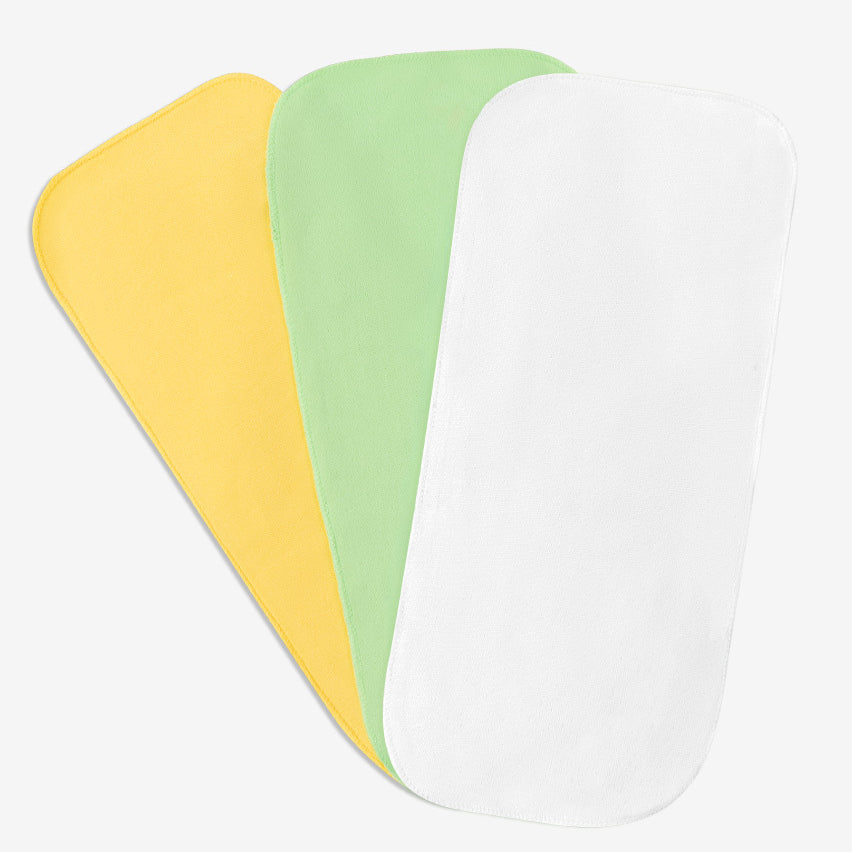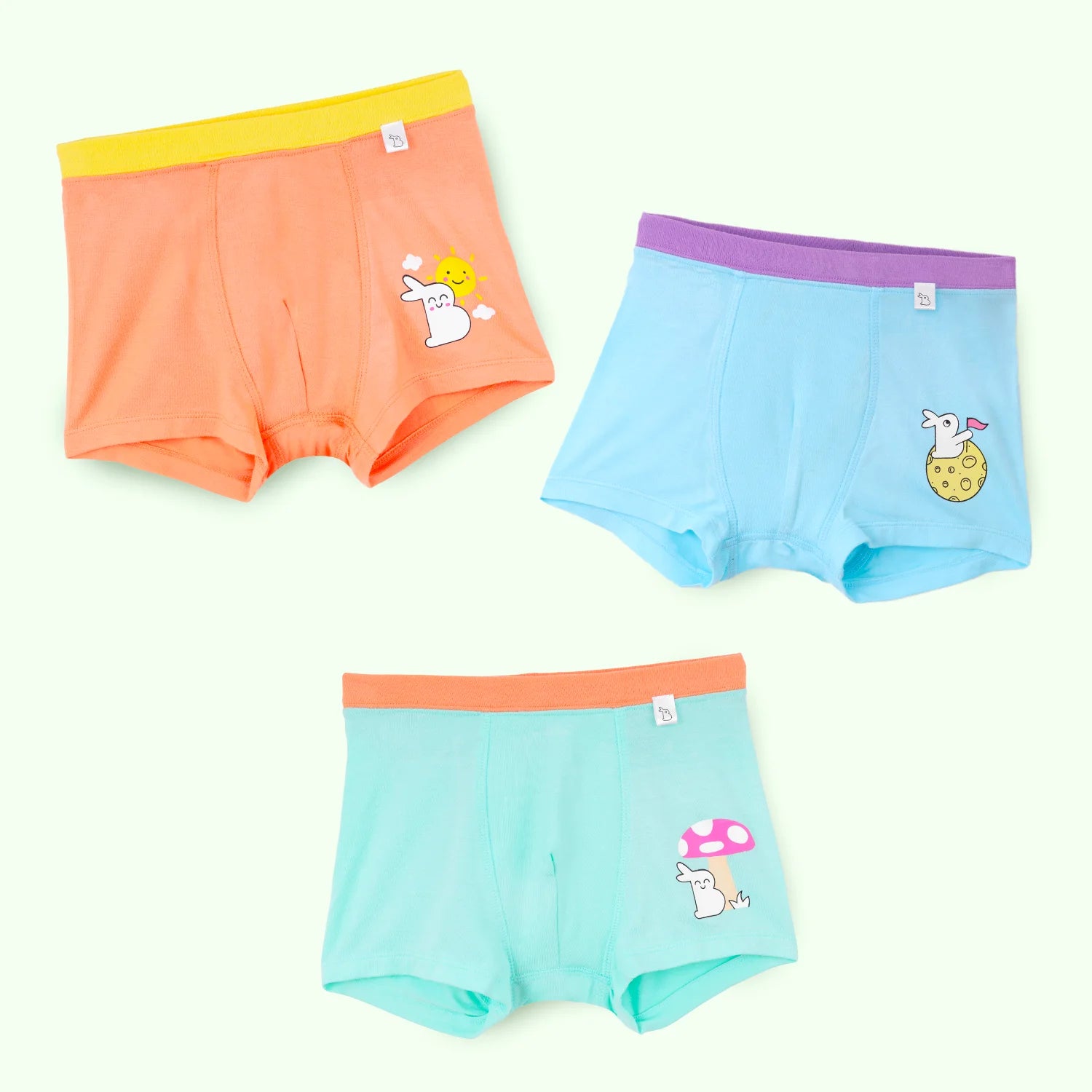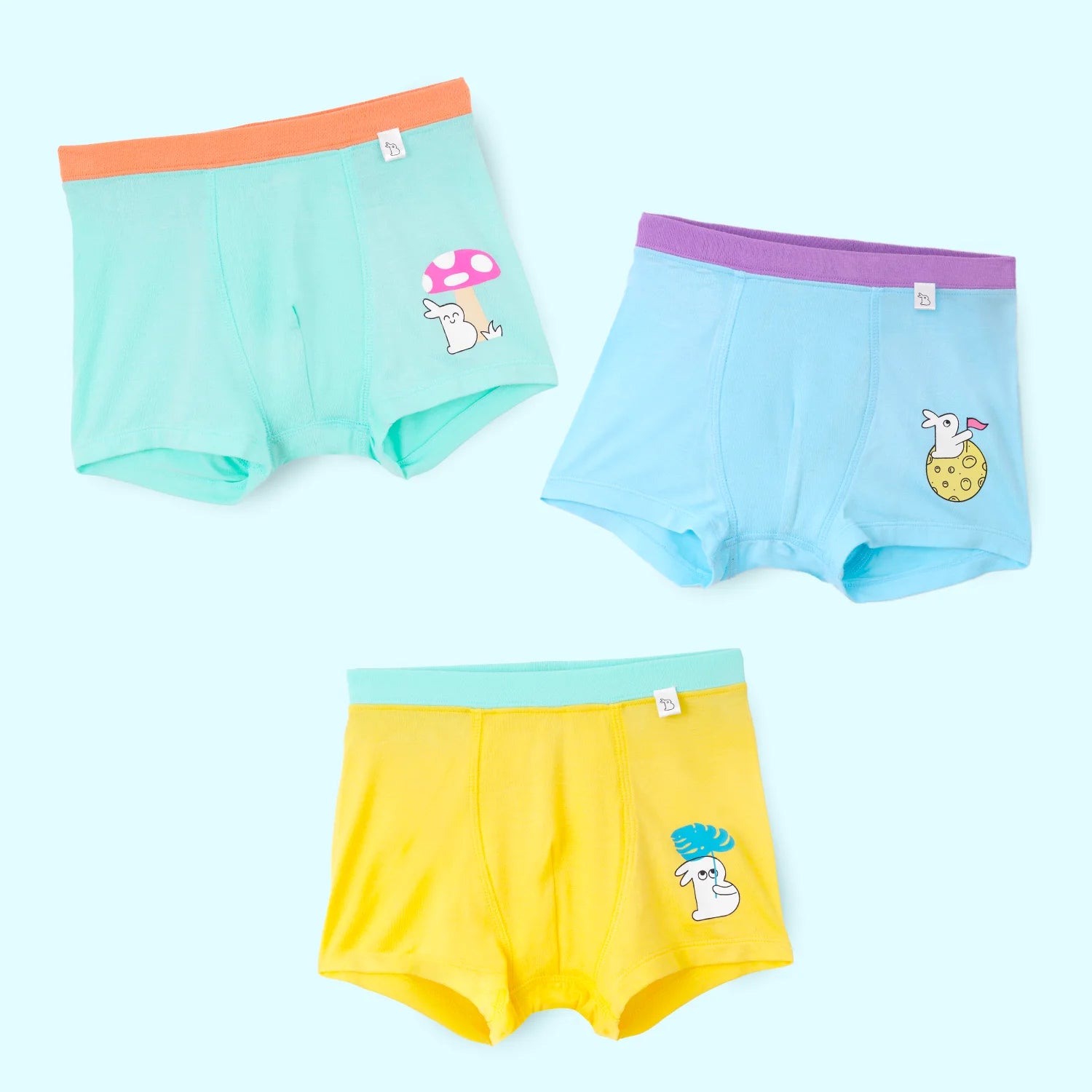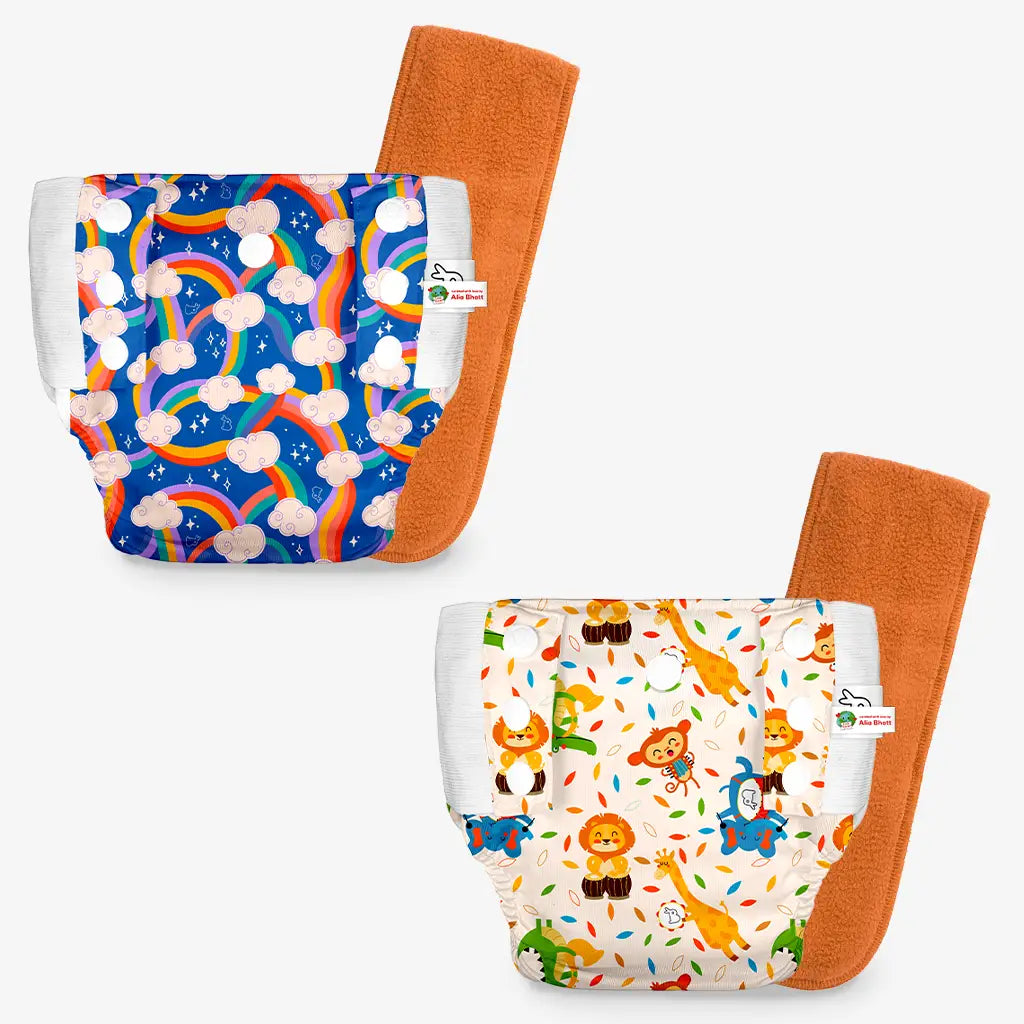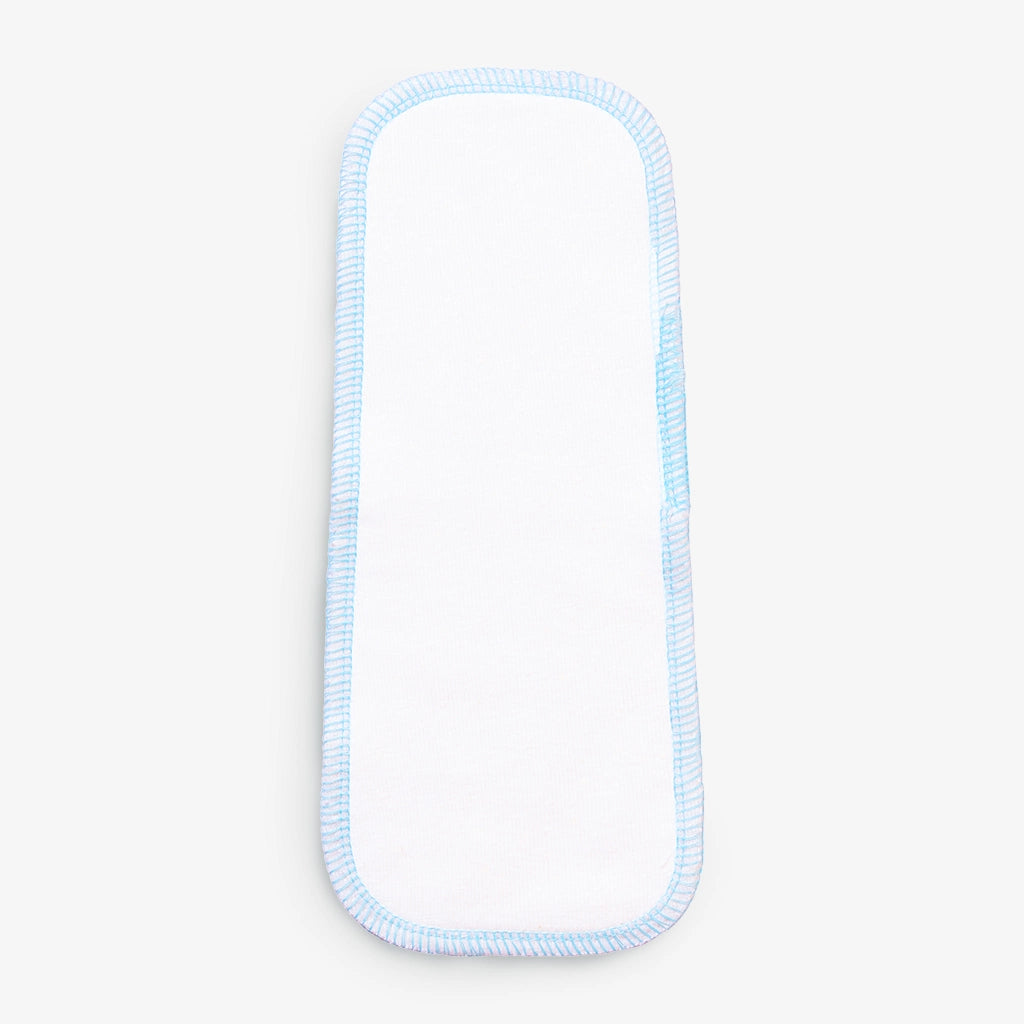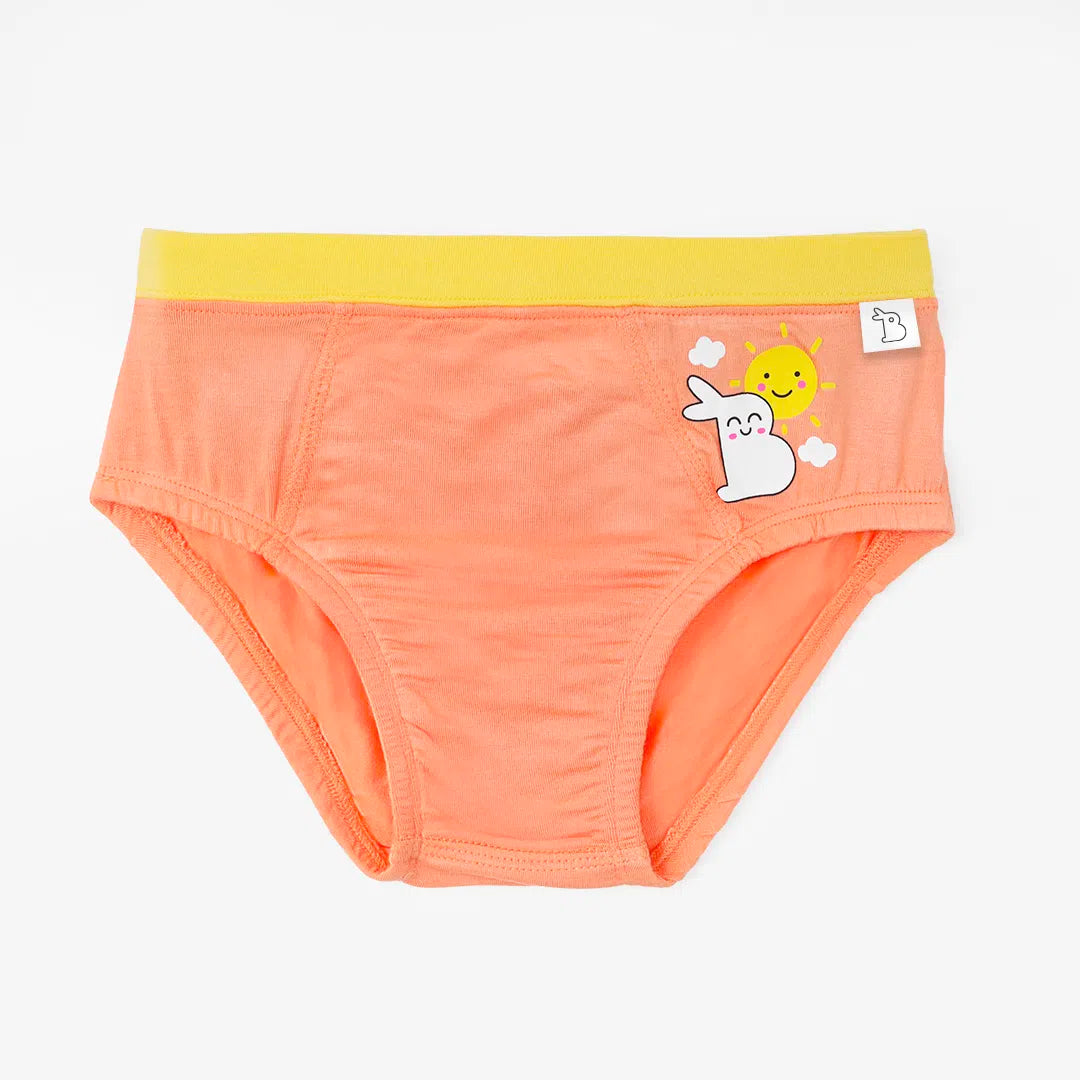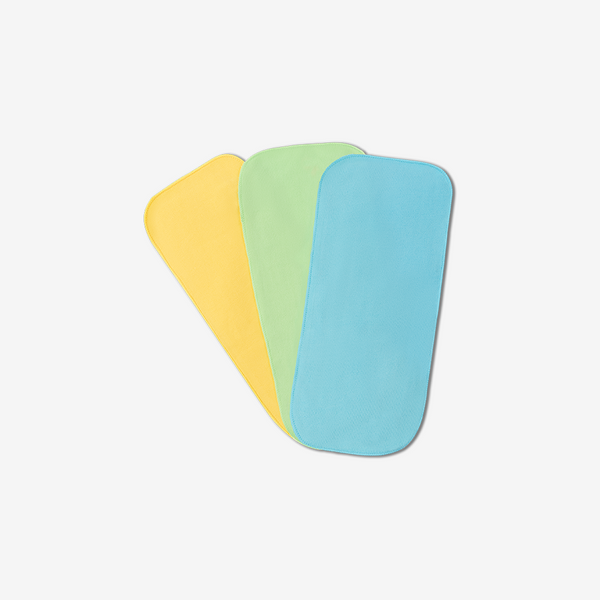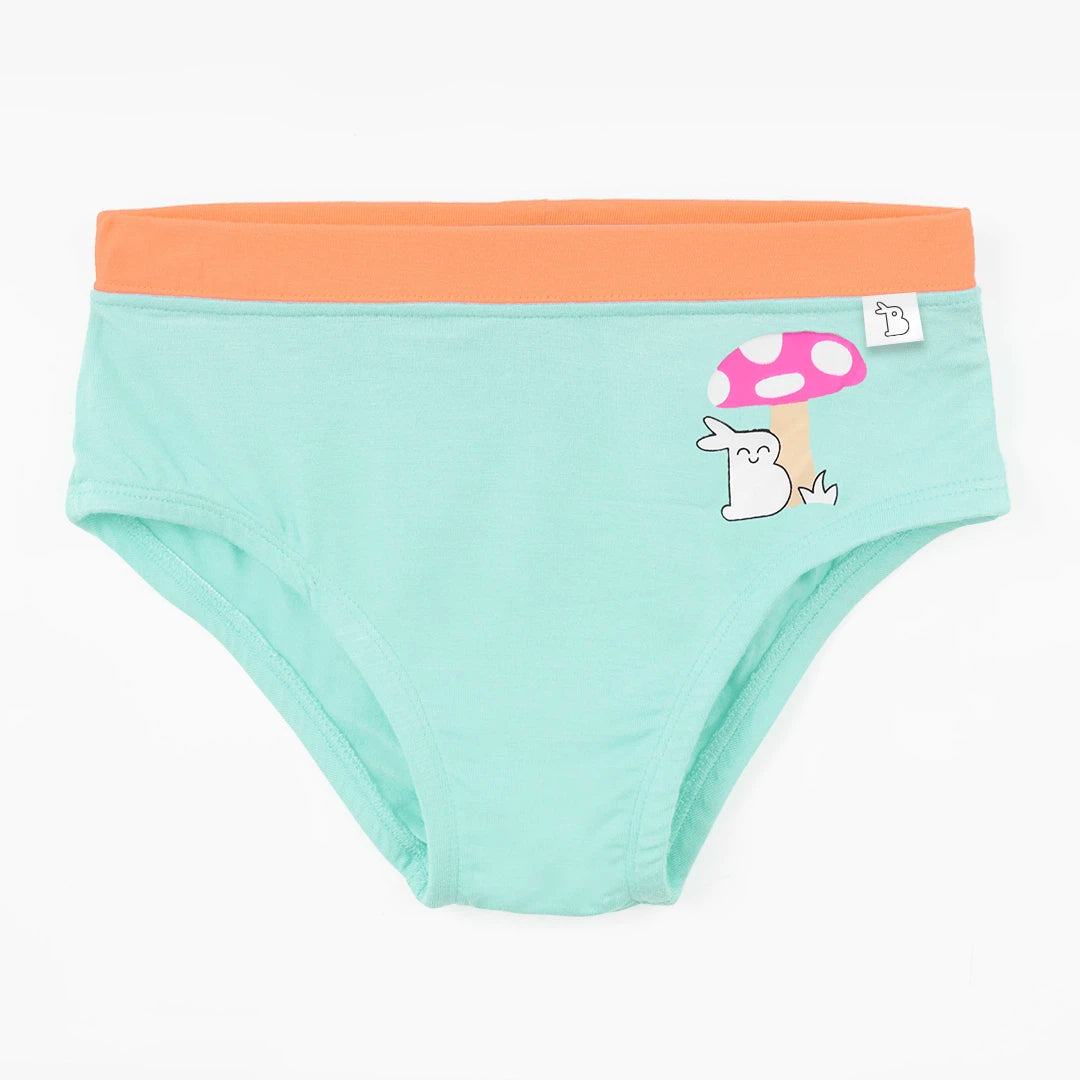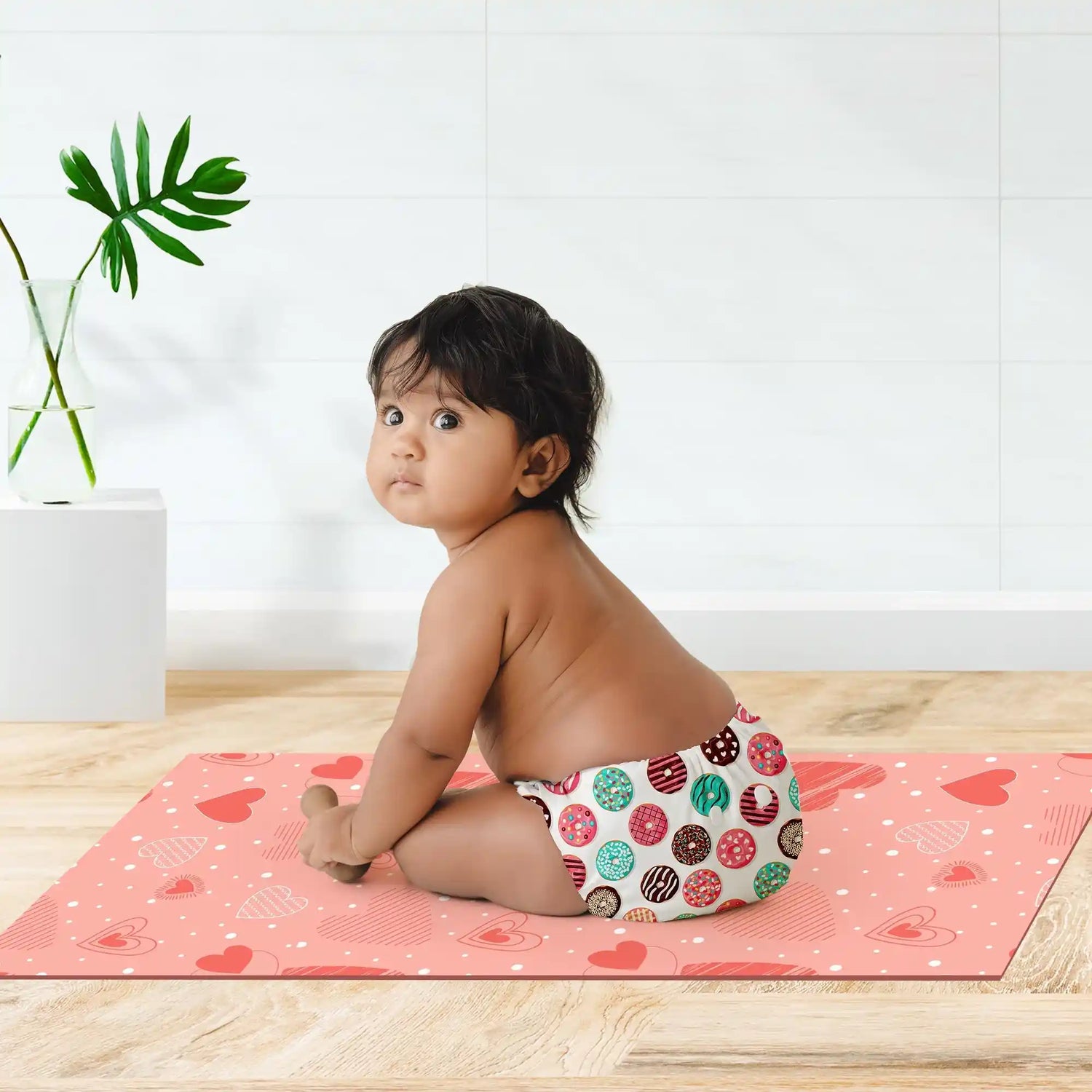Teething is one of the most common yet challenging milestones for babies and parents alike. From crankiness and sleepless nights to gum pain and drooling, the teething phase can leave caregivers searching for solutions. If you’re wondering “how to soothe a teething baby” or trying to understand baby teething symptoms, you’re not alone. This article covers signs your baby is teething, safe remedies, and practical teething baby tips so you can handle this stage with confidence.
- When Do Babies Start Teething?
- What Are the First Baby Teething Symptoms?
- How to Know When Baby Is Teething?
- What Teething Problems in Babies Should Parents Watch For?
- How to Soothe a Teething Baby During the Day?
- How to Soothe a Teething Baby at Night?
- What Are the Best Baby Teething Remedies?
- Are There Safe Home Remedies for Teething Babies?
- Expert Teething Baby Tips for Parents
- Key Takeaways
- FAQs
-
Message from SuperBottoms
When Do Babies Start Teething?
Most babies start teething between 4 and 7 months of age, though some may begin earlier or later. The lower central incisors (the two bottom front teeth) are usually the first to appear, followed by the upper front teeth.
- On average, by the time a baby turns one, they may have 6 to 8 teeth.
- However, every baby is different. For some, teething might start as early as 3 months, while for others it may be delayed until after their first birthday.
The timing doesn’t define your baby’s development—it’s a natural process that varies.
What Are the First Baby Teething Symptoms?
Recognising baby teething symptoms early can help you prepare for them. Common signs baby is teething include:
- Excessive drooling
- Chewing on fingers, toys, or anything within reach
- Irritability and crankiness
- Swollen or tender gums
- Disturbed sleep patterns
- Reduced appetite
-
Mild fever or loose stools (though not always directly caused by teething)
If you notice these signs your baby is teething, you can start using gentle baby teething remedies to ease discomfort.
How to Know When Baby Is Teething?
Parents often ask, “How do I know when my baby is teething?” Here are a few quick ways:
- Feel your baby’s gums gently with a clean finger—if you notice a hard ridge, a tooth may be emerging.
- Watch for sudden clinginess or fussiness without other illness symptoms.
- Notice changes in chewing habits—babies often bite down harder when teething.
If symptoms persist beyond two weeks without visible teeth, consult a paediatrician to rule out other concerns.
What Teething Problems in Babies Should Parents Watch For?
While teething is natural, some teething problems in babies may need extra attention:
- Persistent fever above 100.4°F (38°C)
- Severe diarrhoea or rashes unrelated to teething
- Refusal to feed for prolonged periods
- Signs of ear pulling or infection
If any of these occur, consult your paediatrician.
How to Soothe a Teething Baby During the Day?
Soothing a teething baby requires patience and consistency. Here are some effective teething baby tips:
- Offer a chilled teething ring (not frozen, as extreme cold may hurt gums).
- Massage gums gently with a clean finger.
- Use soft, silicone-based teething toys to provide comfort.
- Keep bibs handy to wipe drool and prevent rashes.
These methods not only soothe teething babies but also keep them engaged and distracted.
How to Soothe a Teething Baby at Night?
One of the toughest challenges for parents is how to soothe a teething baby at night. Sleep disruptions are common, but you can try:
- Give a warm bath before bedtime to relax your baby.
- Gently massaging gums before sleep.
- Offering a soft cloth dipped in cool water for your baby to chew.
-
Creating a calm sleep environment with dim lights and white noise.
If pain seems severe, consult your paediatrician before using pain-relief gels or medications.
What Are the Best Baby Teething Remedies?
There are several baby teething remedies that can bring relief:
- Cold compresses or washcloths – Safe and soothing.
- Teething rings – Made of BPA-free silicone or natural rubber.
-
Breastfeeding or bottle-feeding – Suckling can comfort babies.
Avoid unsafe remedies like tying teething necklaces (choking hazard) or applying alcohol/strong gels on gums.
Are There Safe Home Remedies for Teething Babies?
Yes! Many parents prefer home remedies for teething babies that are safe and natural:
- Chilled carrot or cucumber sticks (only under supervision).
- Chamomile tea (in moderation) – Can calm irritability.
- Rubbing coconut oil on gums (consult paediatrician first).
Home remedies are simple, effective, and chemical-free, making them ideal for cautious parents who want to avoid harsh chemicals.
Expert Teething Baby Tips for Parents
Here are some teething baby tips to make this journey easier:
- Maintain oral hygiene—wipe gums with a soft cloth daily.
- Keep your baby hydrated with breast milk, formula, or water (if over 6 months).
- Use distraction—play, sing, or cuddle to divert attention from pain.
- Track new teeth with a baby milestone chart.
Note from SuperBottoms: At the teething stage, some babies may experience loose motions. This is where SuperBottoms Padded Underwear comes in handy. Designed with soft cotton layers, it provides light absorbency, keeping your baby comfortable while reducing laundry stress for parents.
Teething can be tough on both babies and parents, but with the right knowledge and remedies, you can make it a smoother phase. From understanding when babies start teething to identifying signs baby is teething and exploring safe baby teething remedies, every step helps you care for your little one better.
Remember, patience, comfort, and love go a long way in helping your baby transition through this important milestone.
|
Limited Offers Ending Sooner - BUY NOW Now or never offers live on the SuperBottoms website. Take advantage of the never-before Good Value for Money on our offer page! Stock up on the bestselling UNO diapers, accessories and other popular SuperBottoms baby and mom products now available in deals and discounts. HURRY, the Deals are Live till stocks last! |
Key Takeaways
- Recognise early symptoms like drooling, crankiness, and gum swelling to identify teething.
- Safe remedies and home remedies like chilled teething rings, gum massages, and cool washcloths work best.
-
Nighttime soothing with massages, warm baths, and comfort strategies ensures better sleep for babies and parents.
Frequently Asked Questions (FAQs)
1. When do babies usually start teething?
Most babies start teething between 4 and 7 months, but the timing can vary for each child.
2. How to soothe a teething baby naturally?
Chilled washcloths, gum massages, and safe teething toys are the best natural remedies.
3. Are loose motions normal during teething?
Mild loose stools can occur, but if they are severe or persistent, consult a doctor.
4. How to soothe a teething baby at night?
Try gum massages, warm baths, or a calm sleep environment to comfort your baby.
5. What home remedies for teething babies are safe?
Chilled veggies, chamomile tea, and coconut oil massages (with doctor’s advice) are safe and effective.
Message from SuperBottoms
Hi there, new parents! SuperBottoms brings you doctor-recommended cloth diapers — the best rash-free diapering solution for your baby’s sensitive and delicate skin. Unlike disposable diapers loaded with chemicals, our newborn cloth diapers, when used and washed properly, can help eliminate the risk of diaper rashes. SuperBottoms offers a wide range of safe, skin-friendly essentials for the whole family — including Reusable Cloth Diapers, Diaper Pants, DryFeel langots for diaper-free time, Padded Underwear for potty training, SuperSoft Underwear for everyday comfort, Joggers for playful days, and Period Underwear for women. Not just for everyday use, SuperBottoms products also make the best gifting choice for babies — thoughtful, eco-friendly, practical, and loved by parents. Now available on Amazon, Myntra, Flipkart, FirstCry, Zepto, Swiggy and Blinkit.



